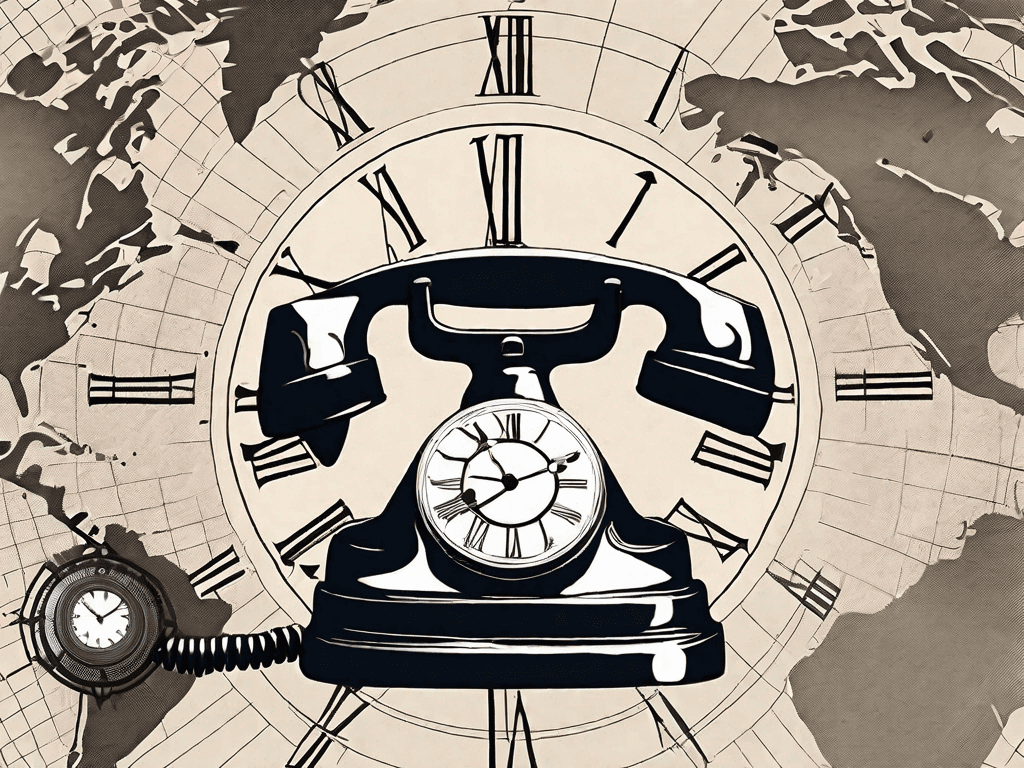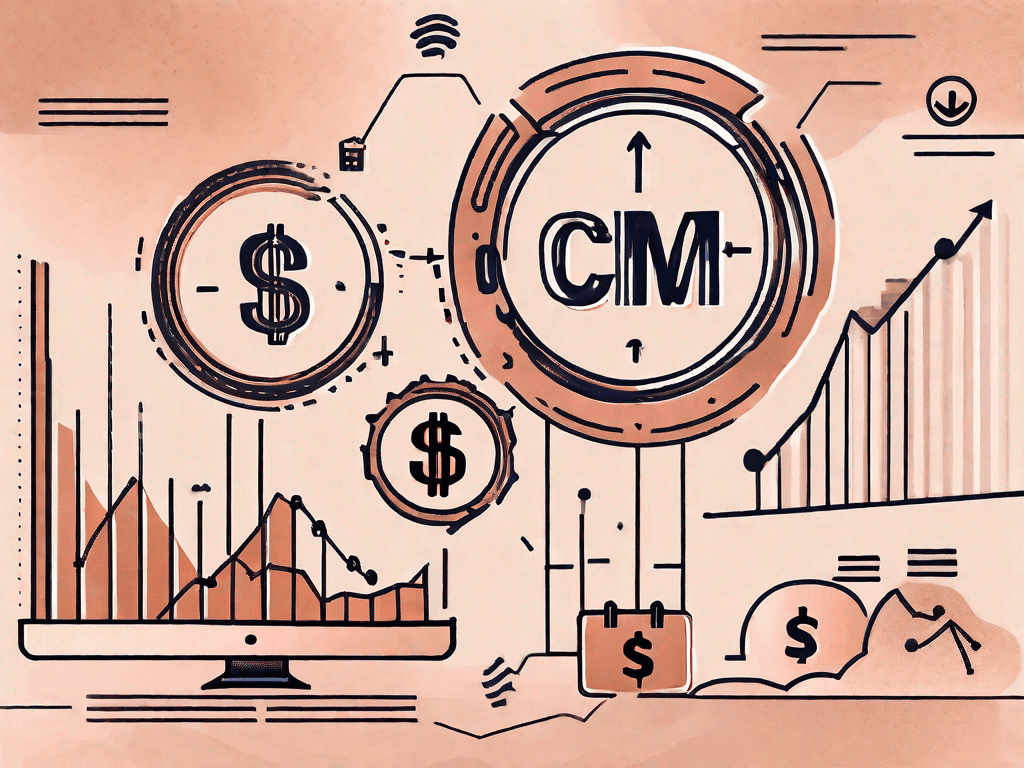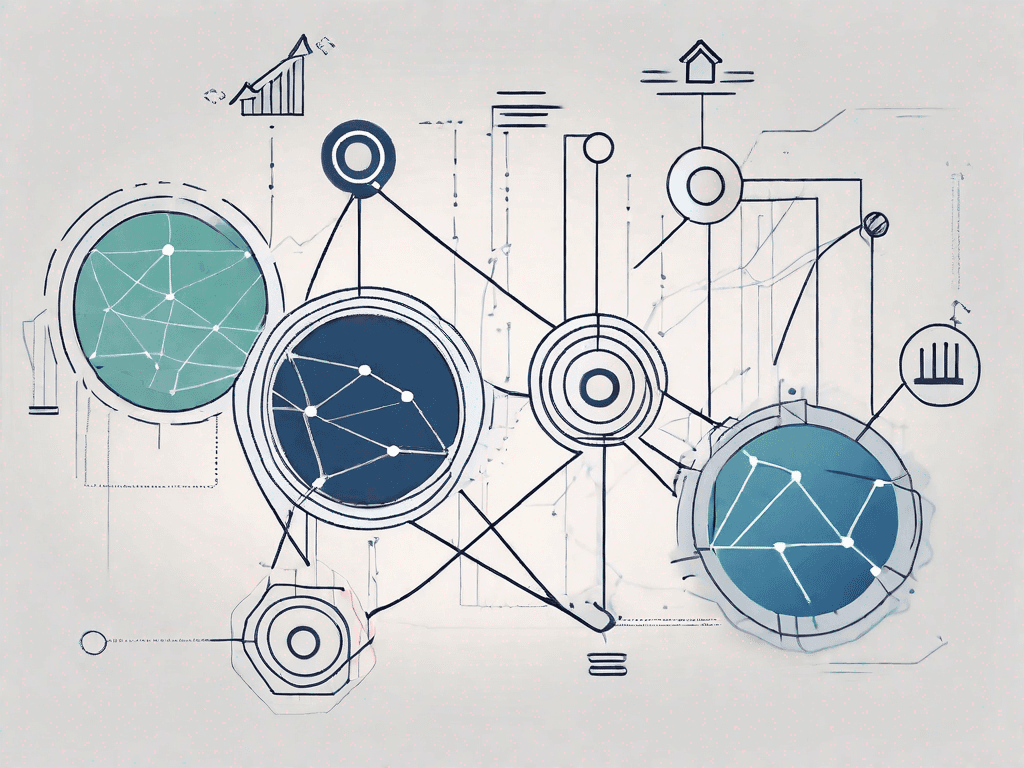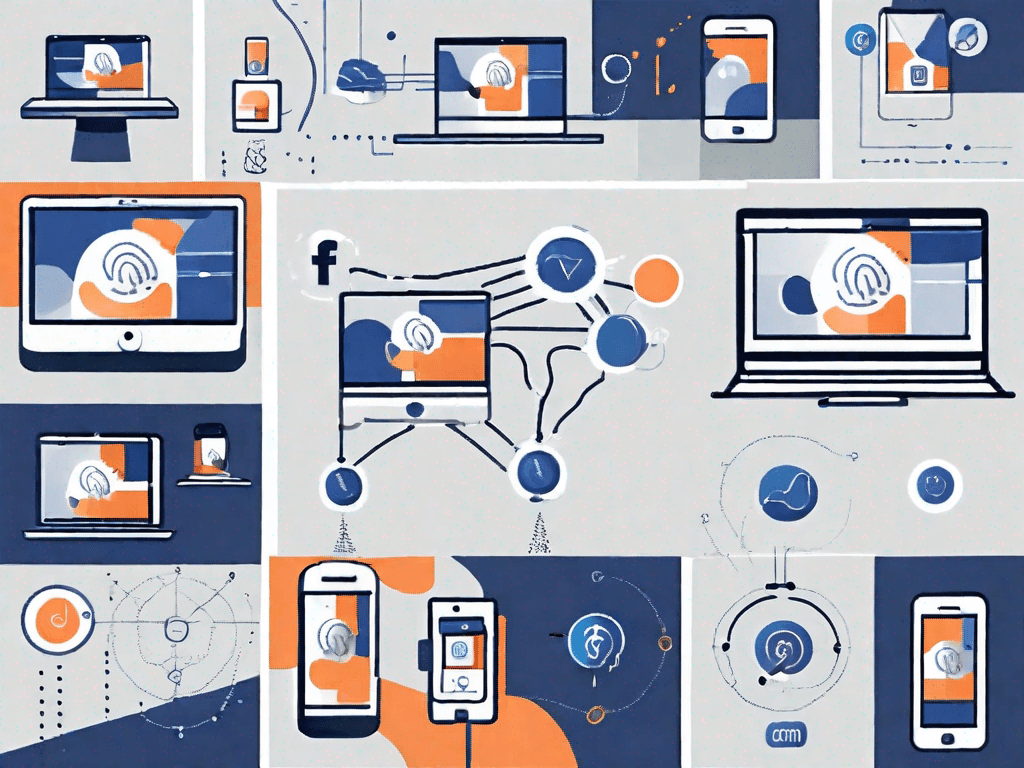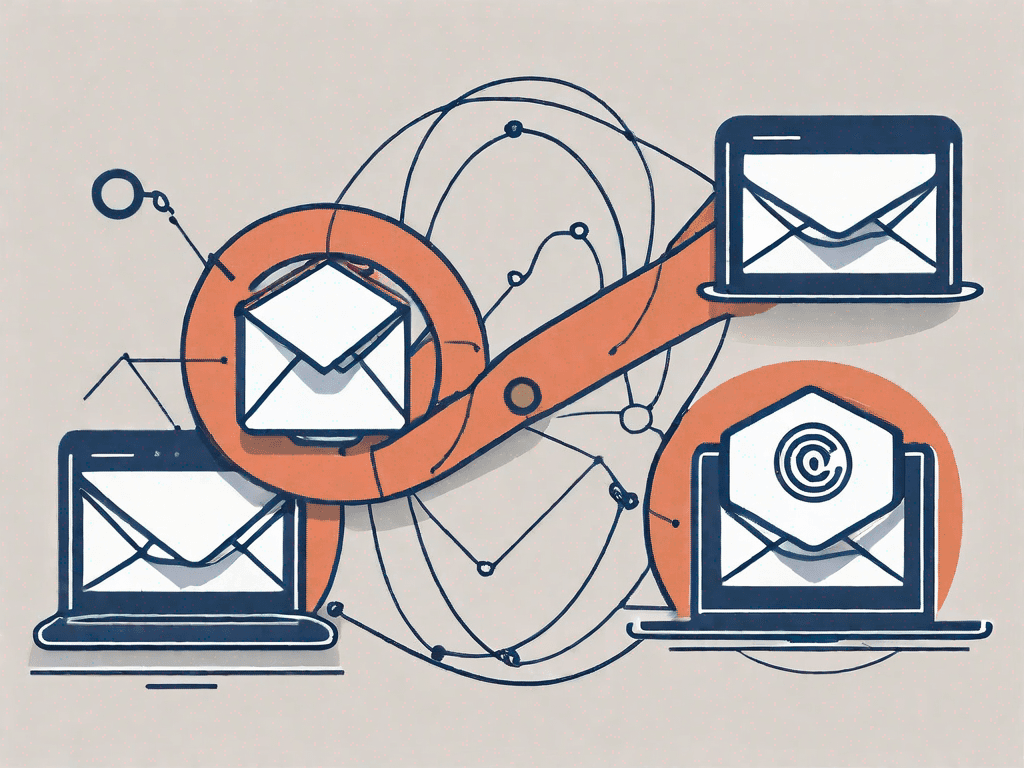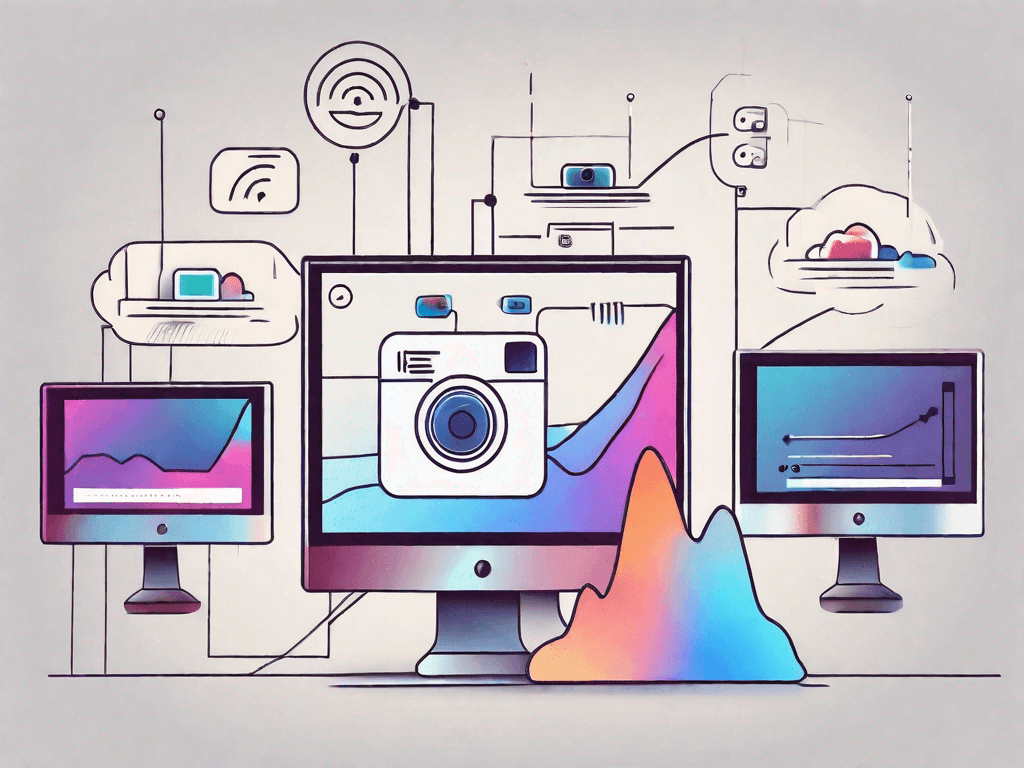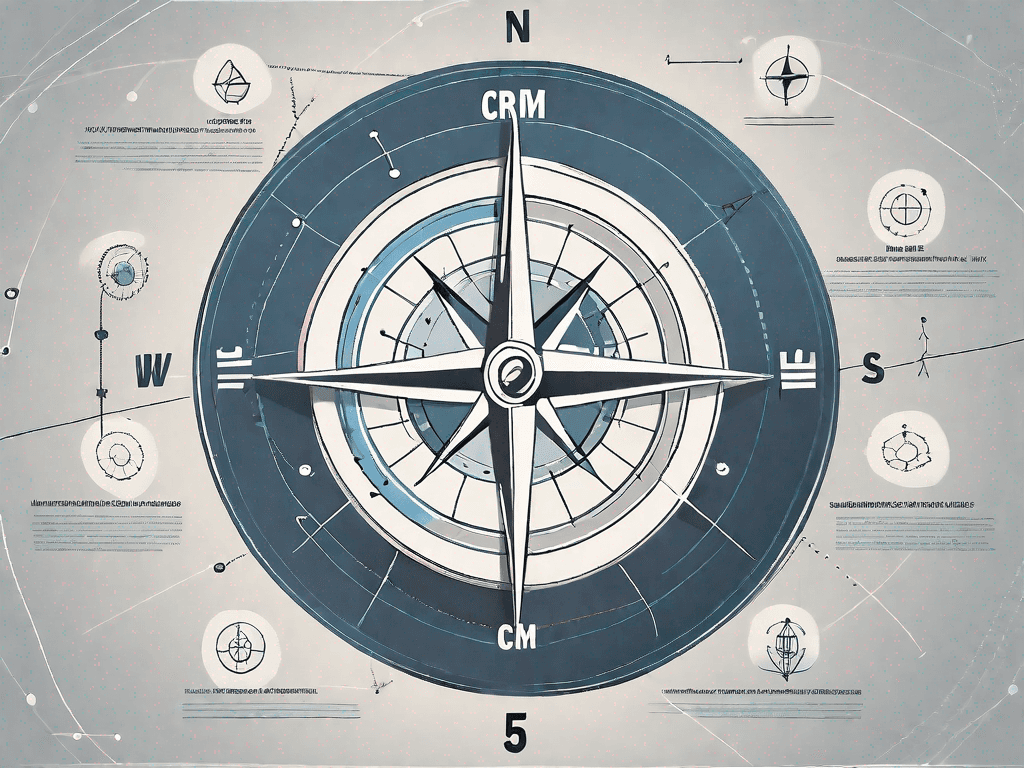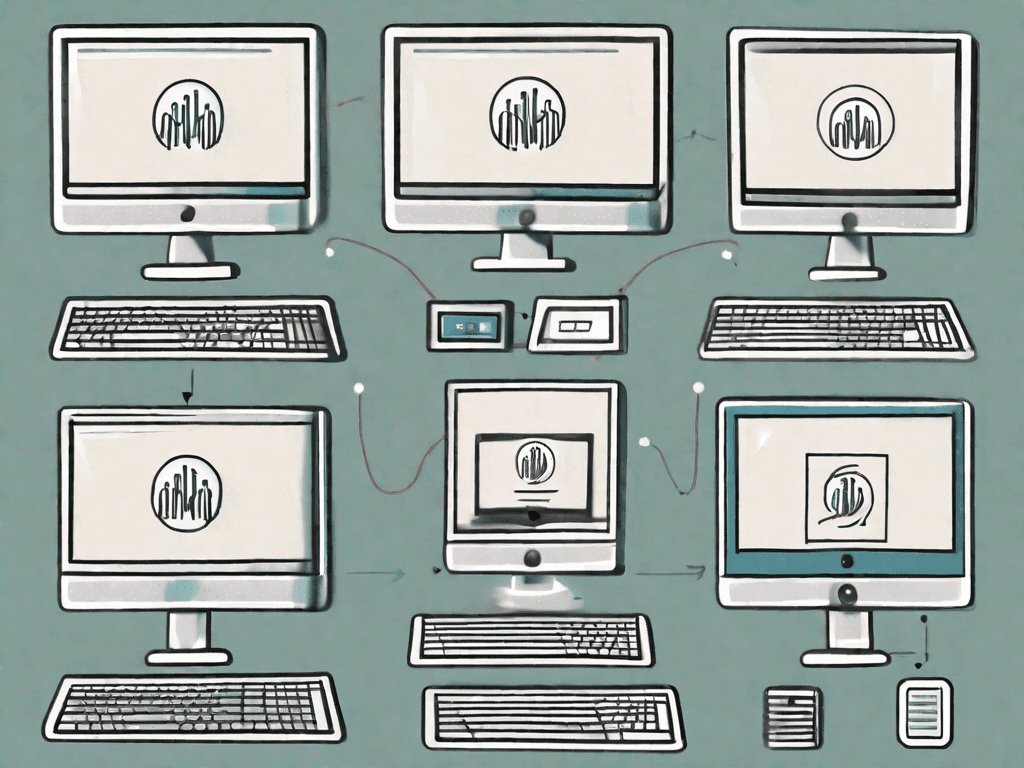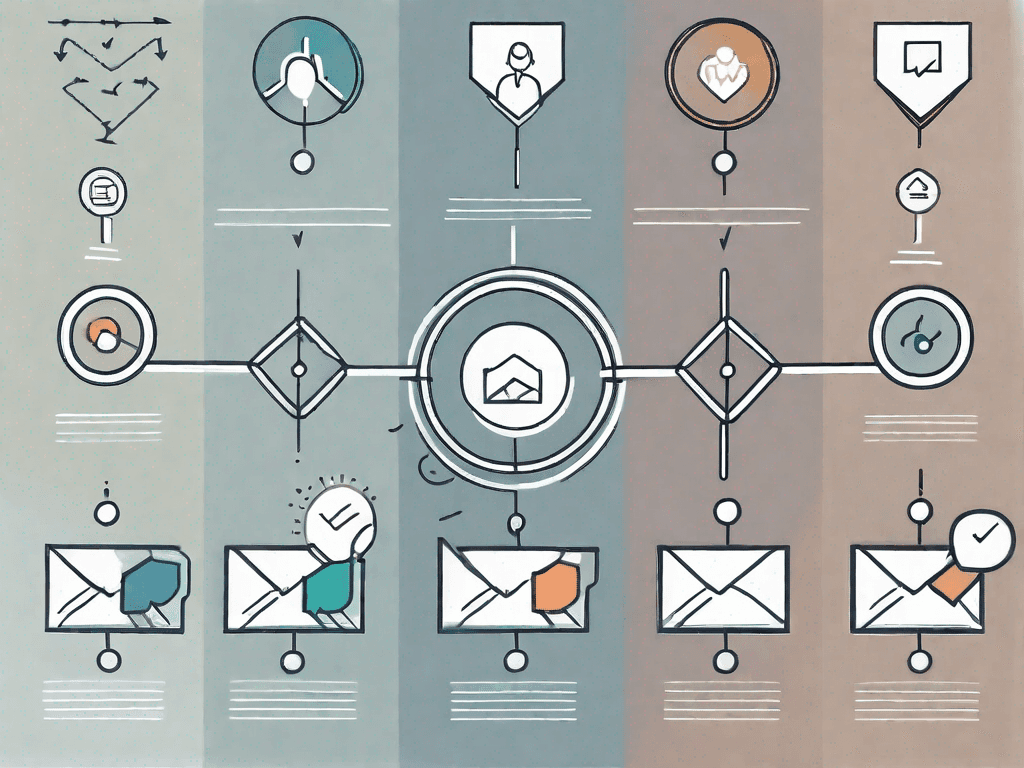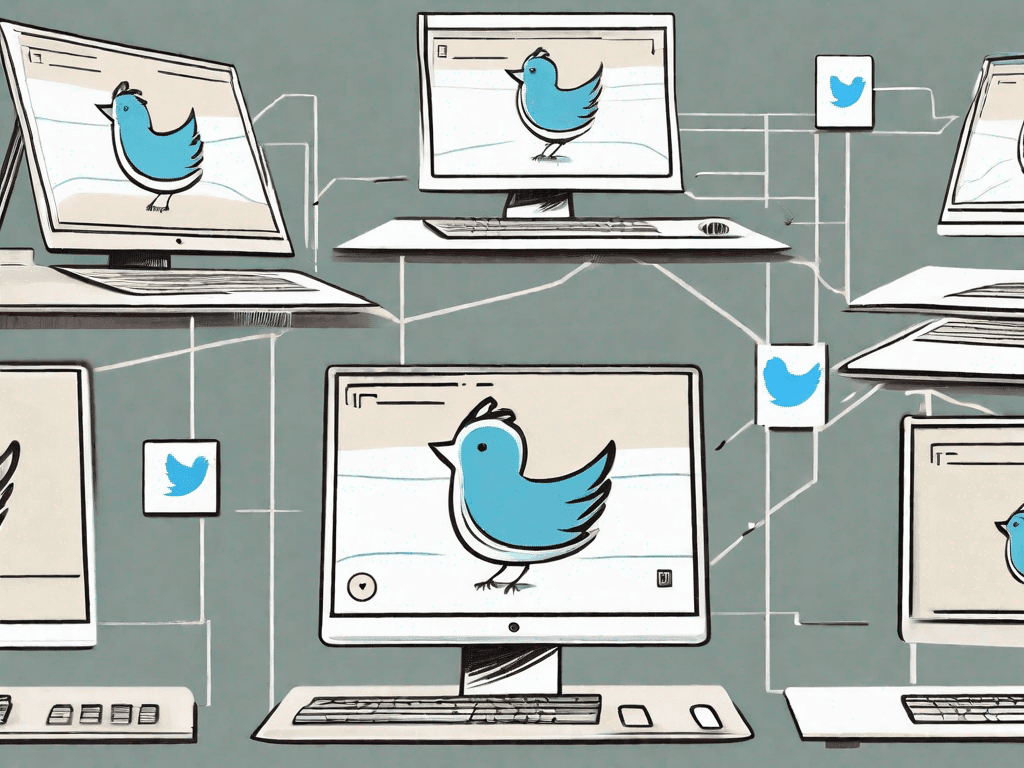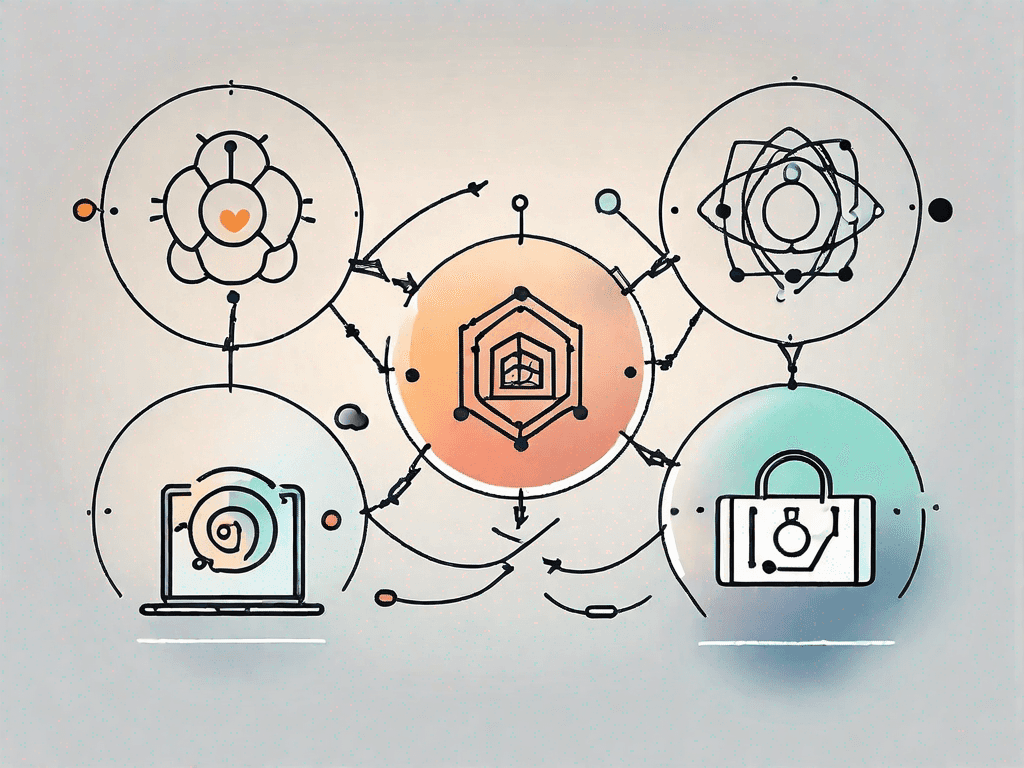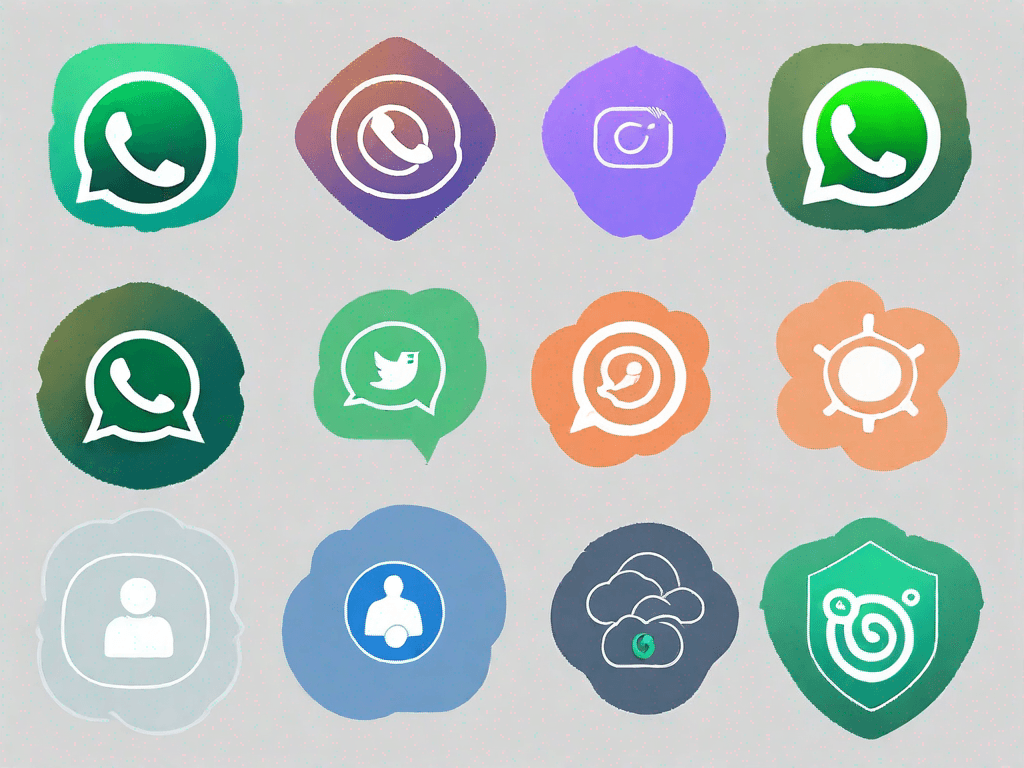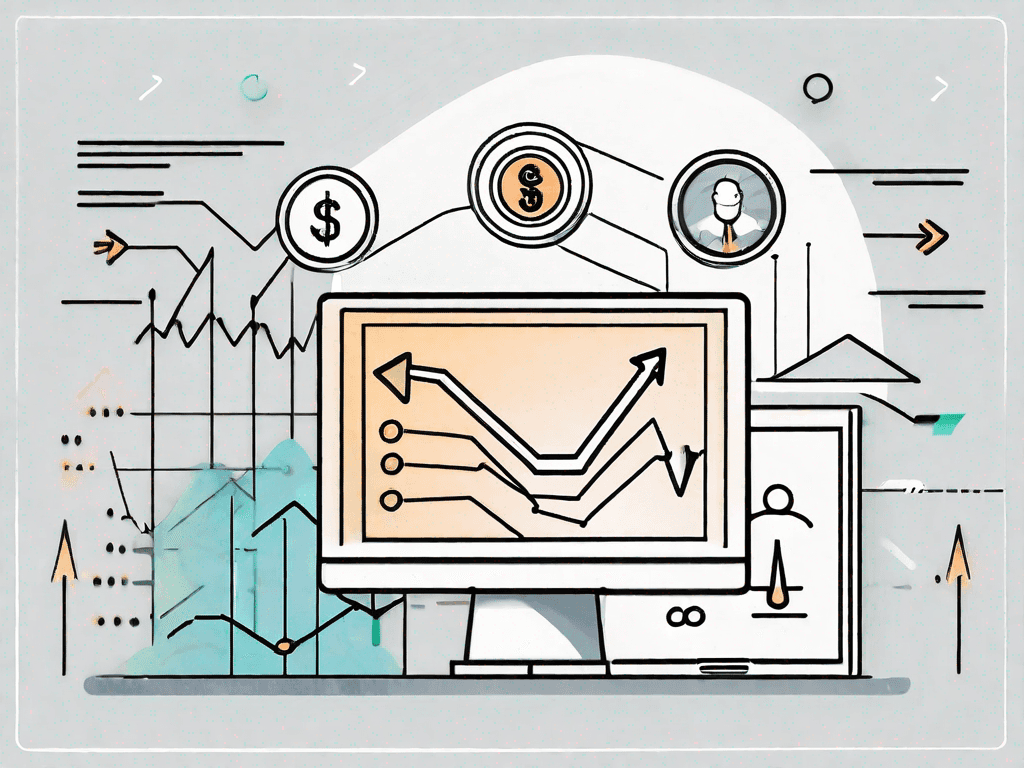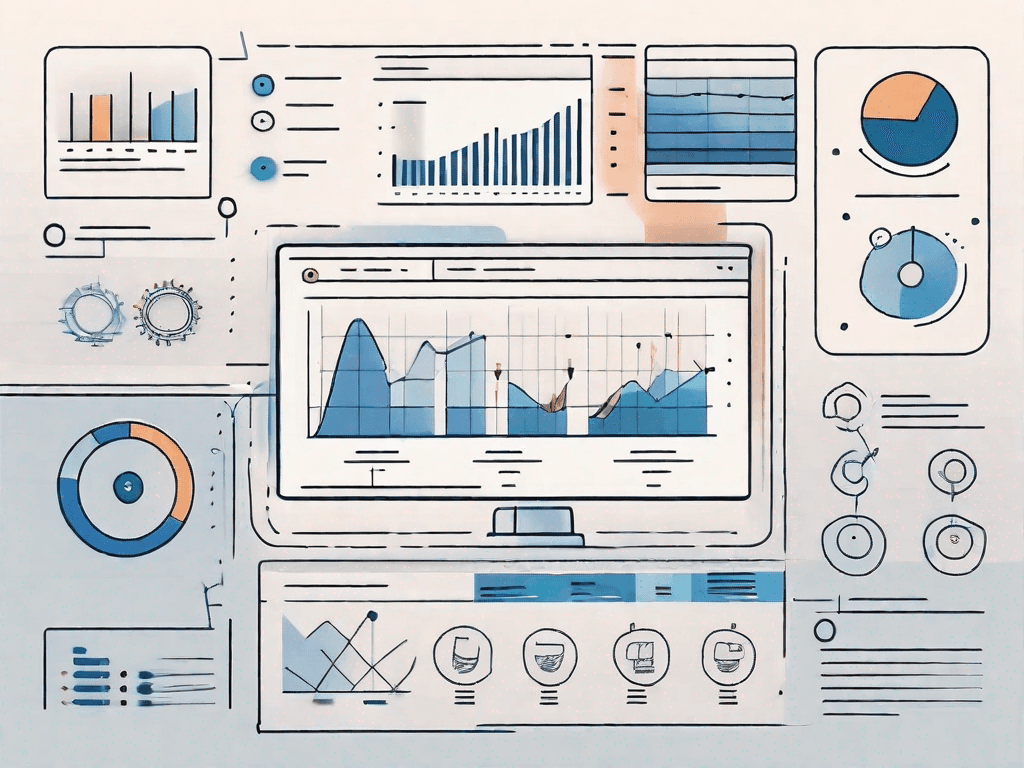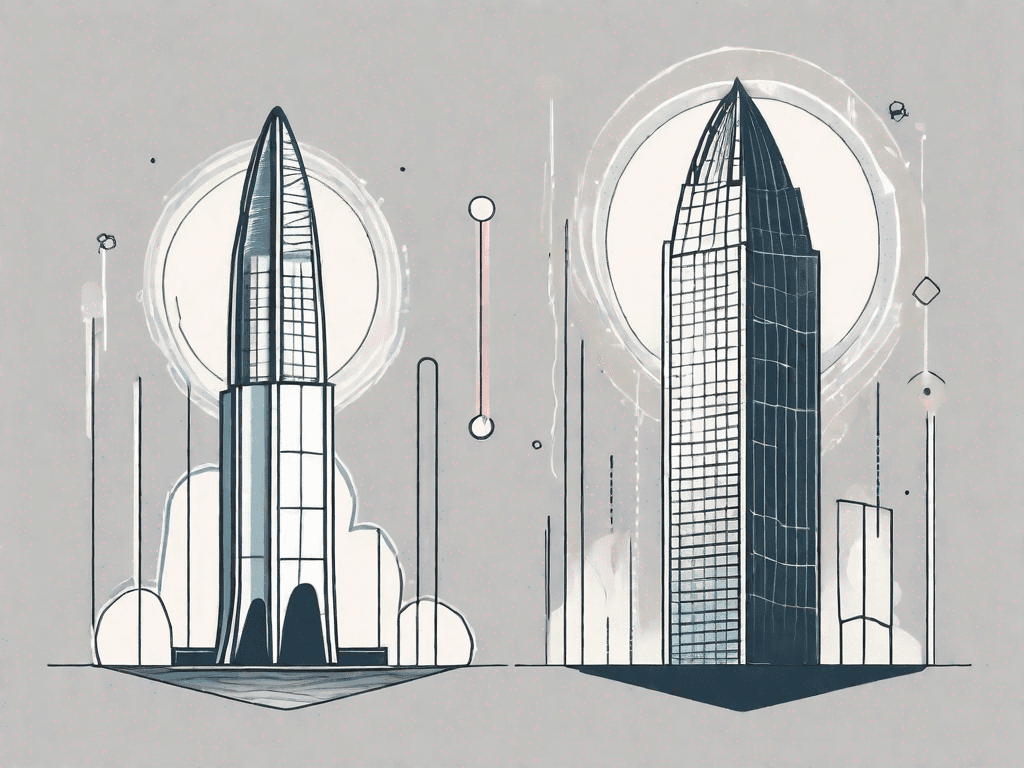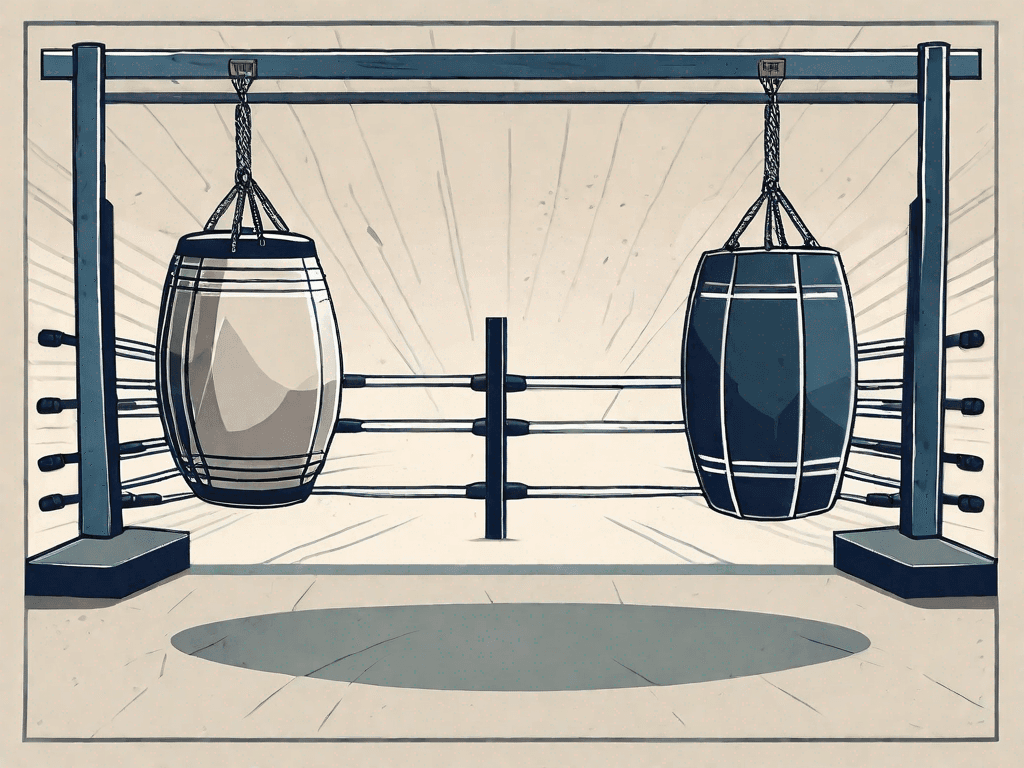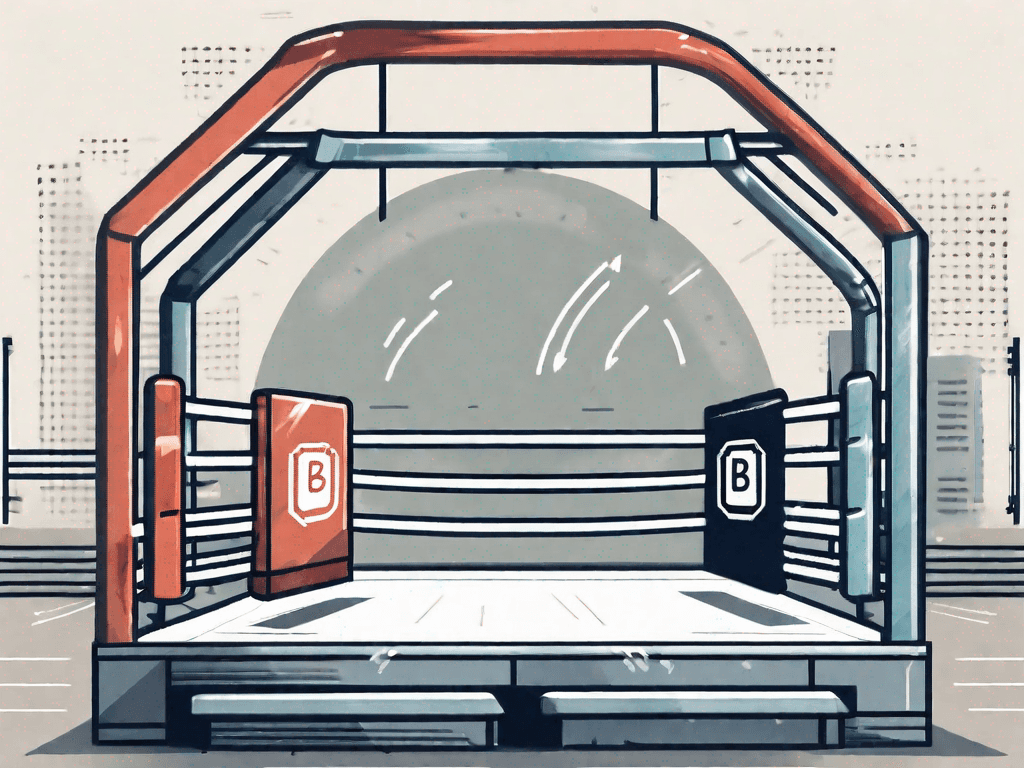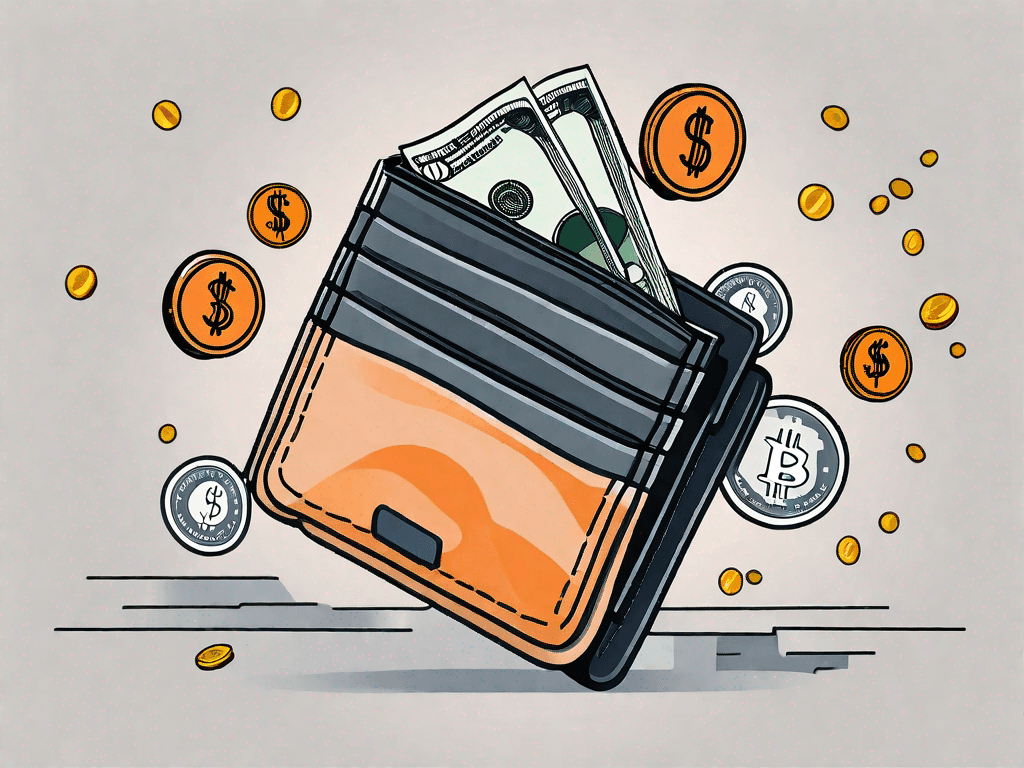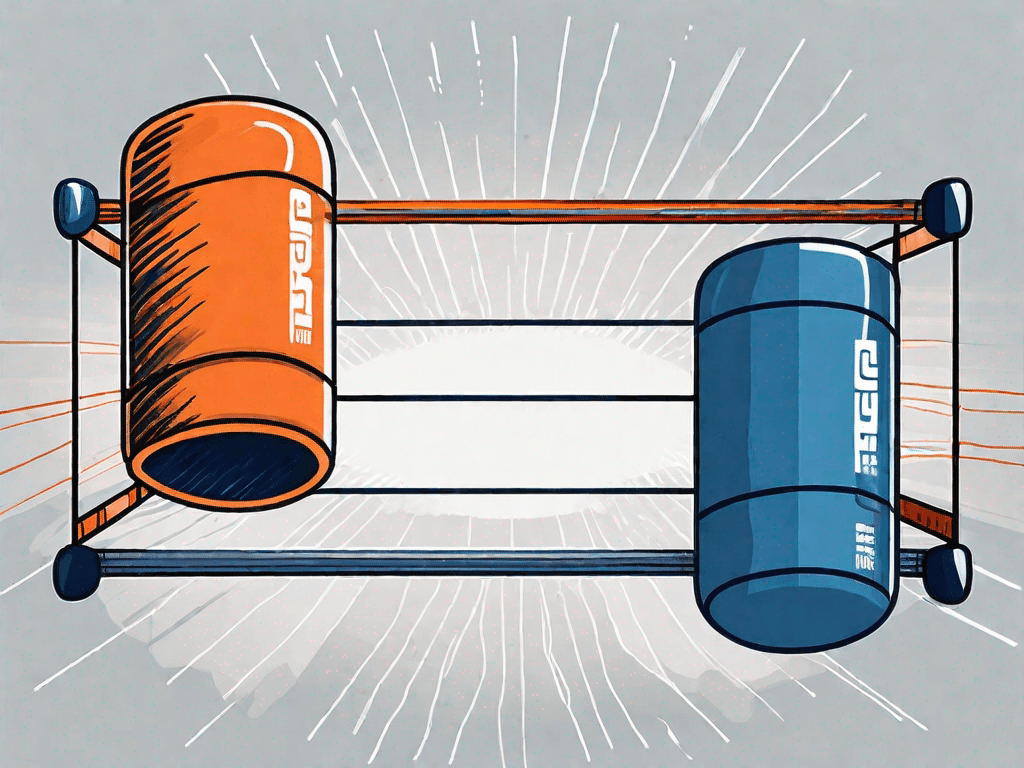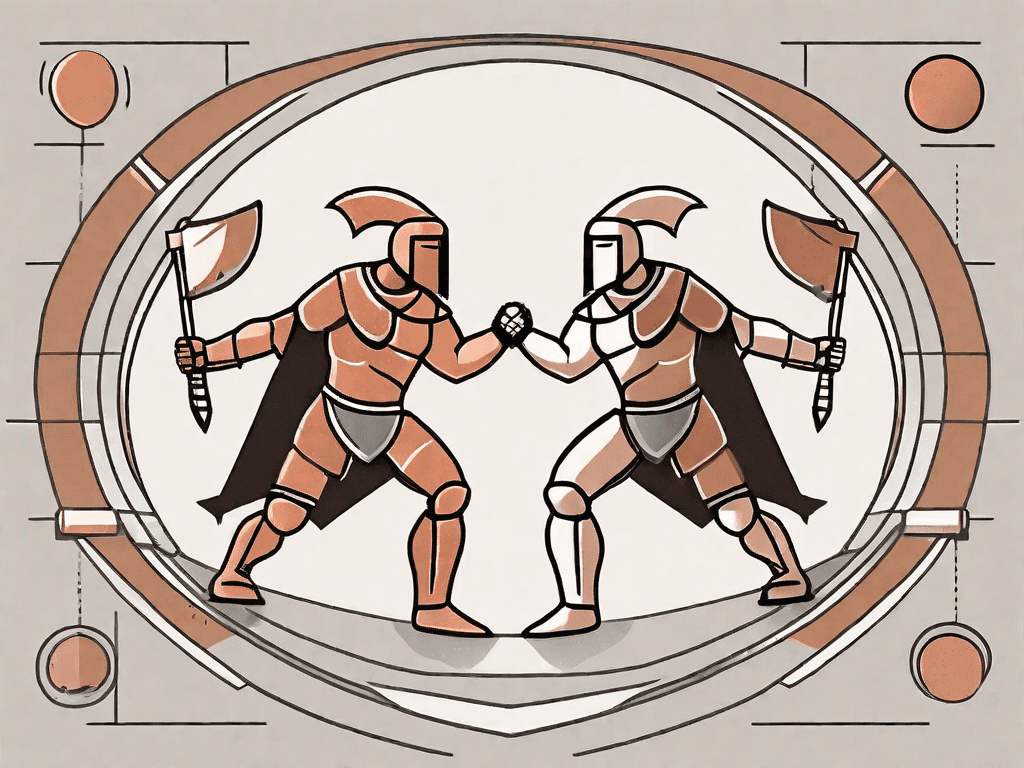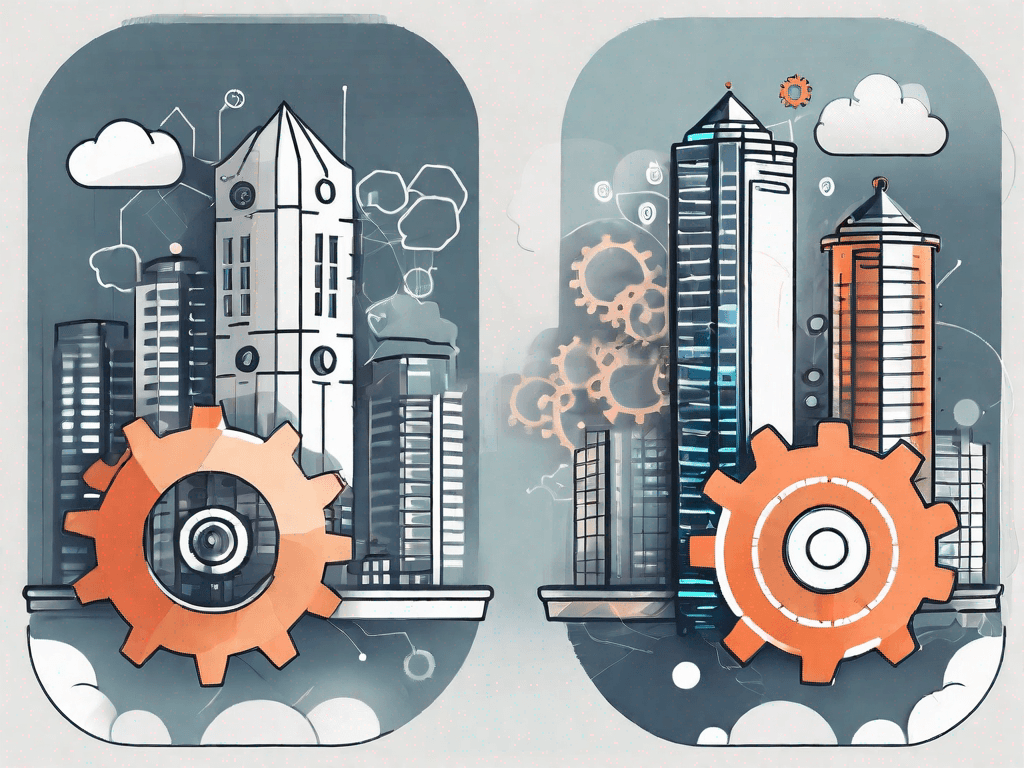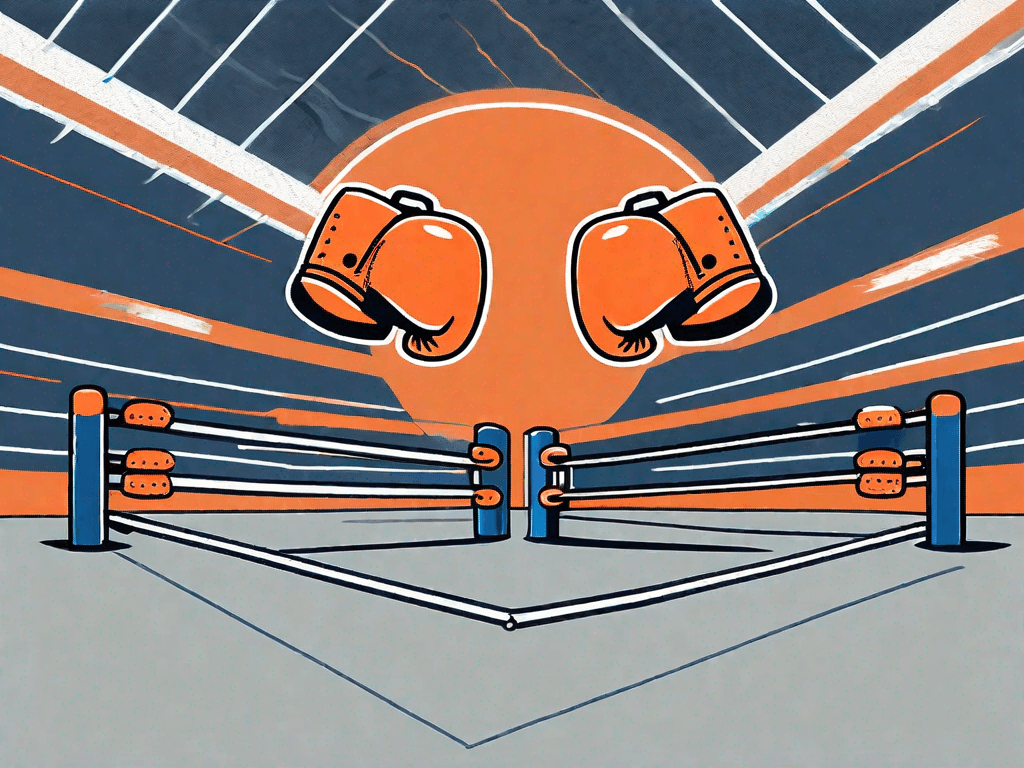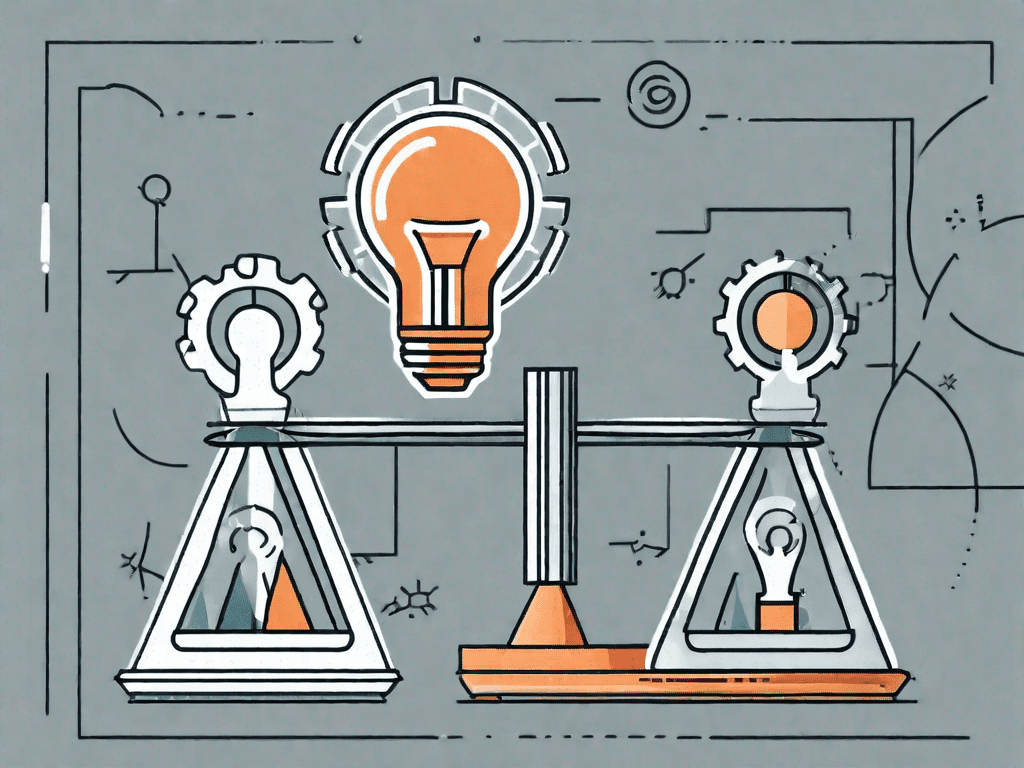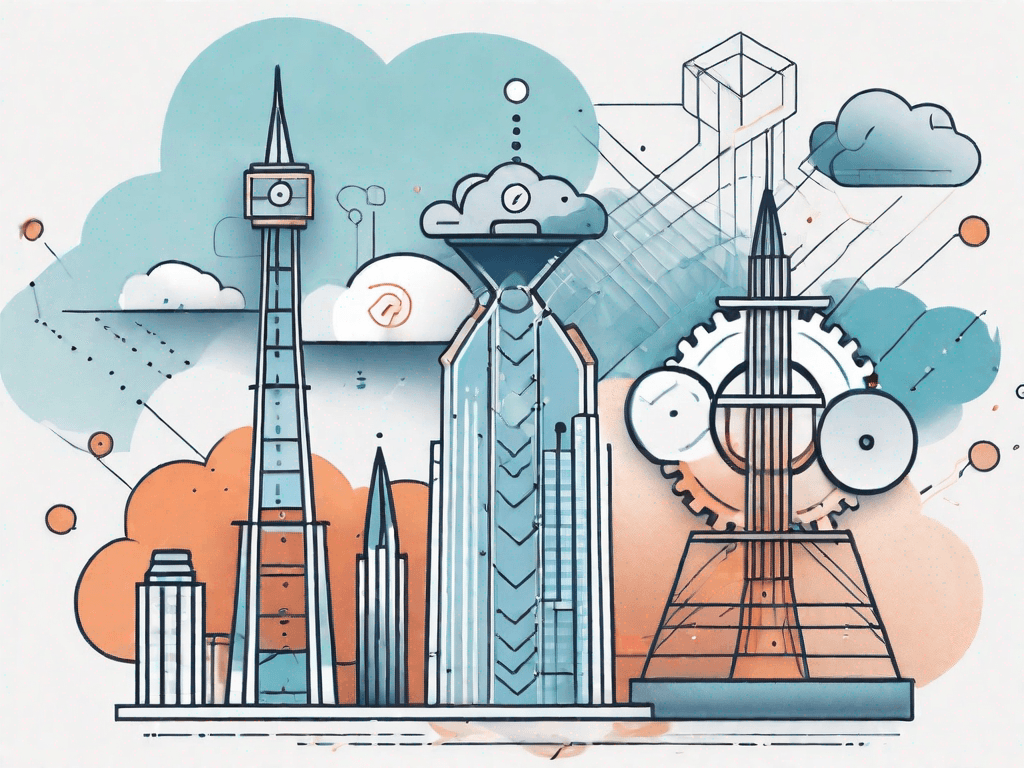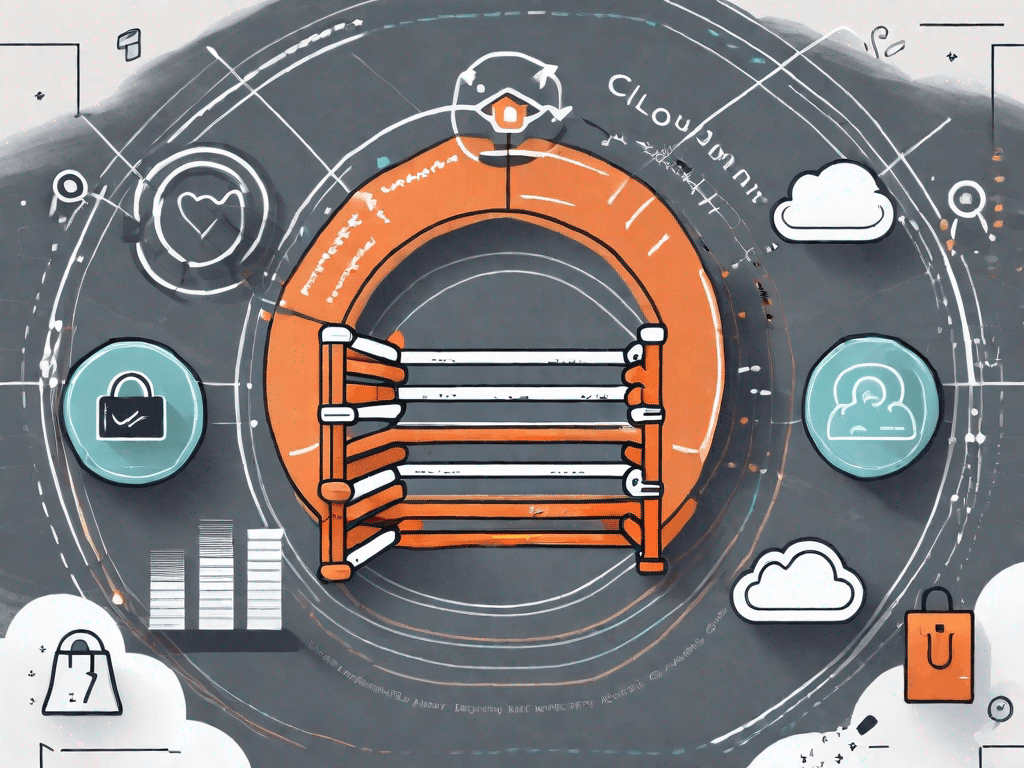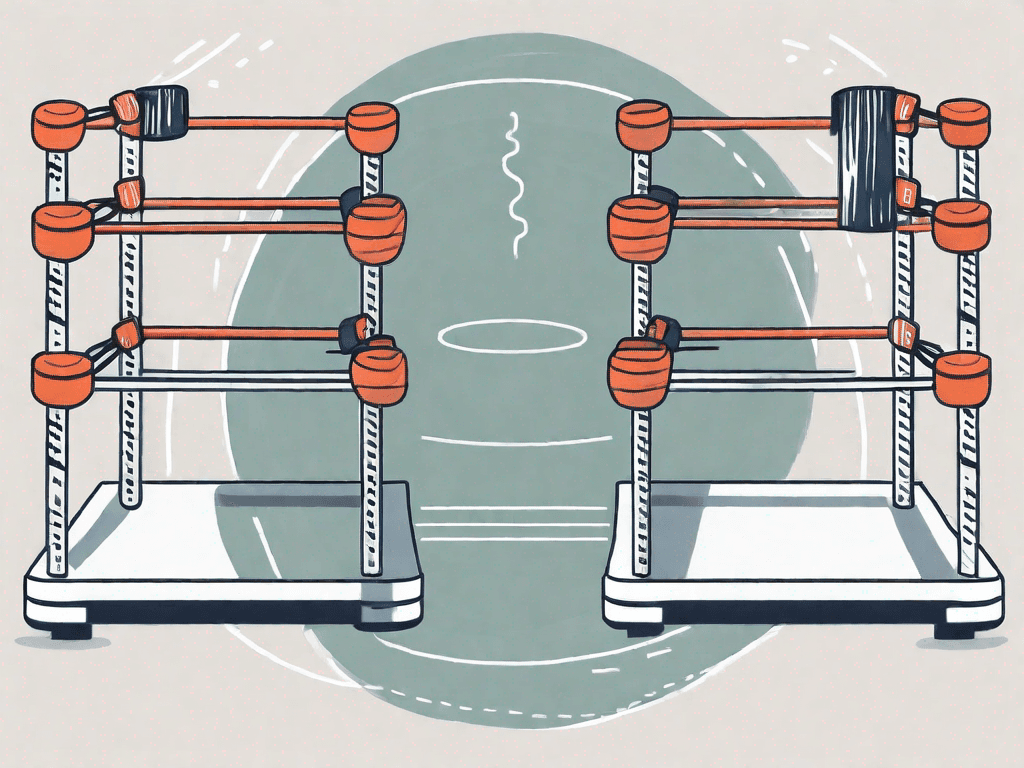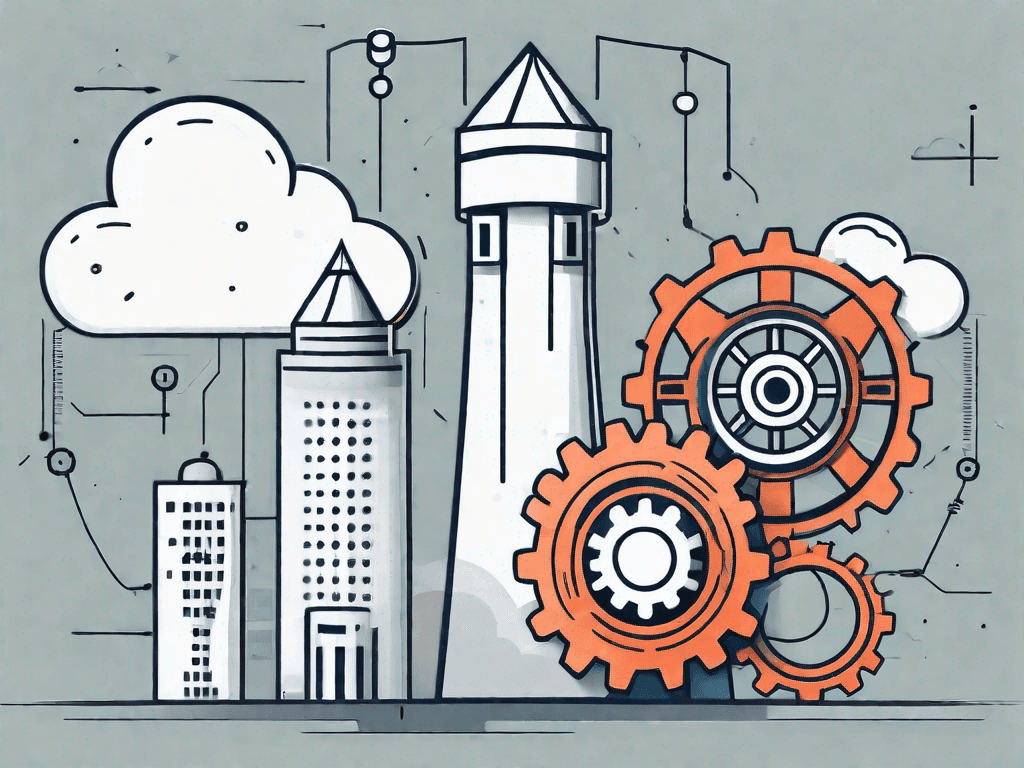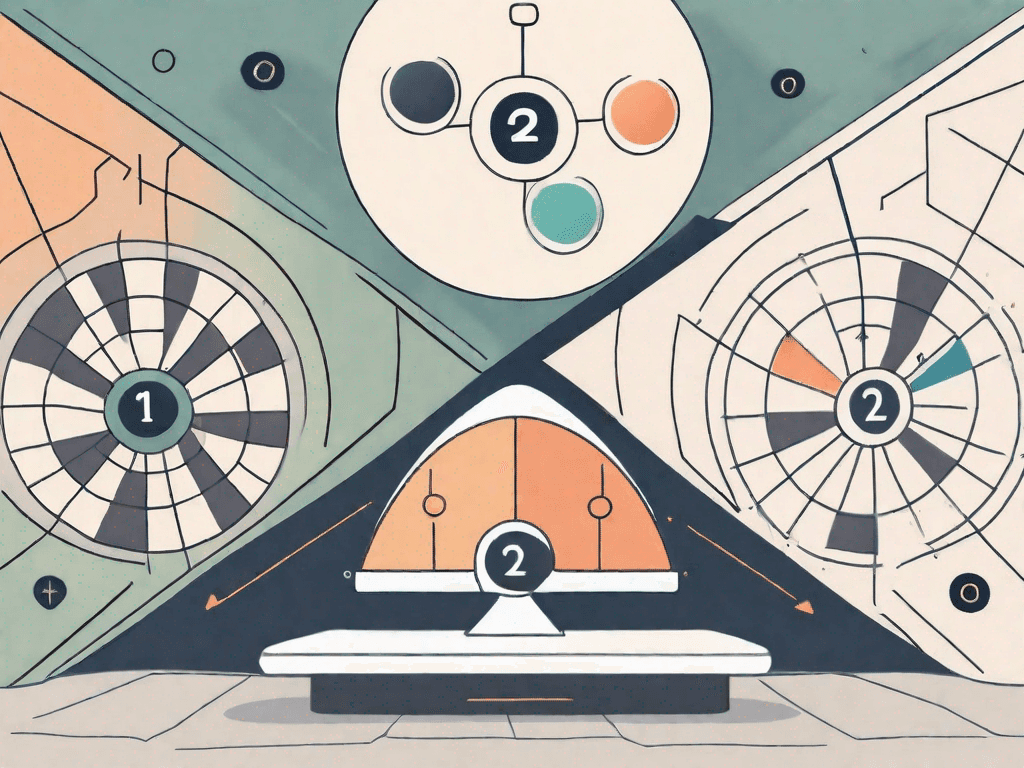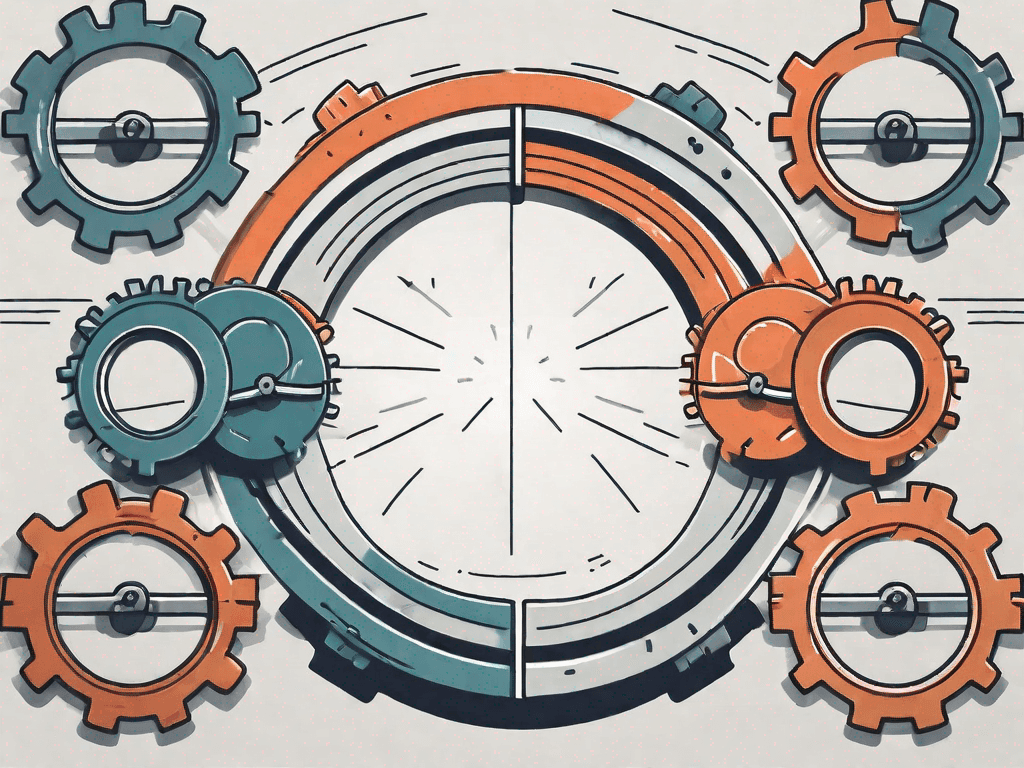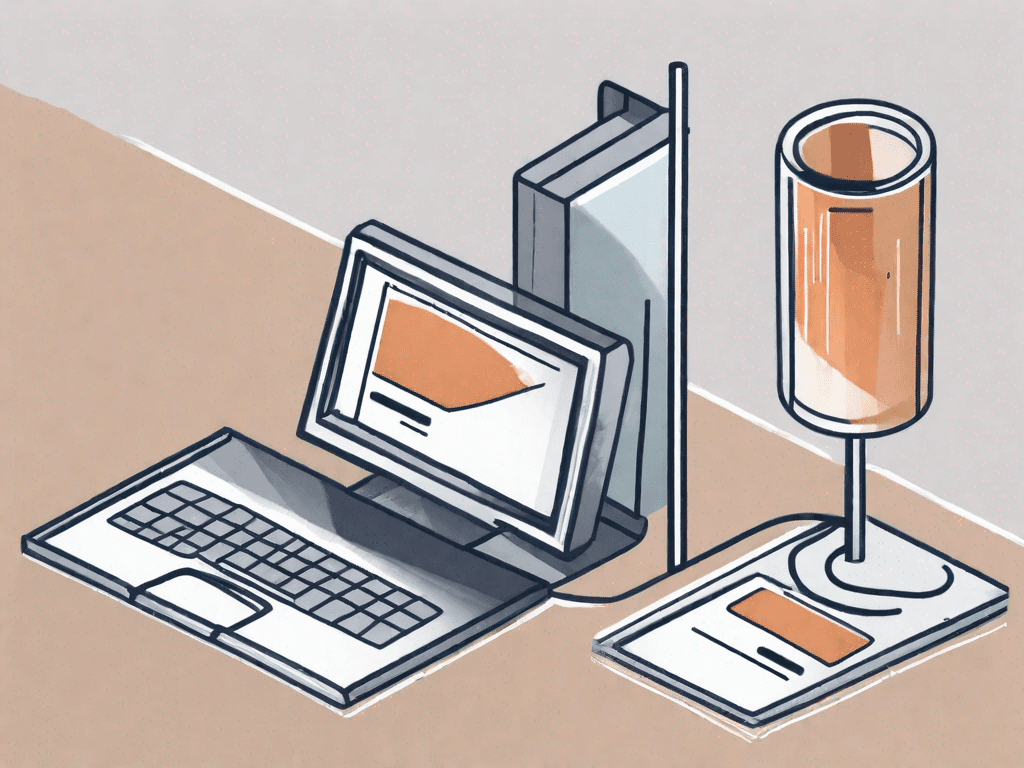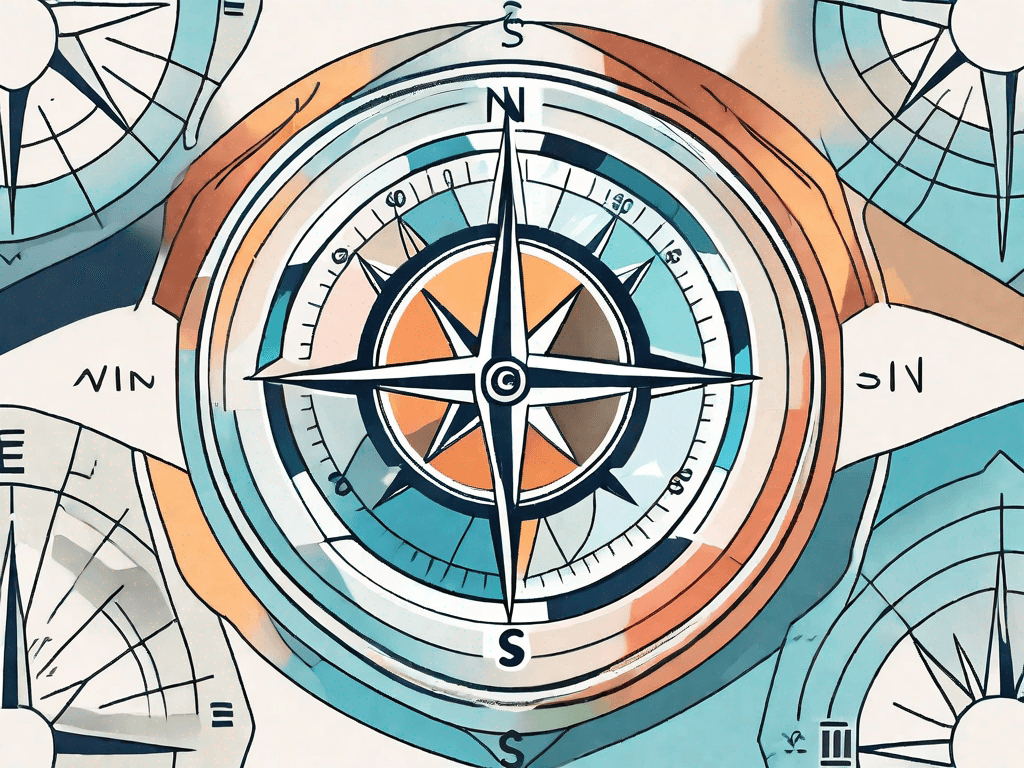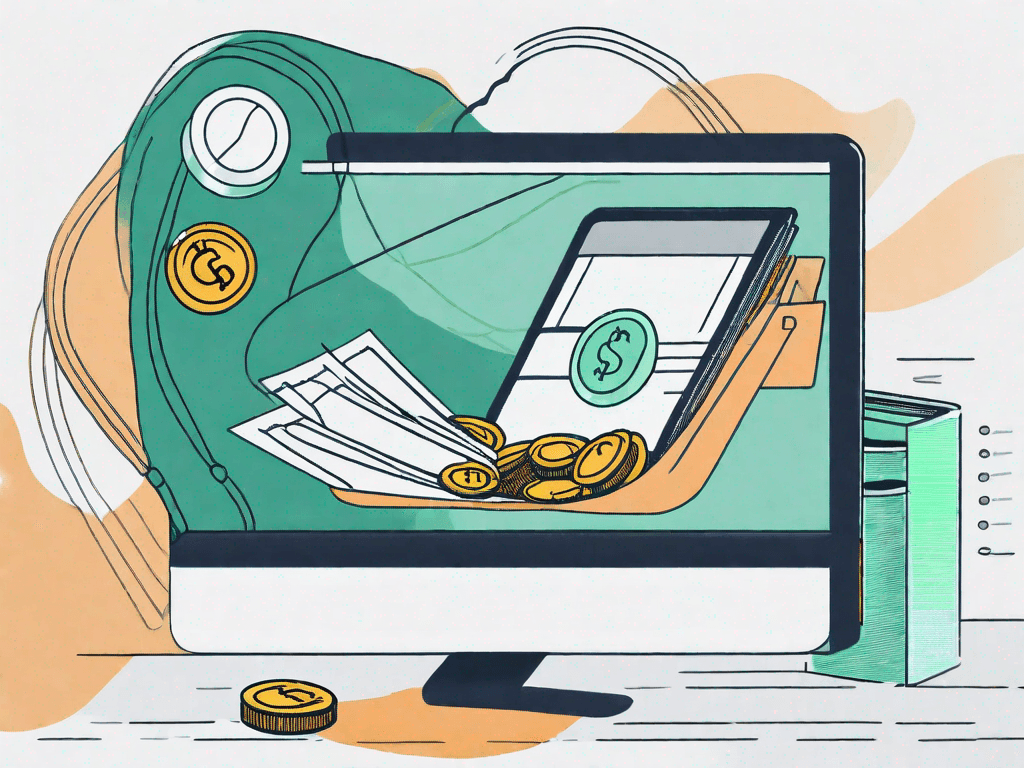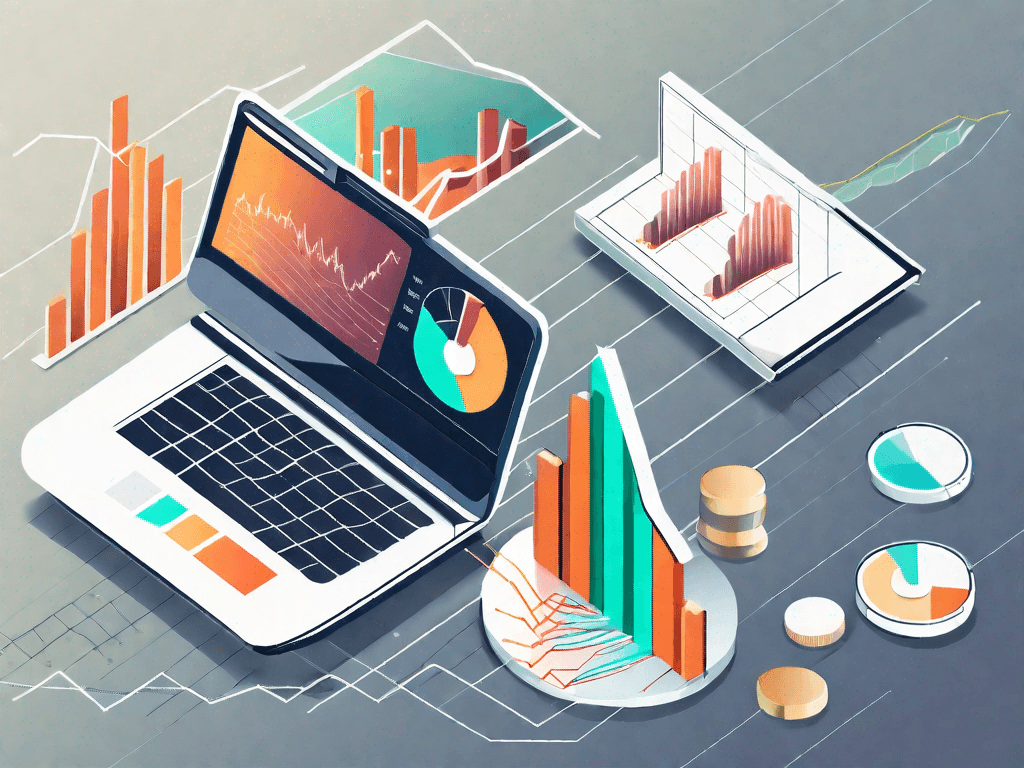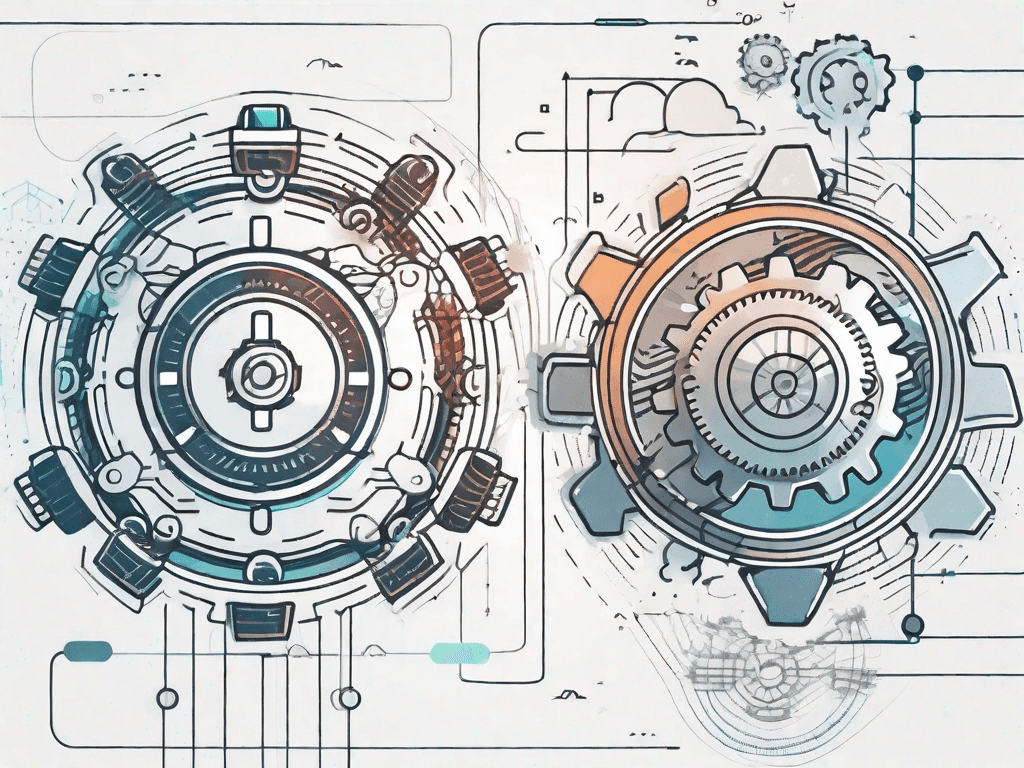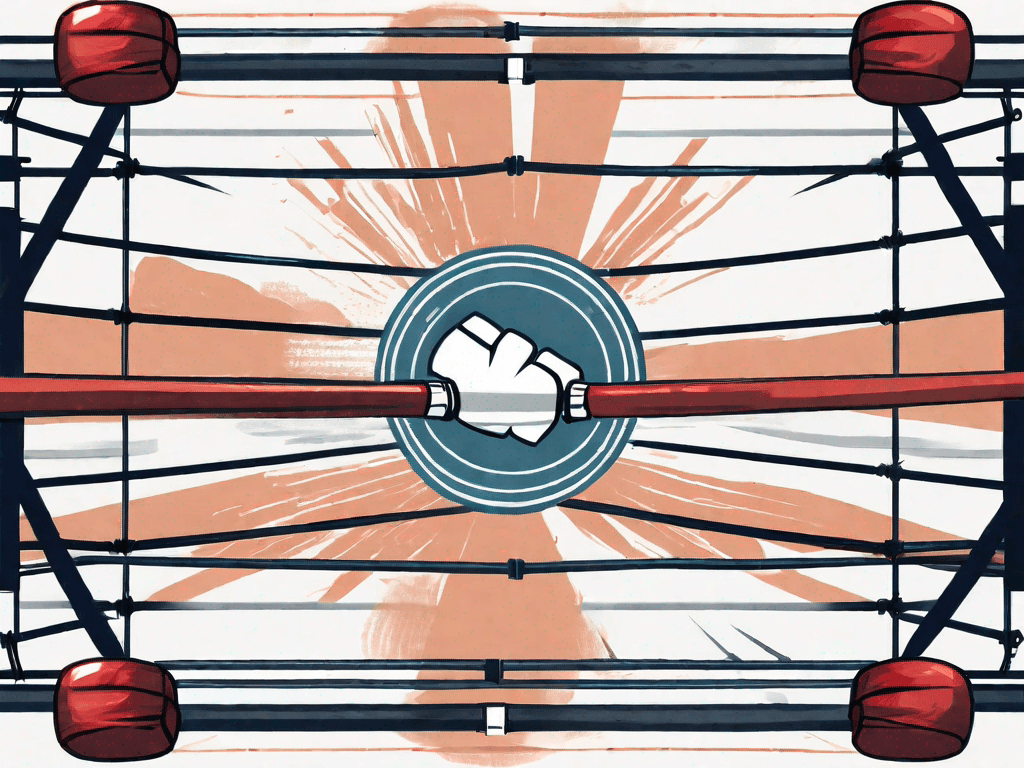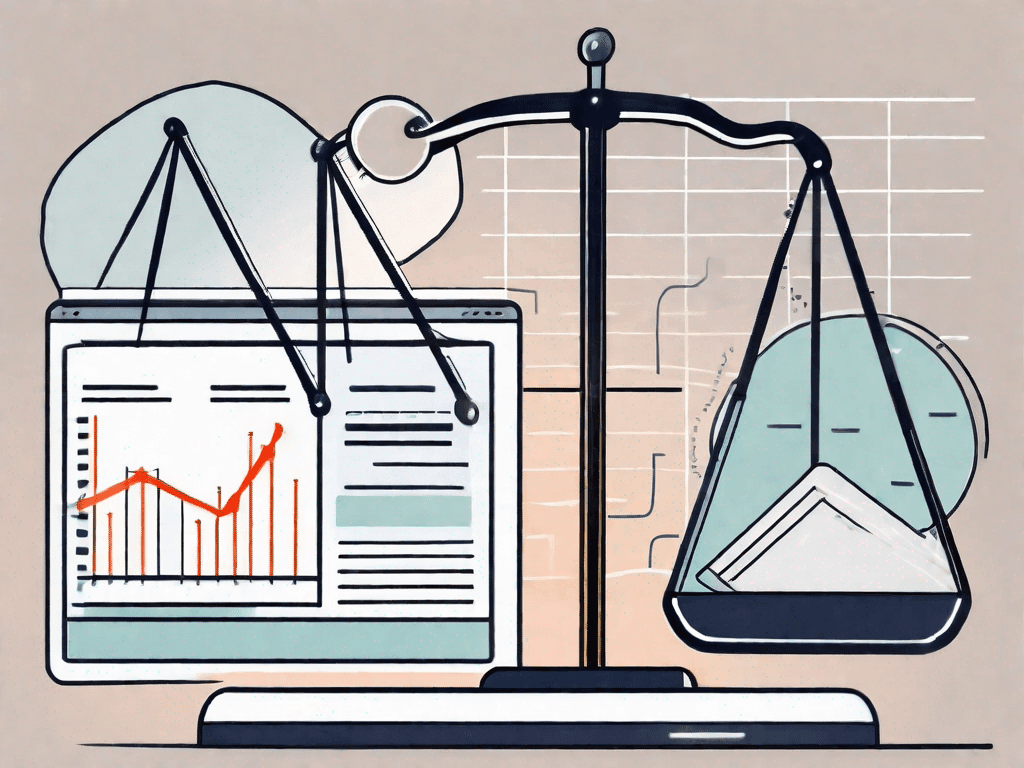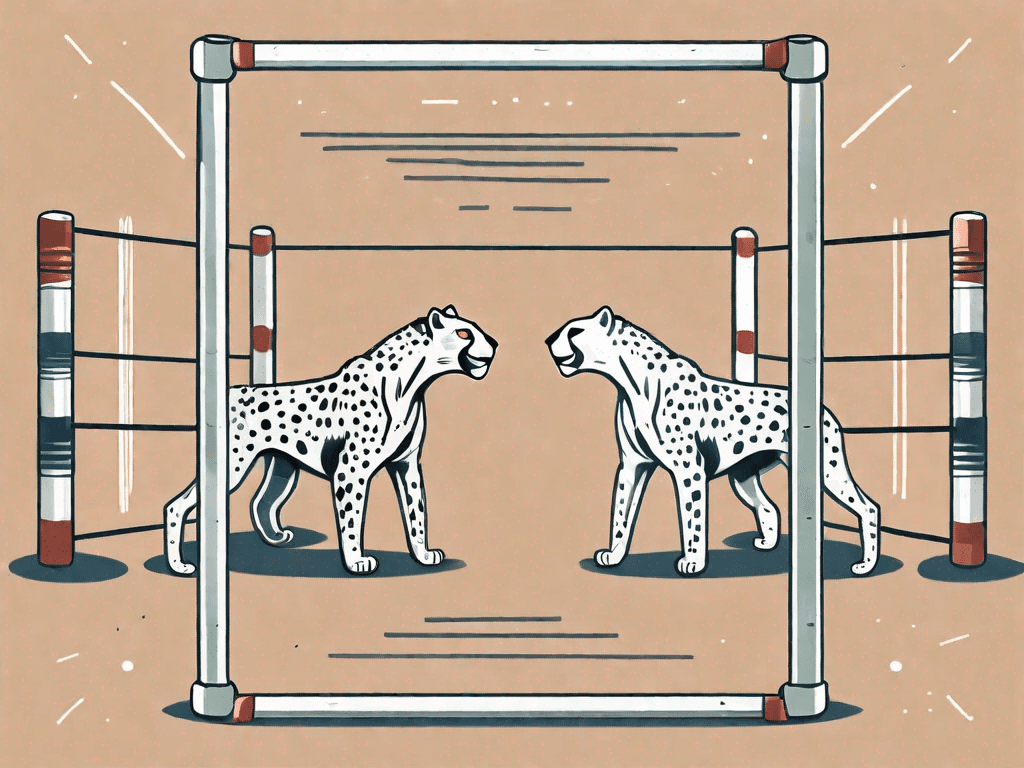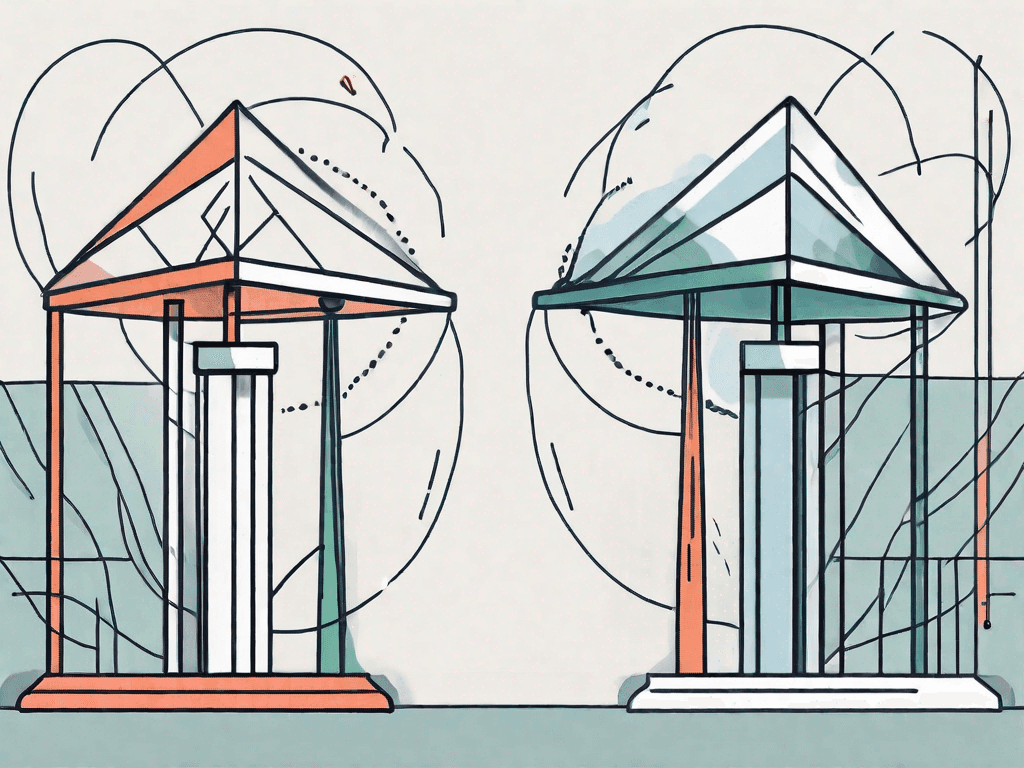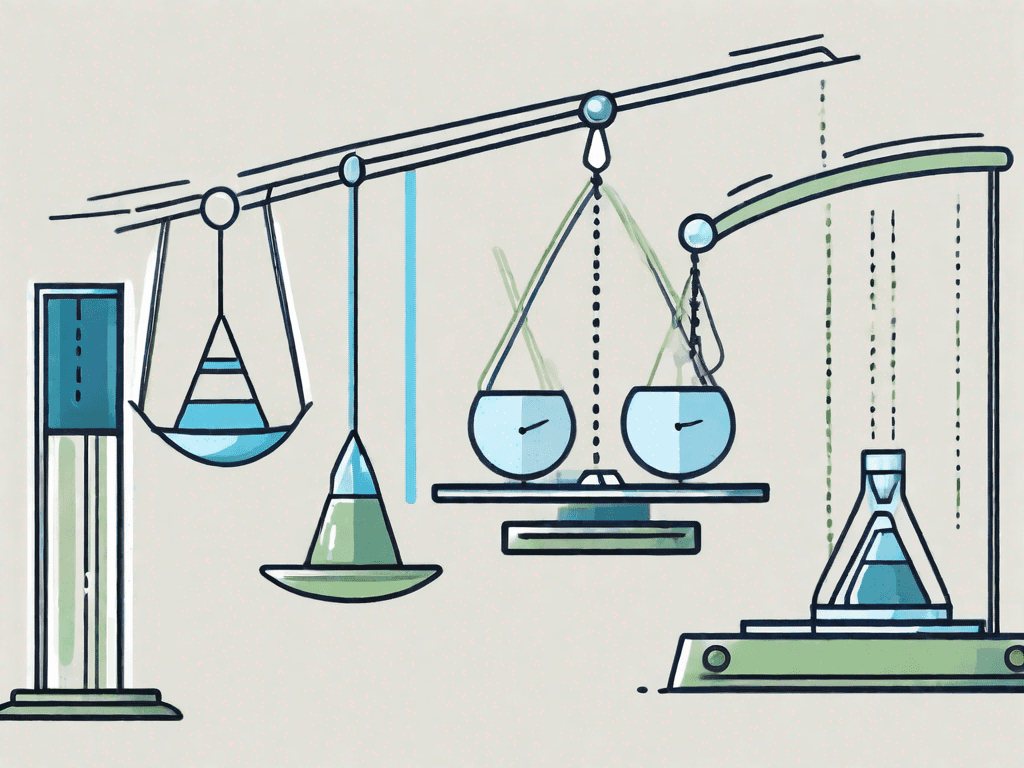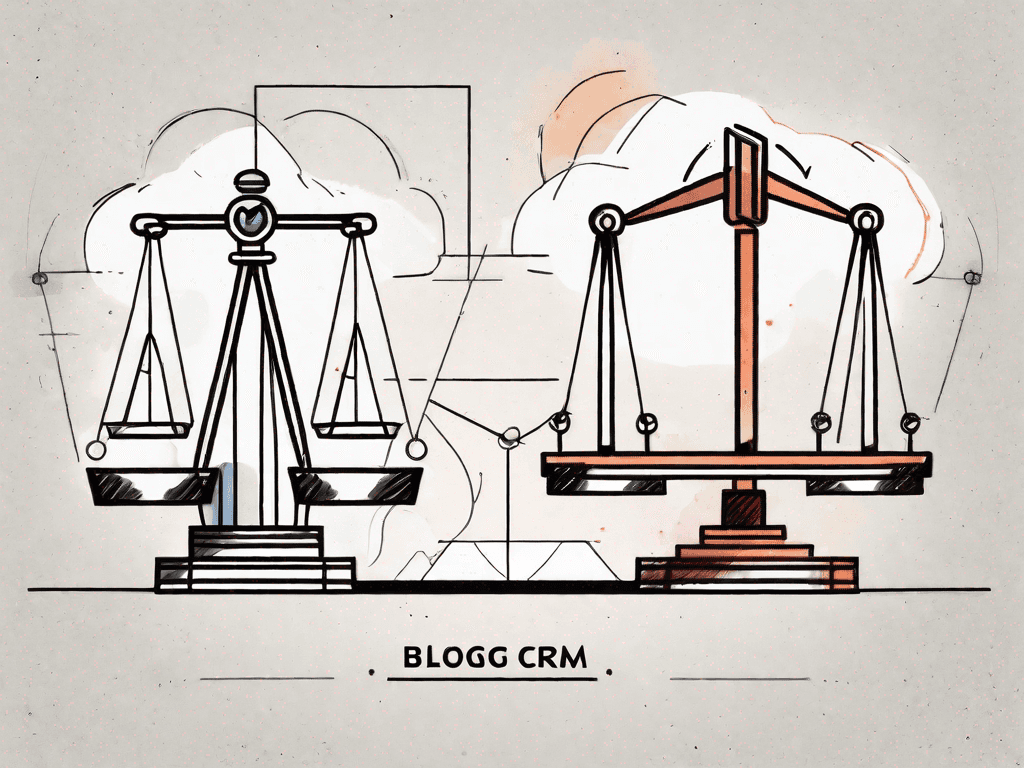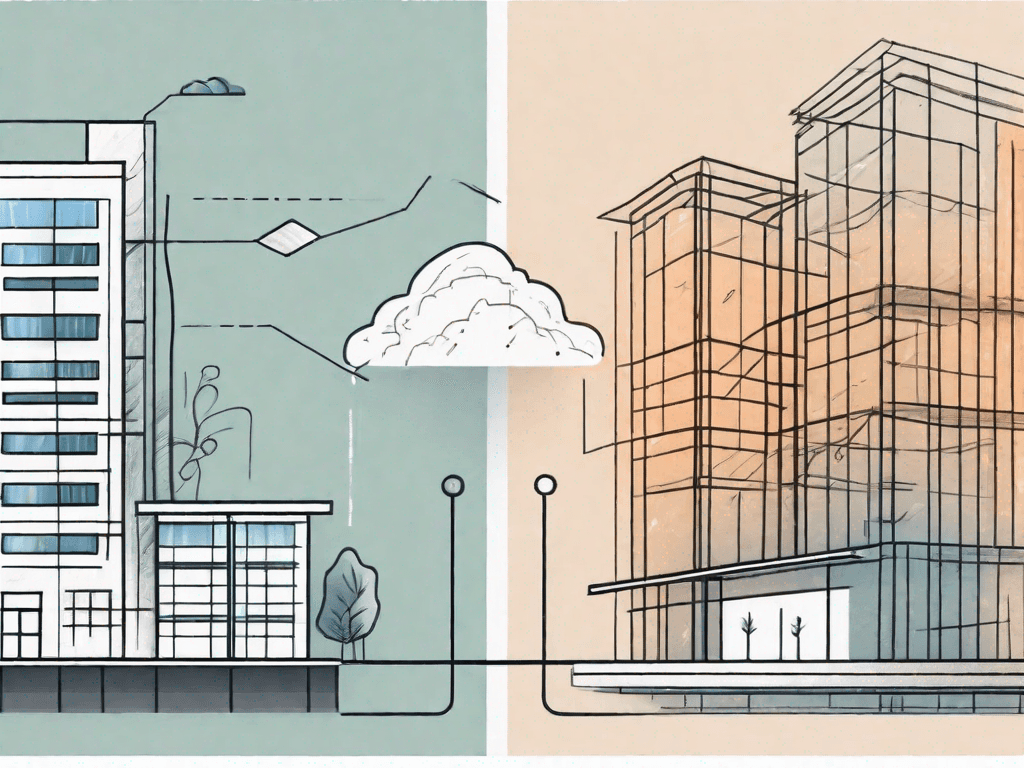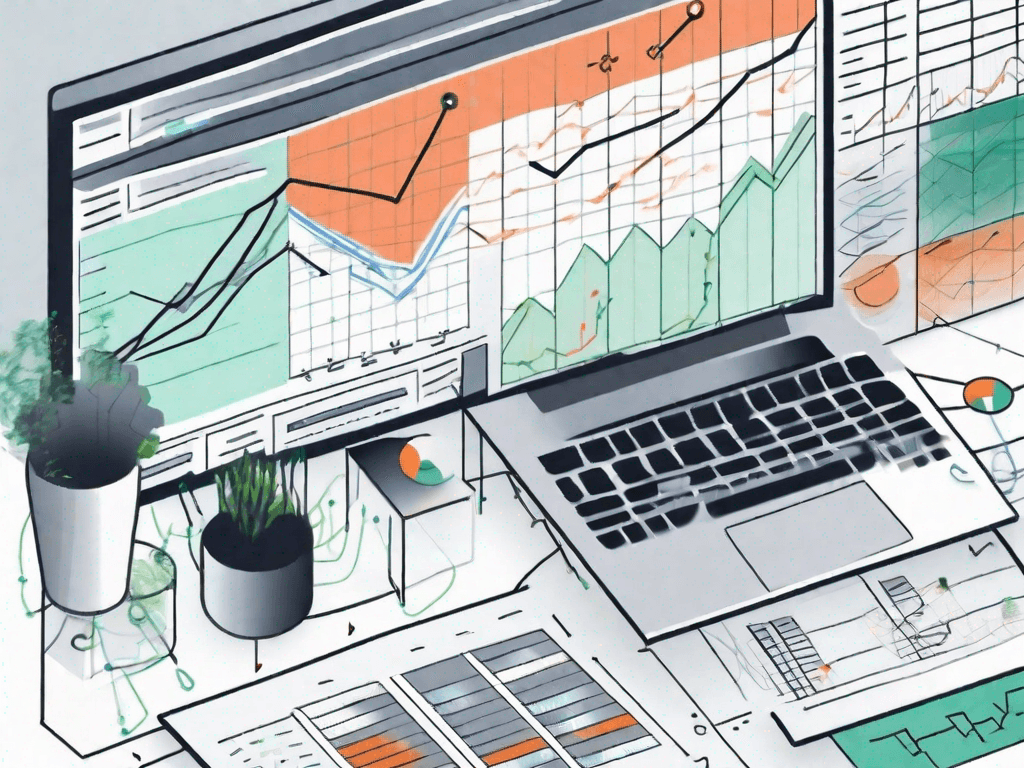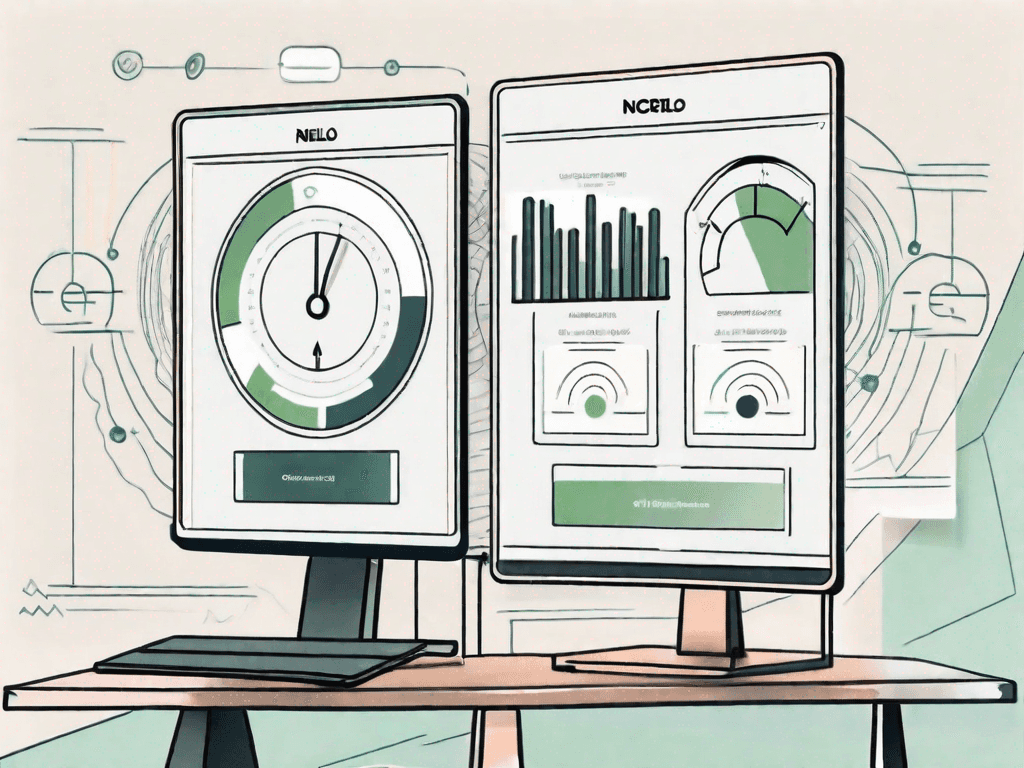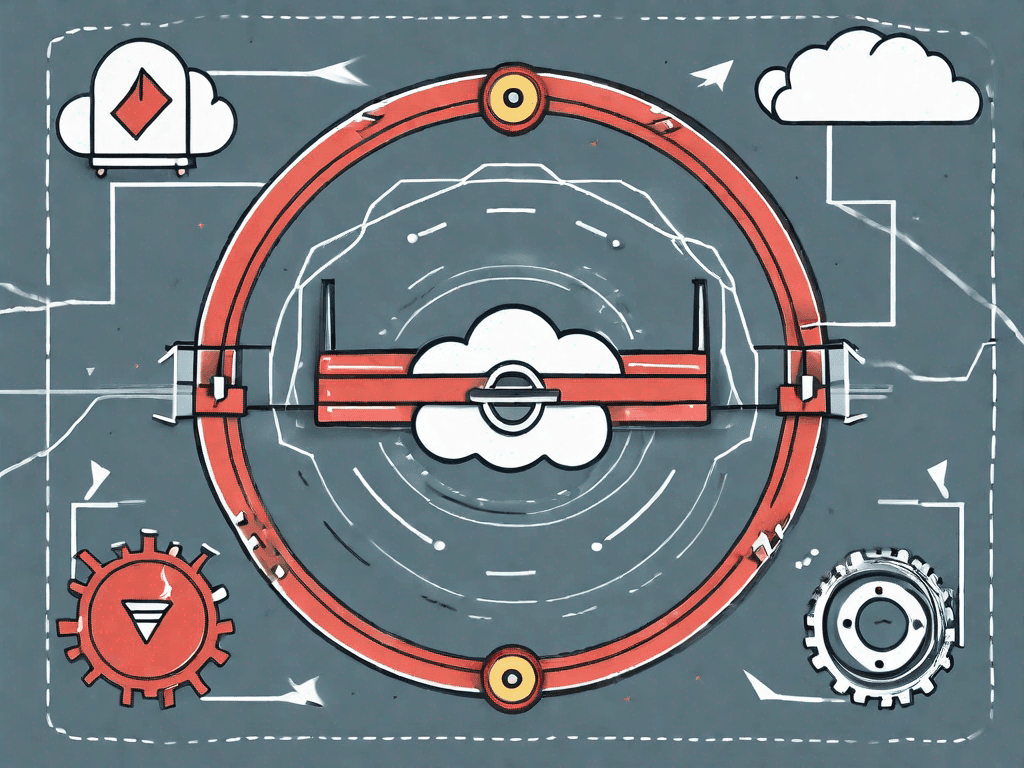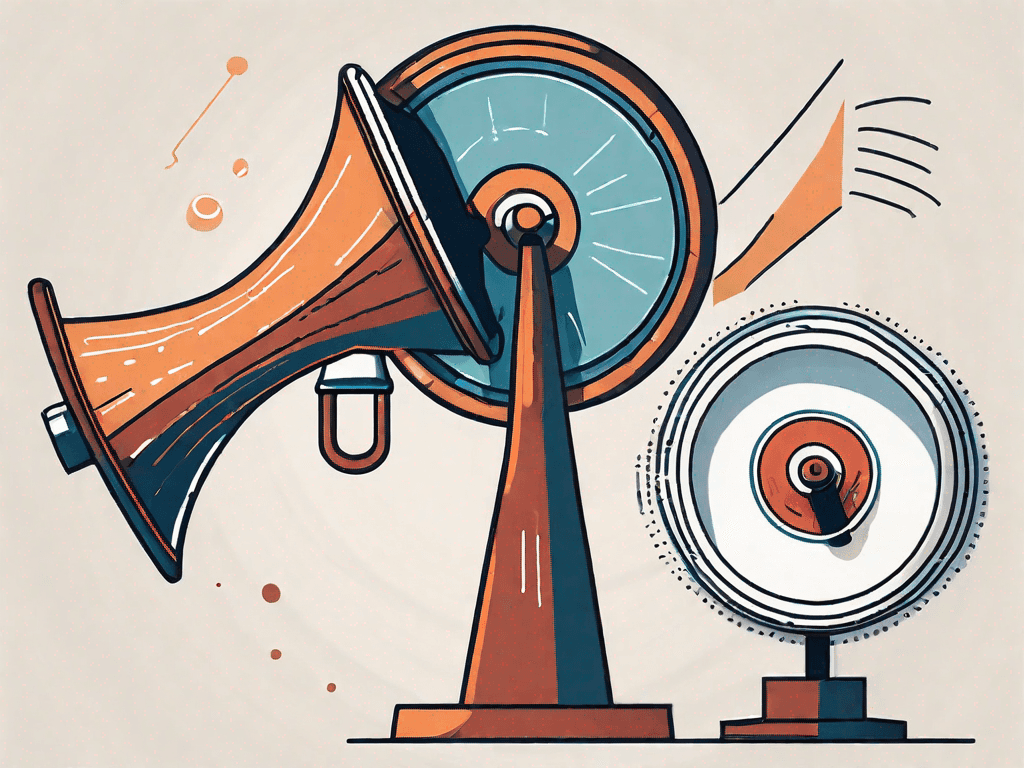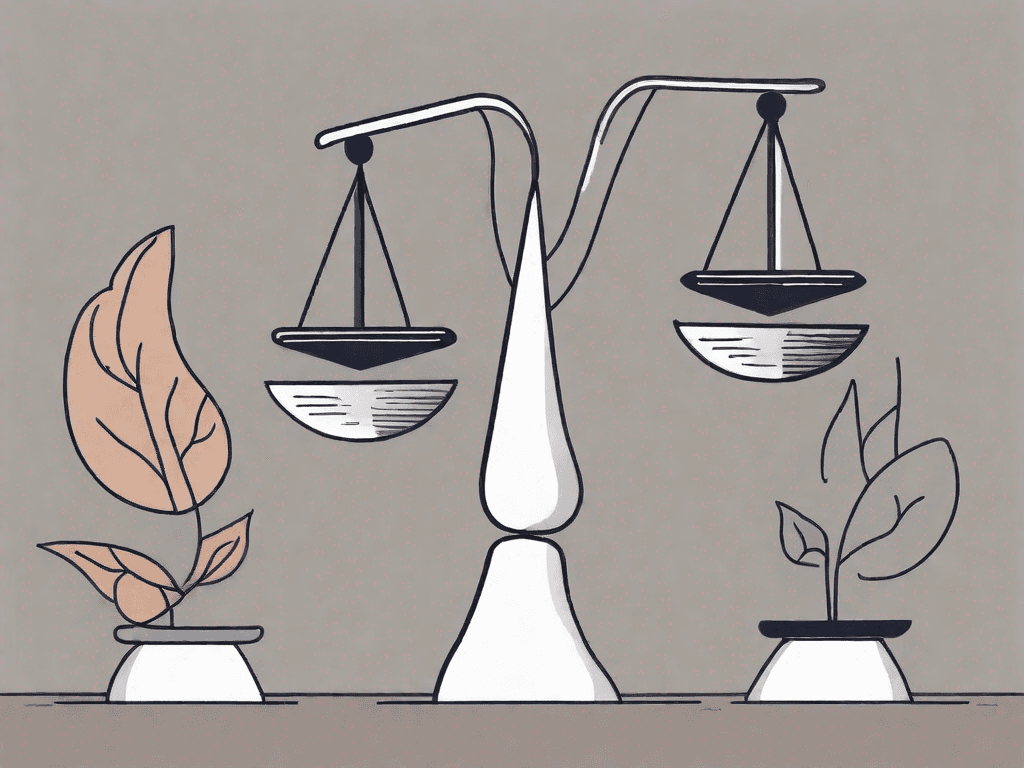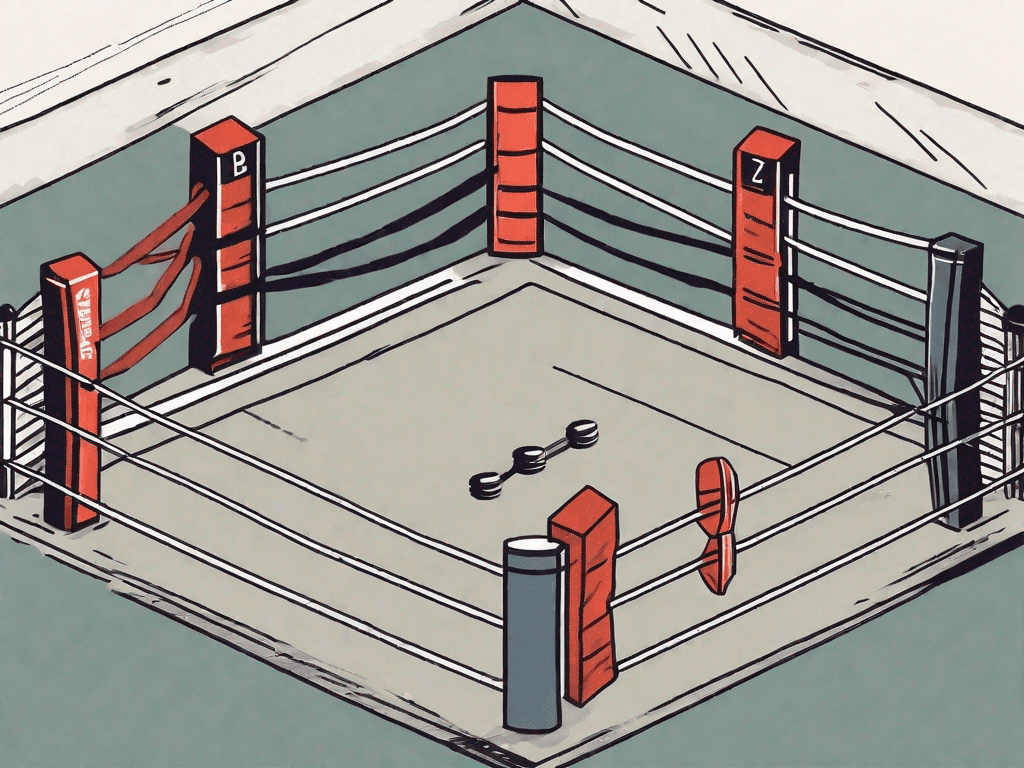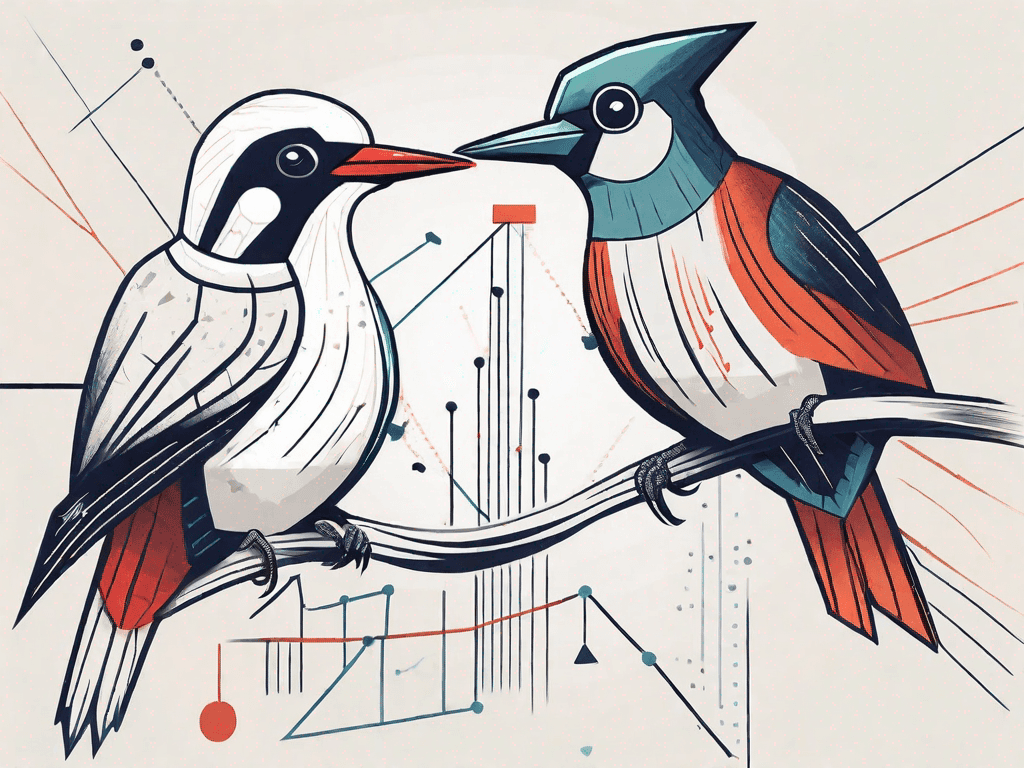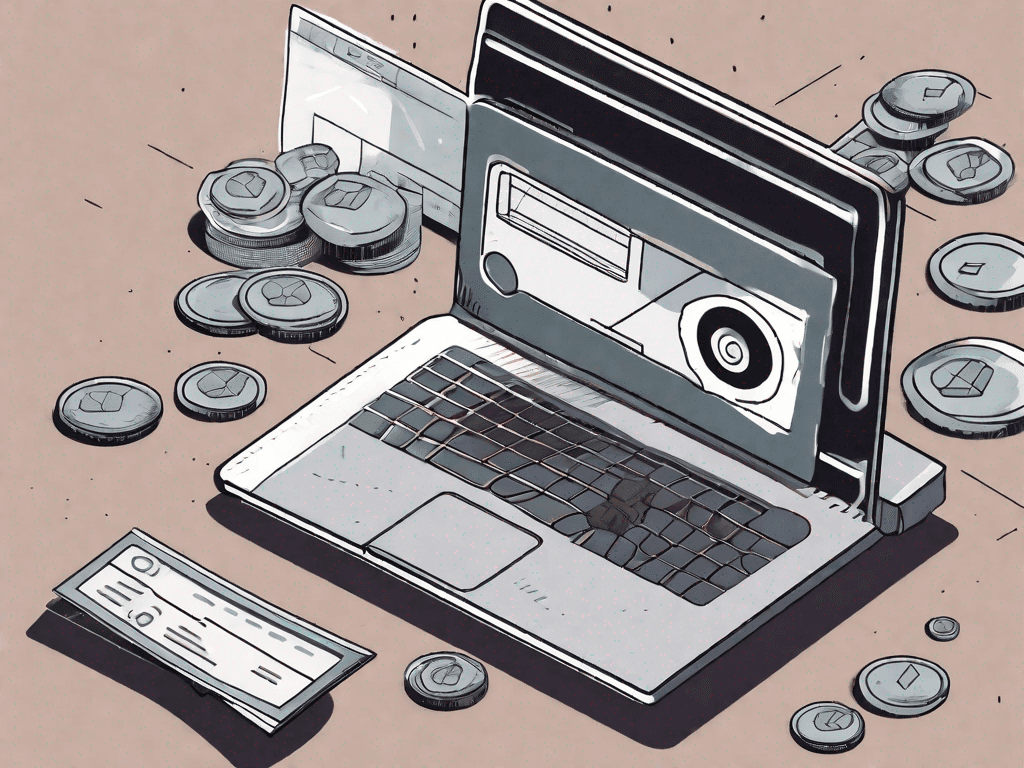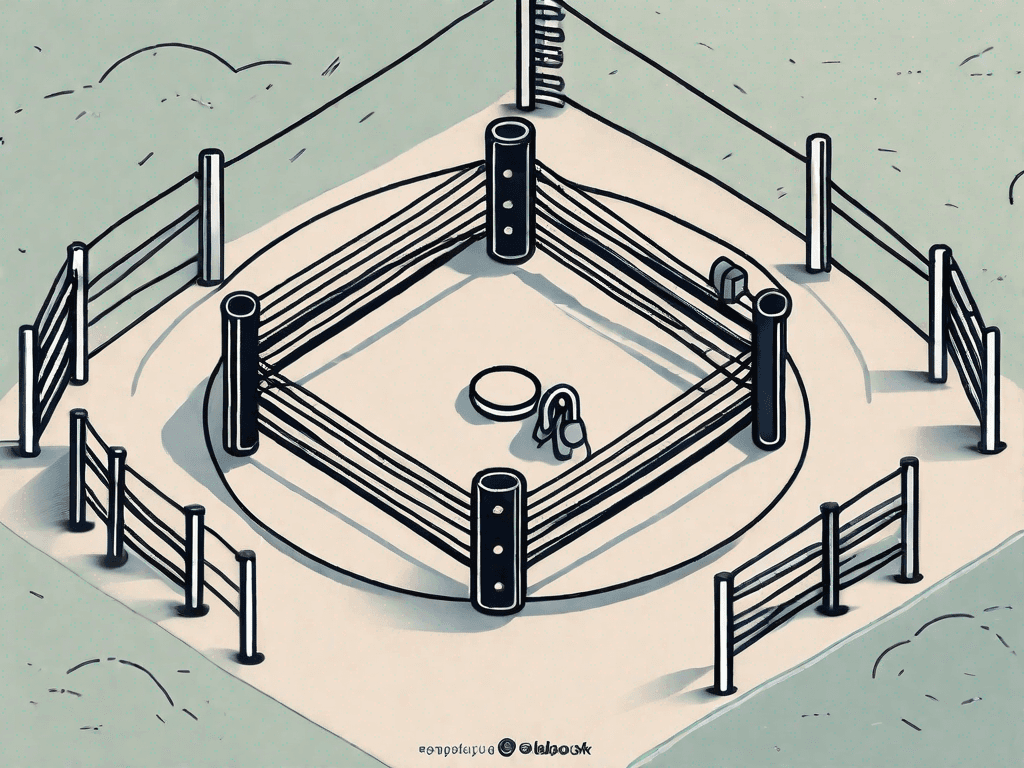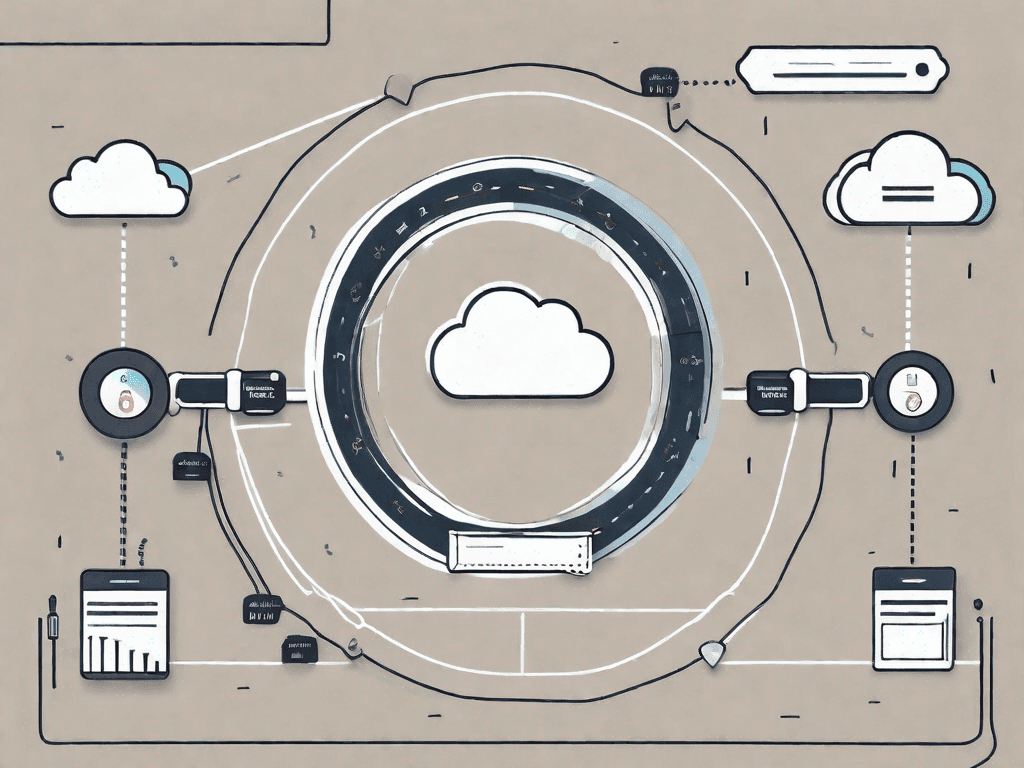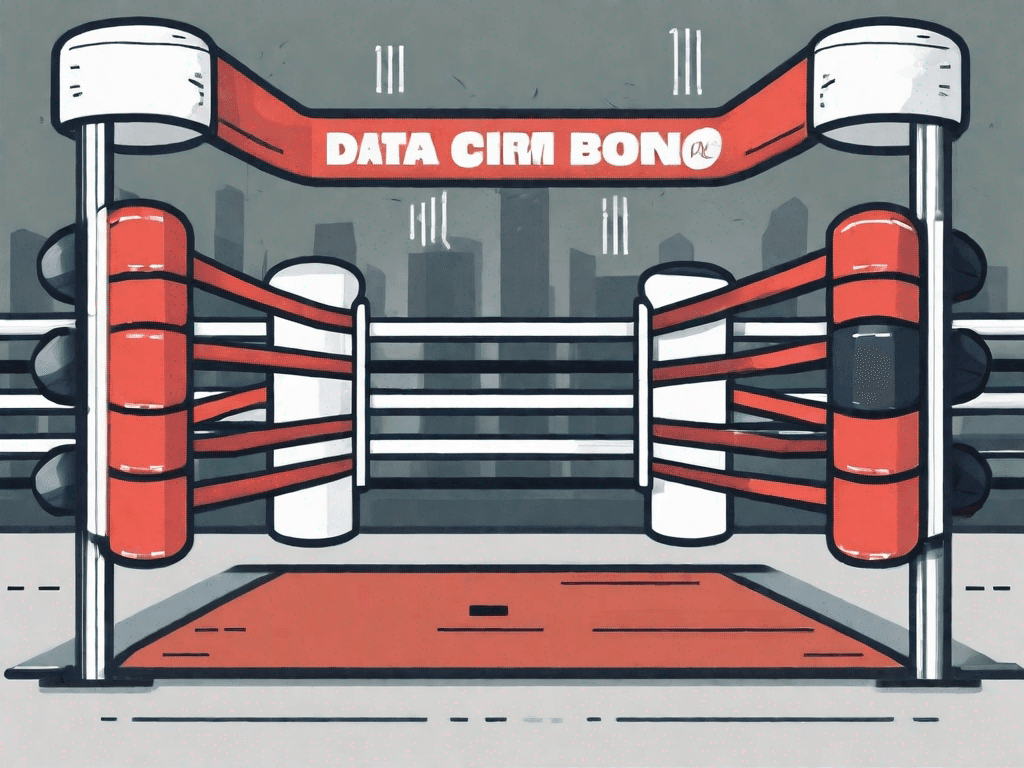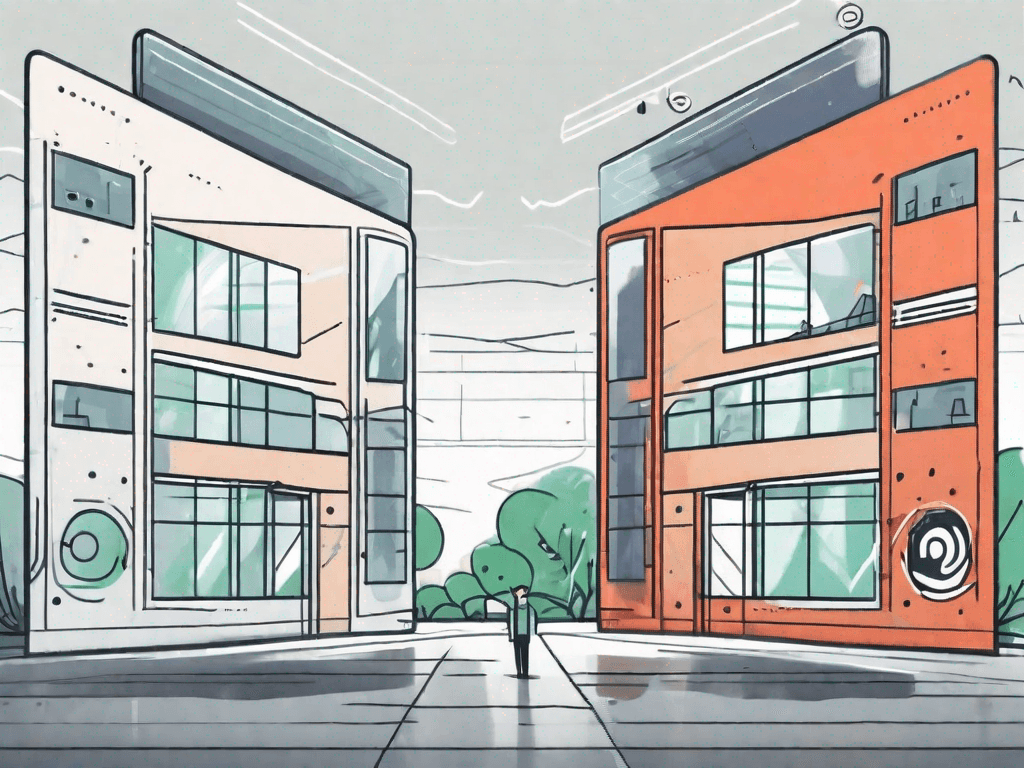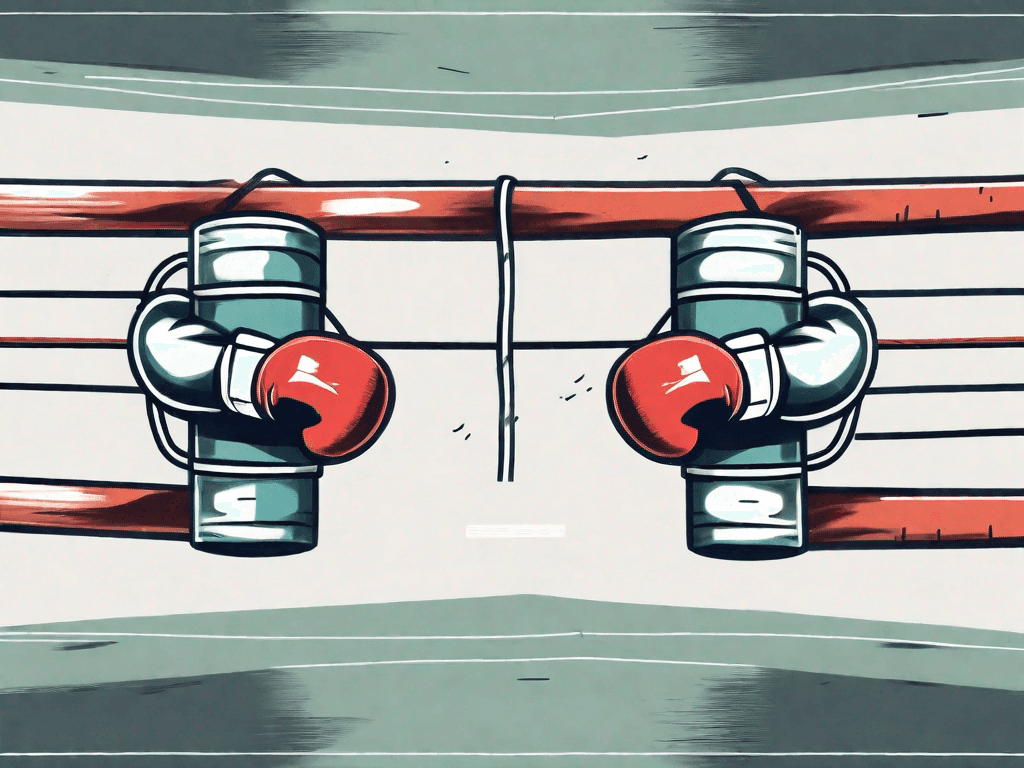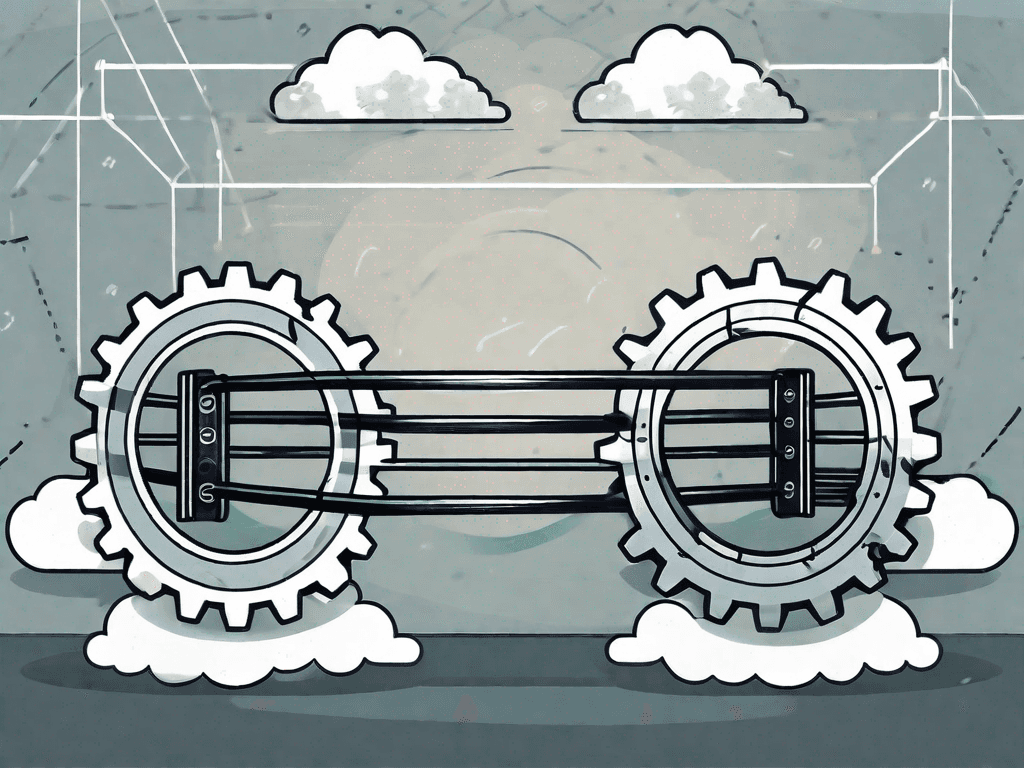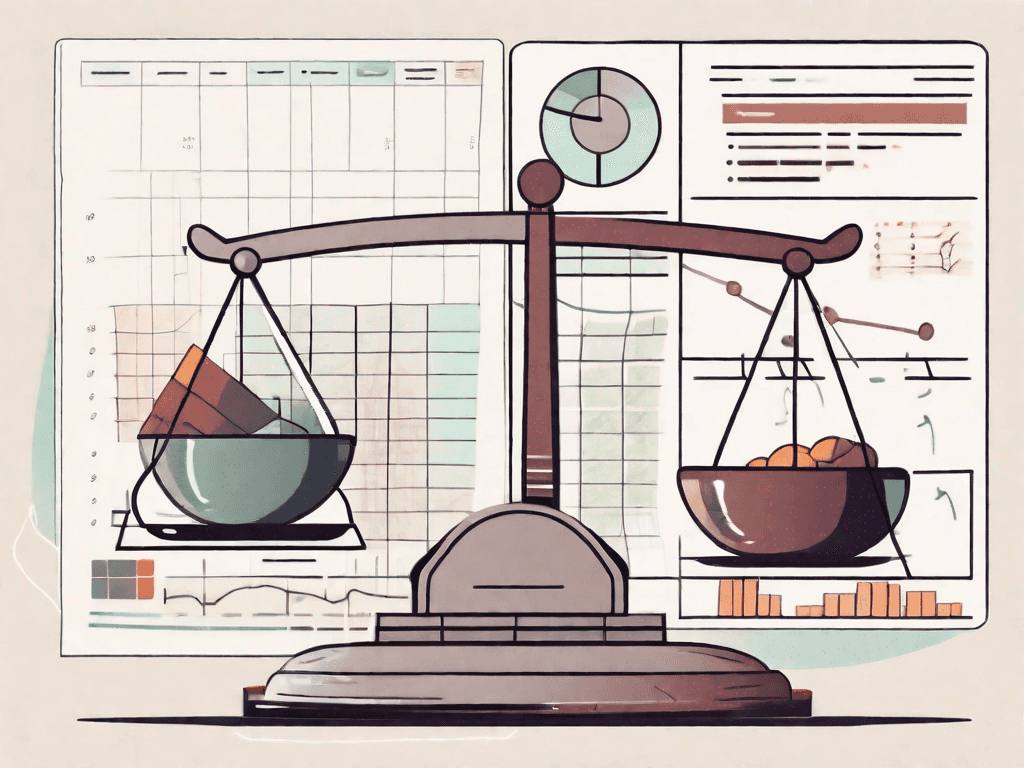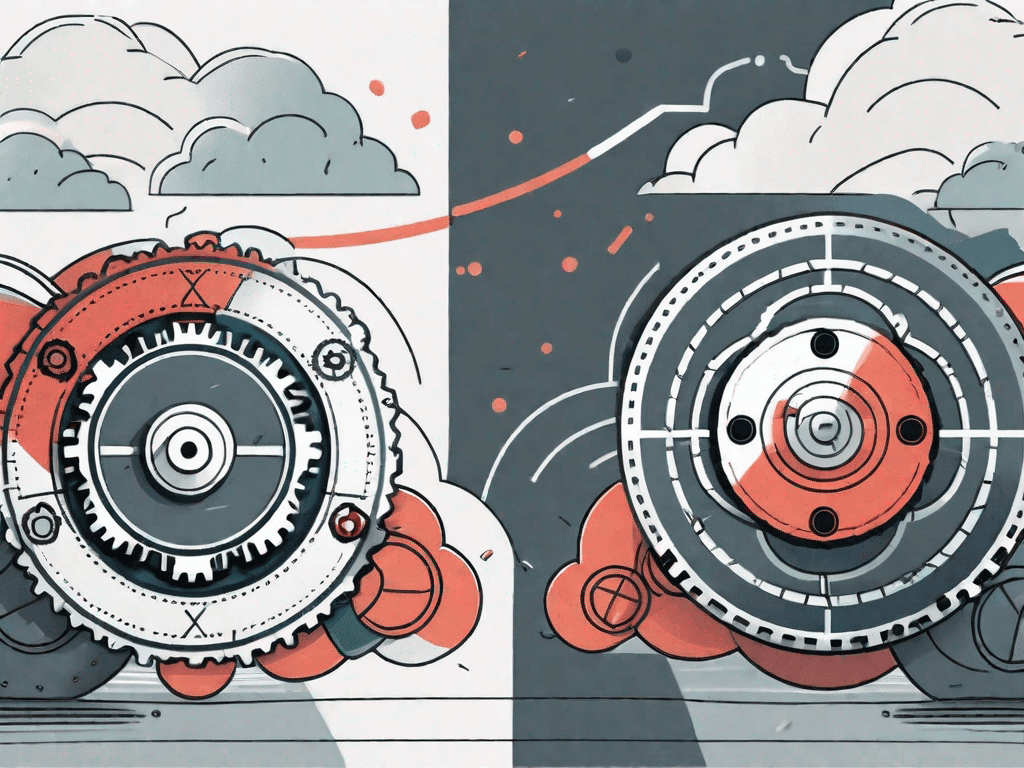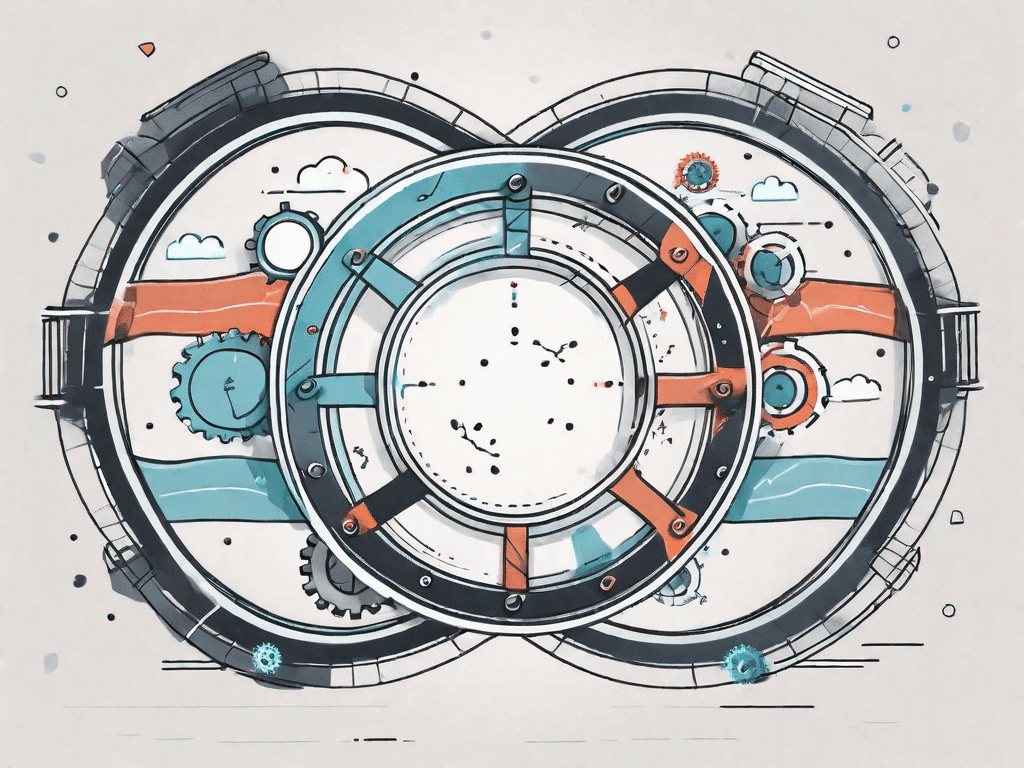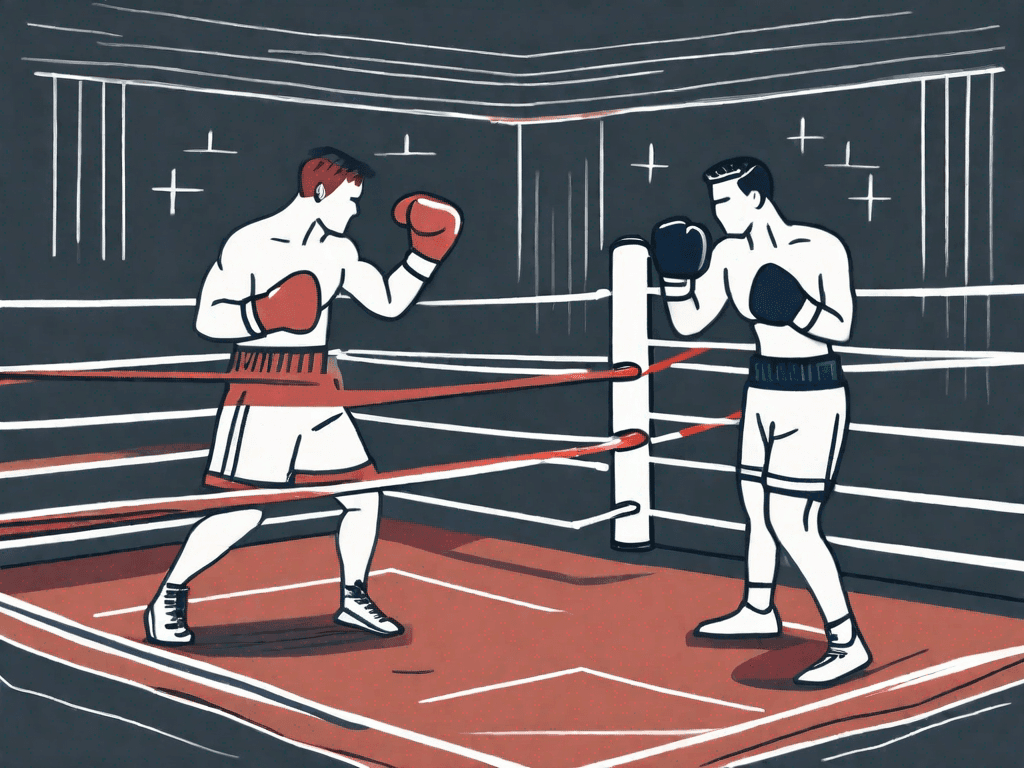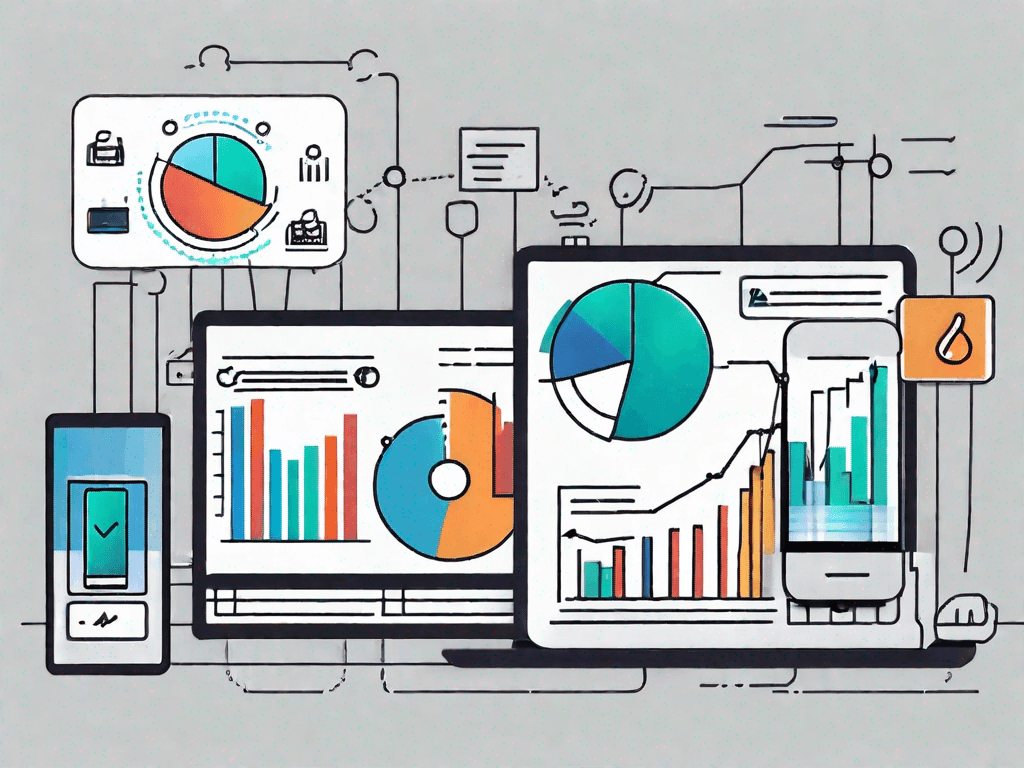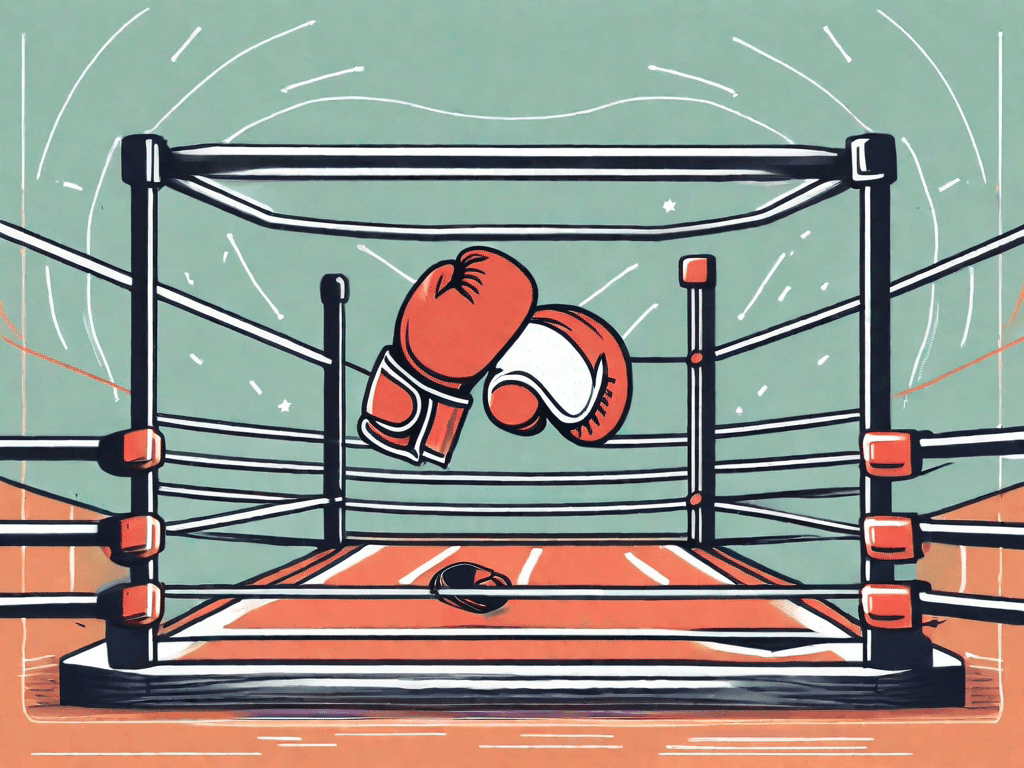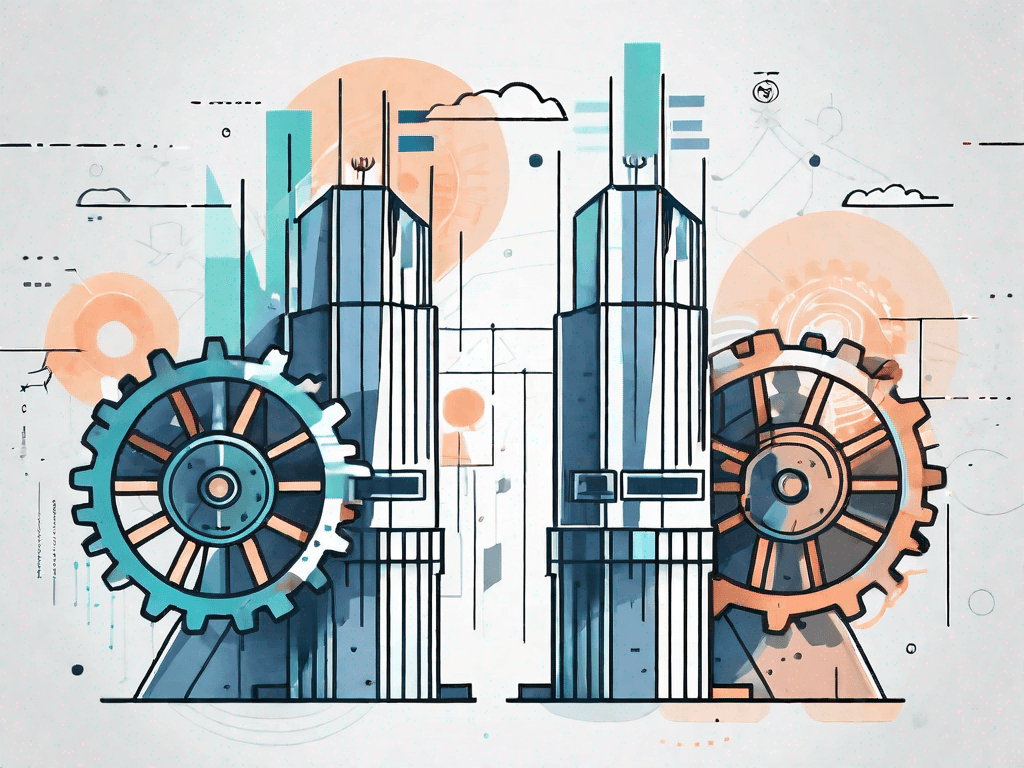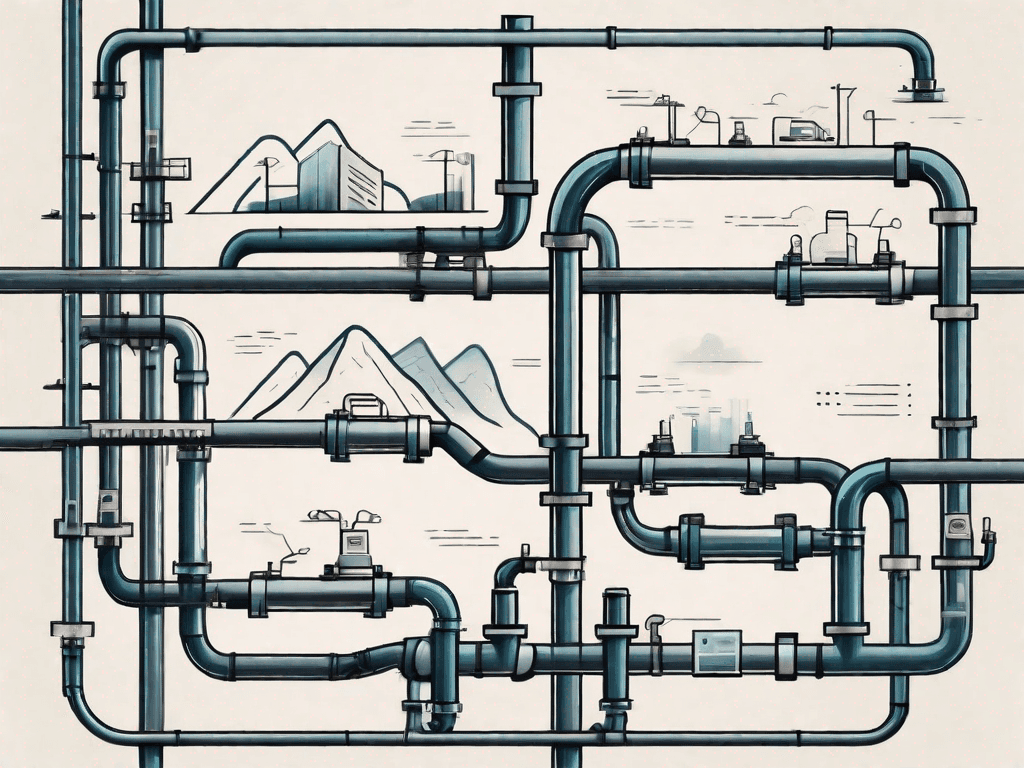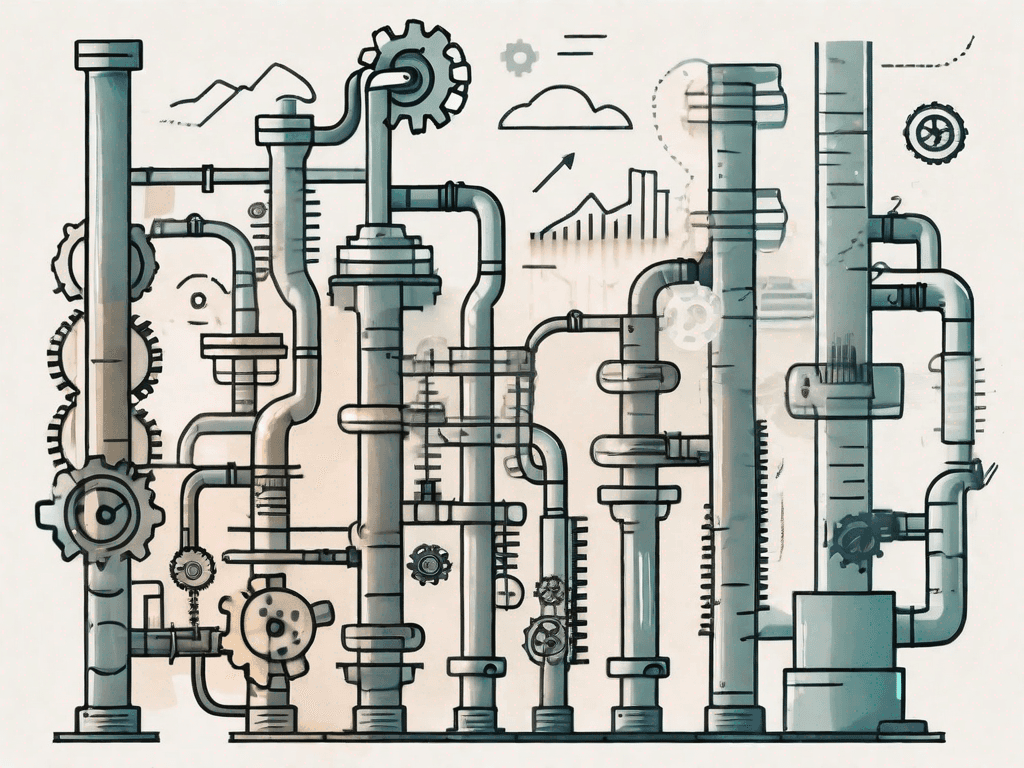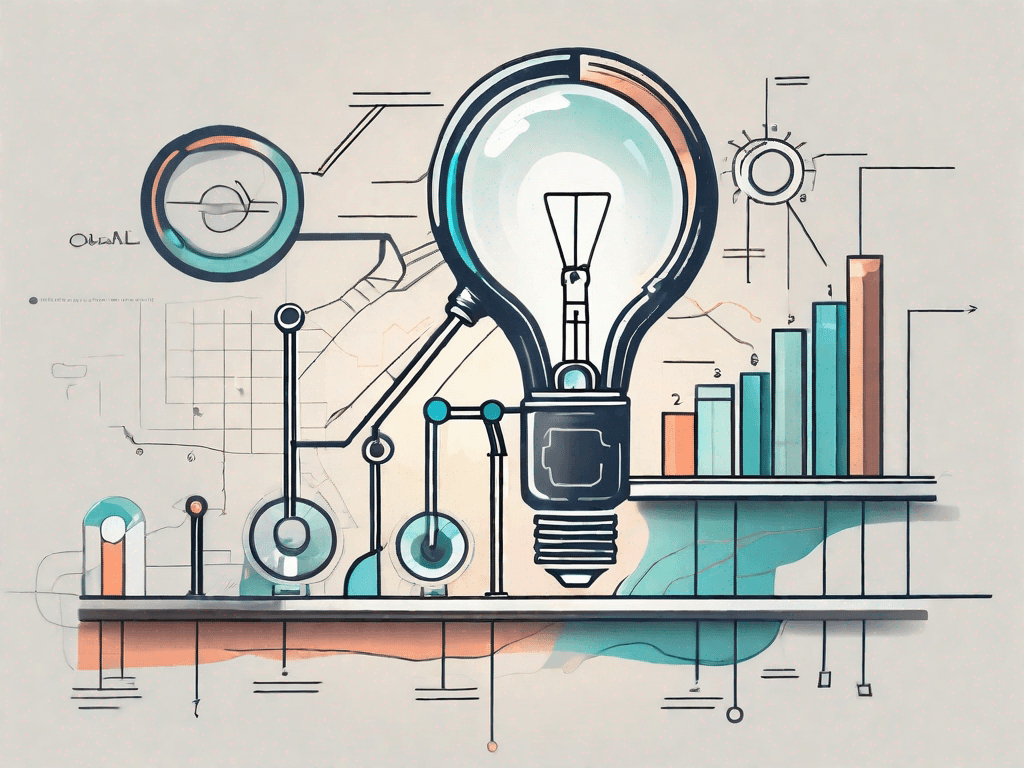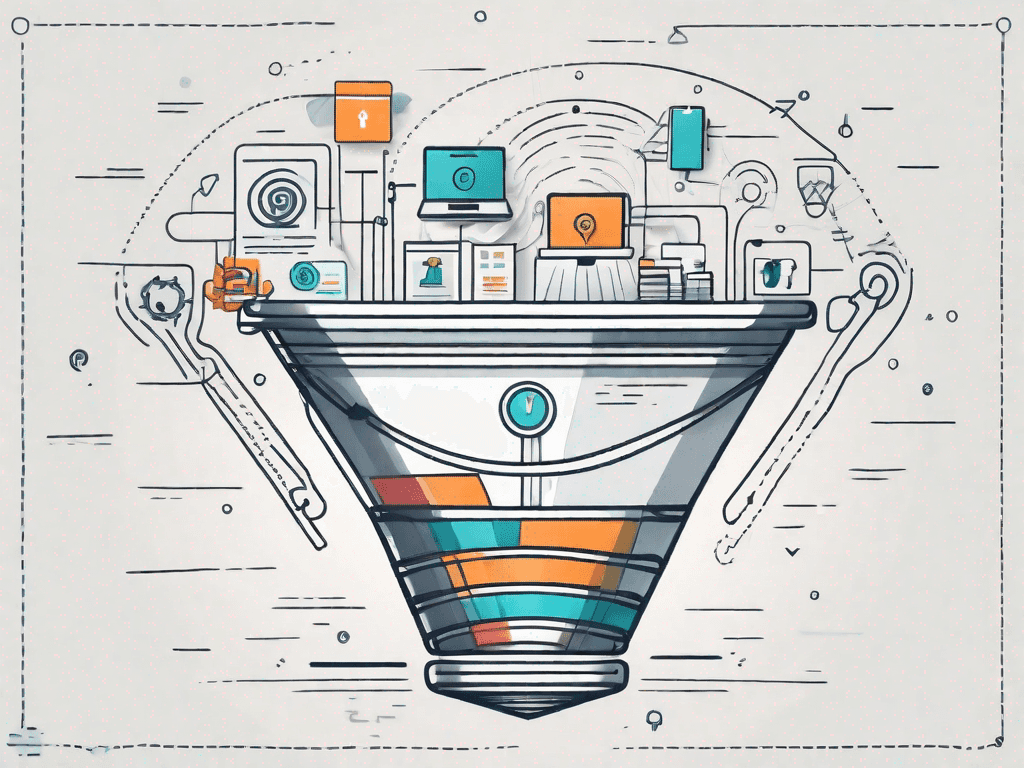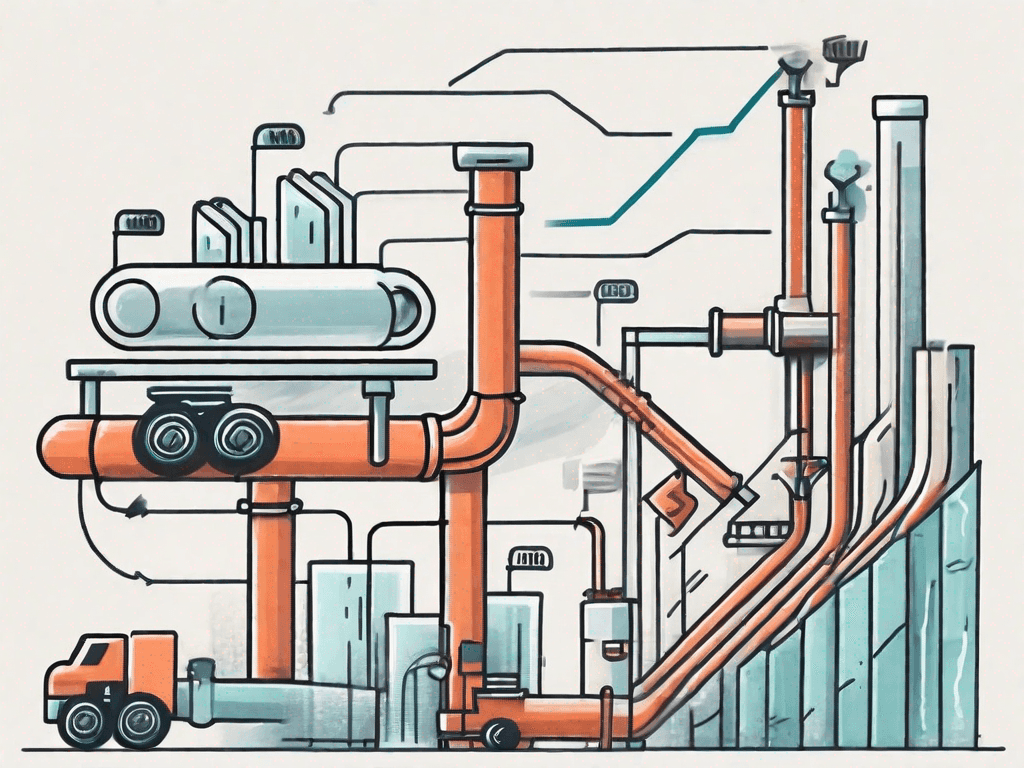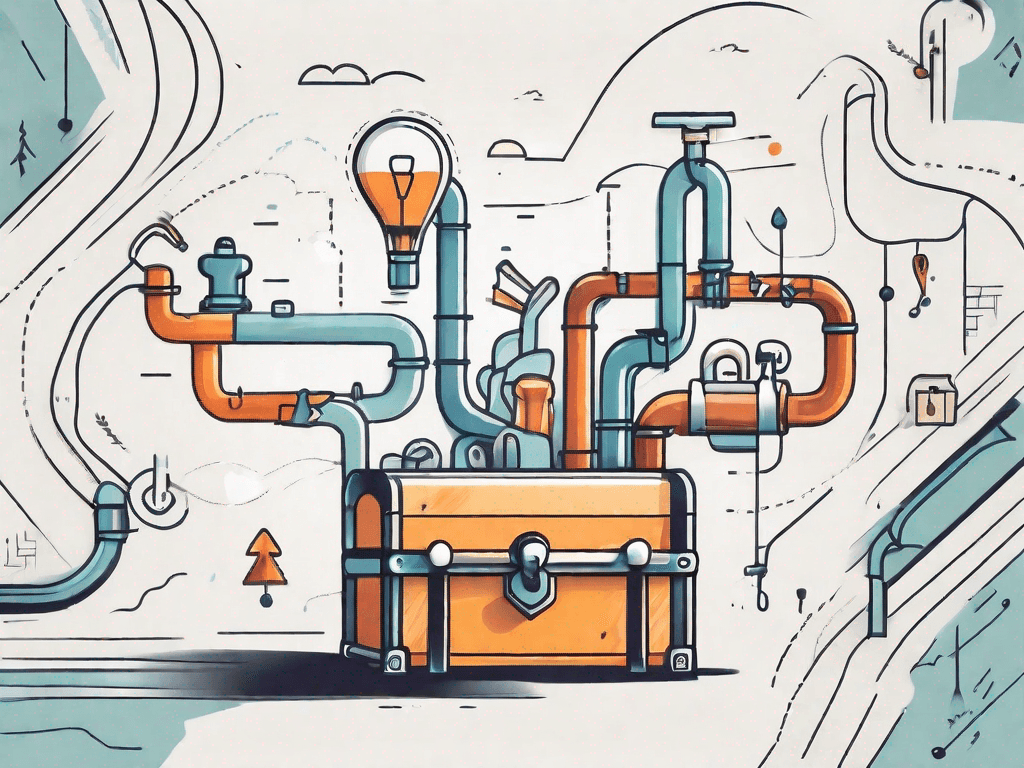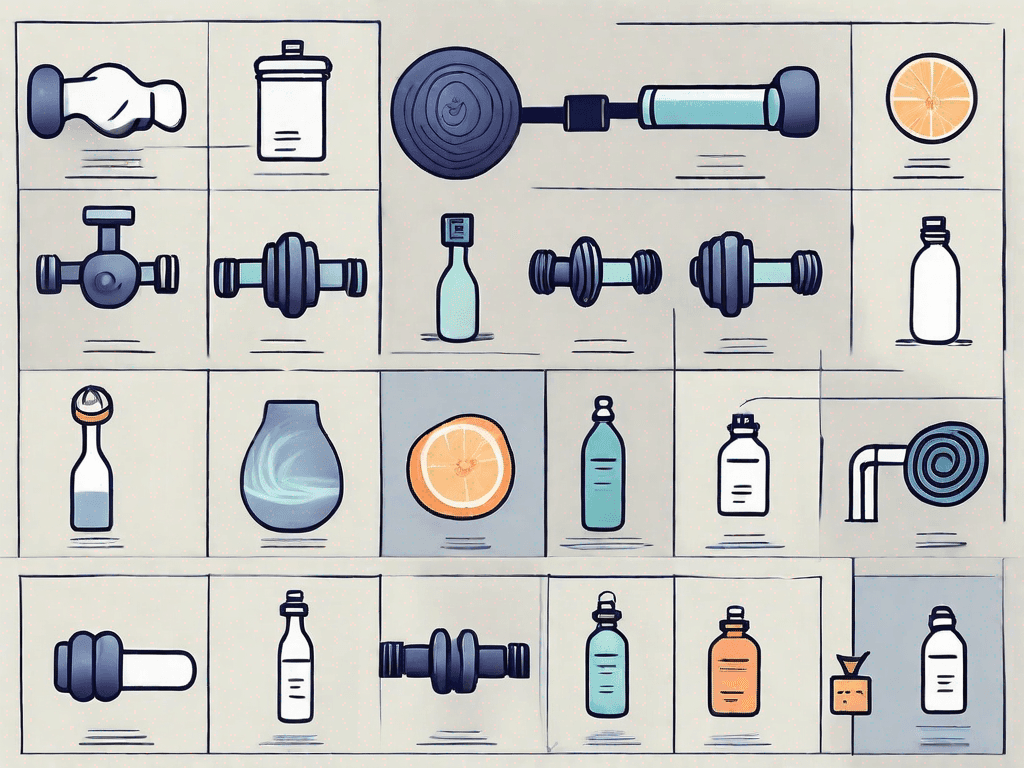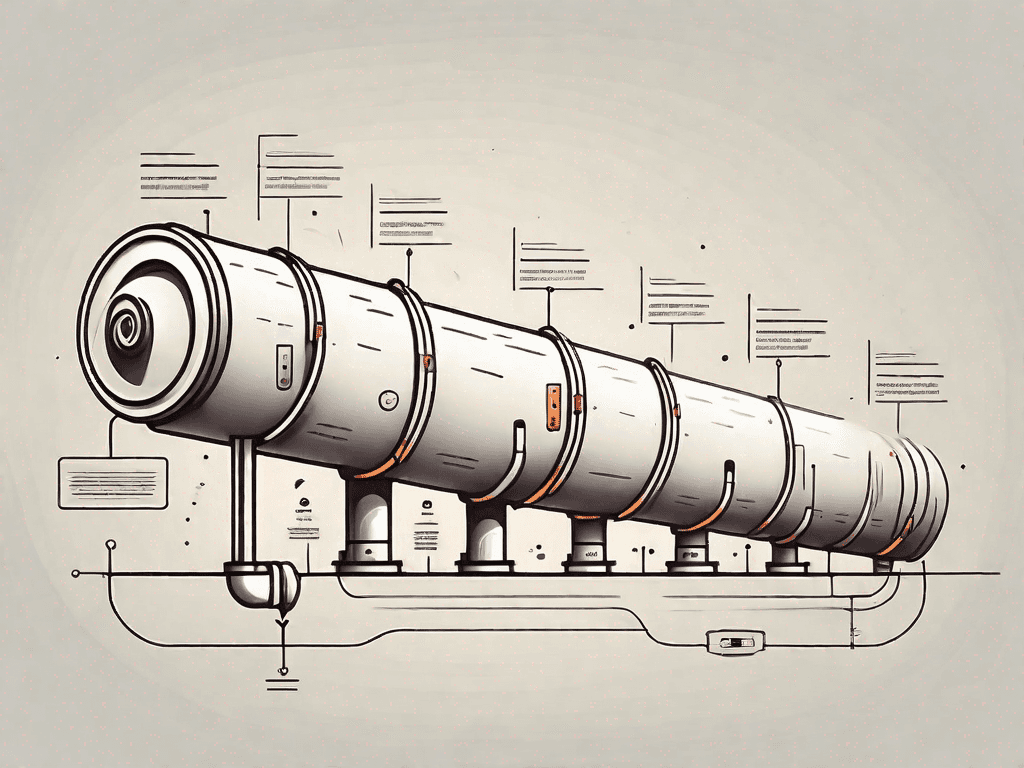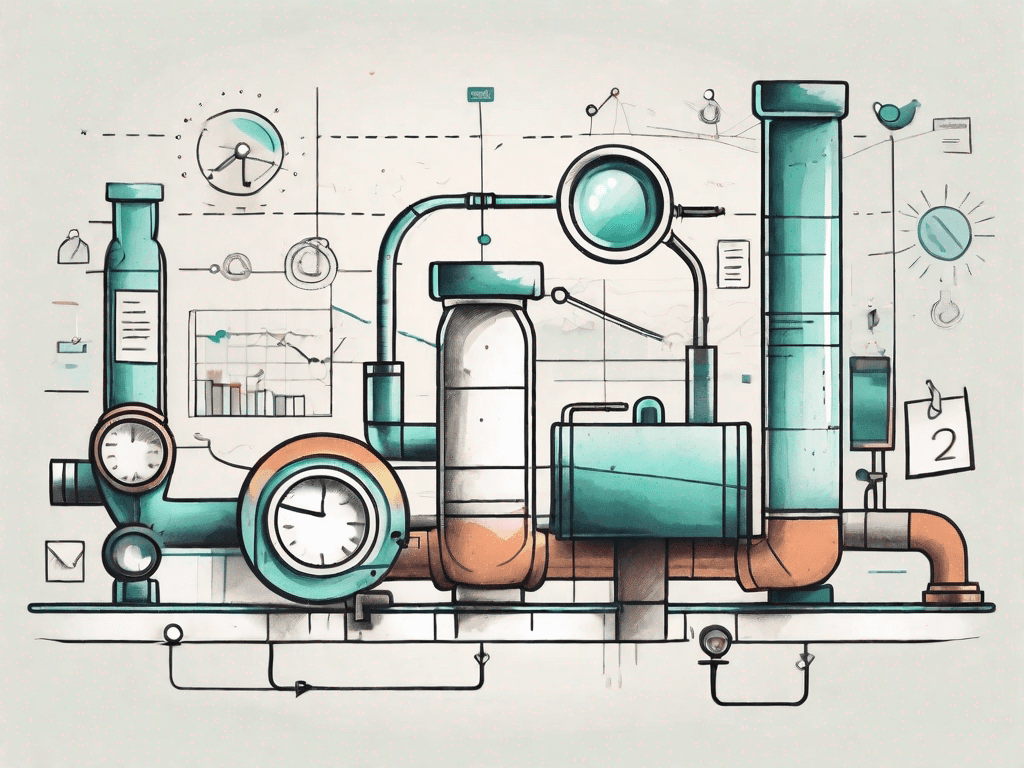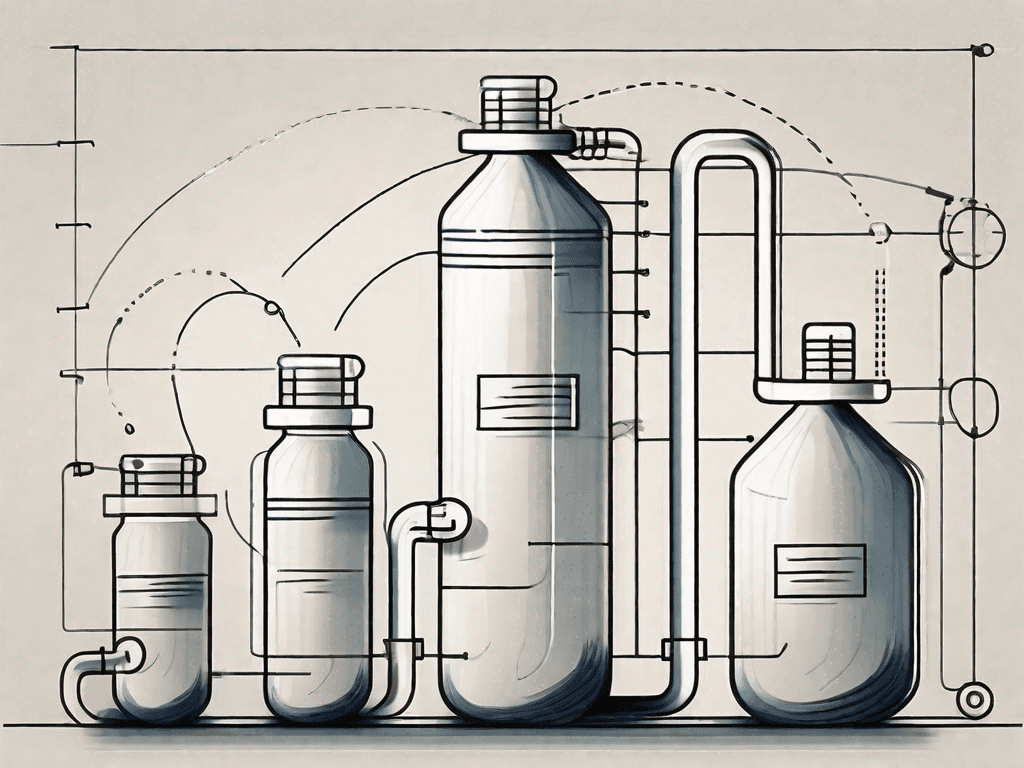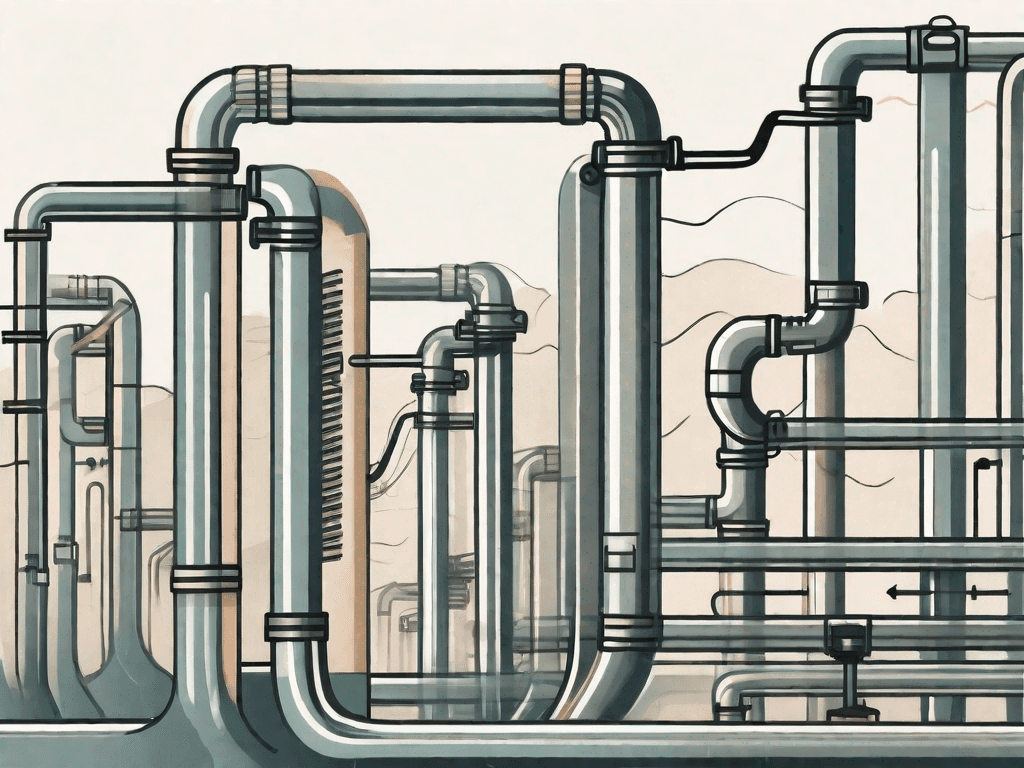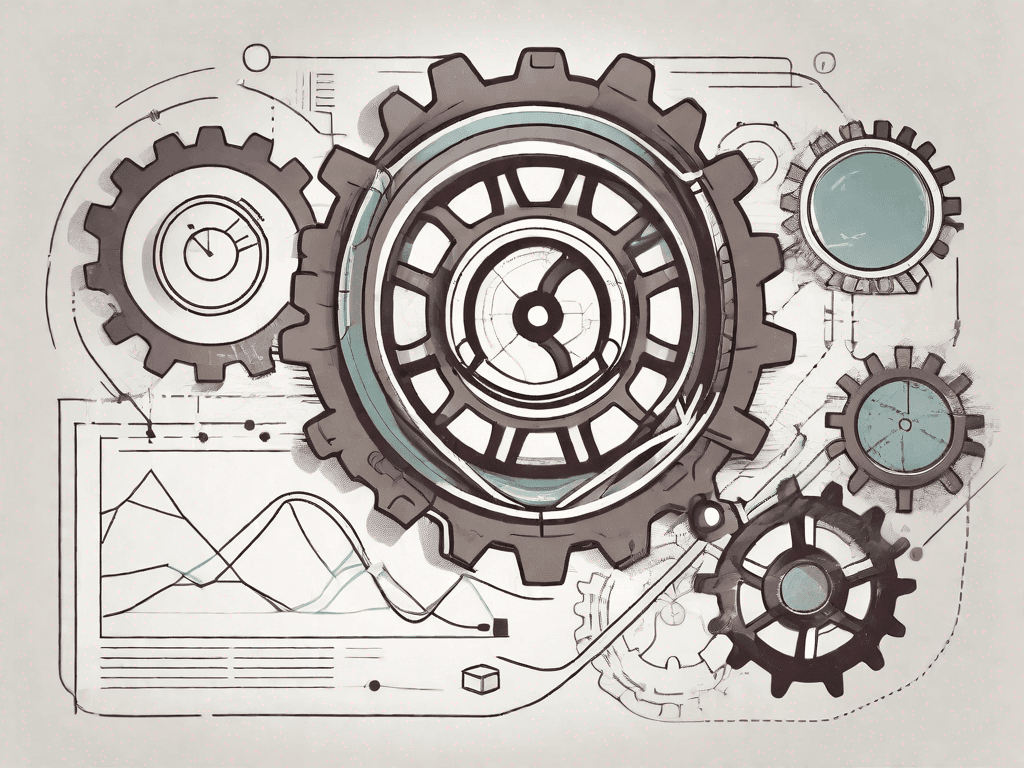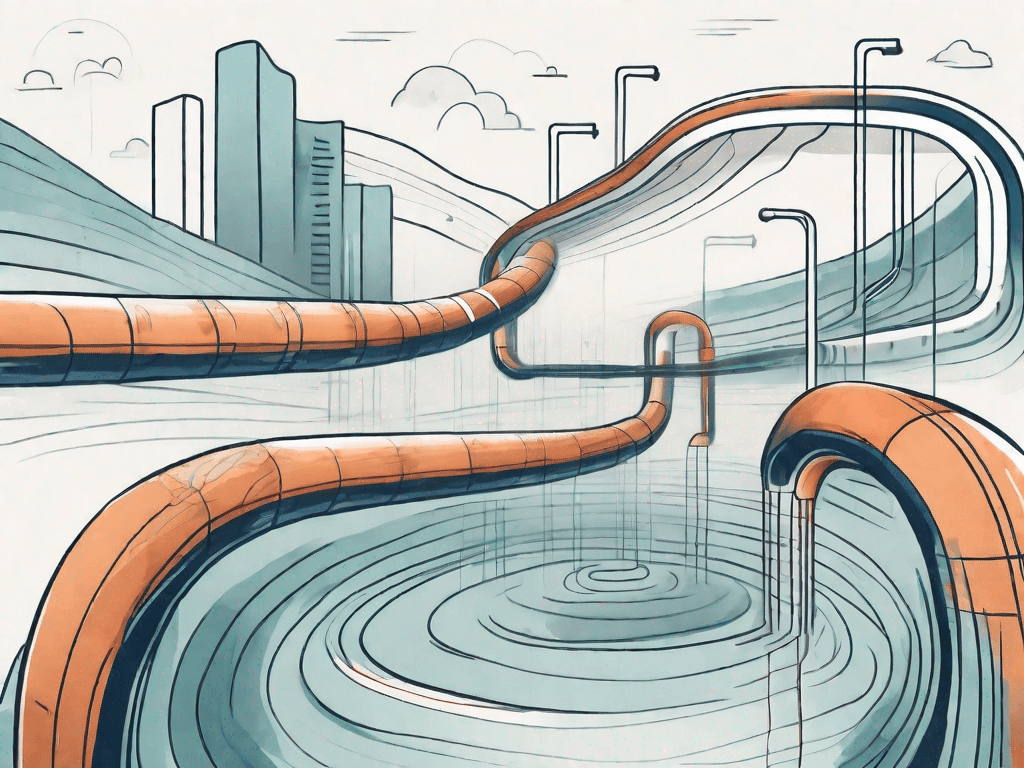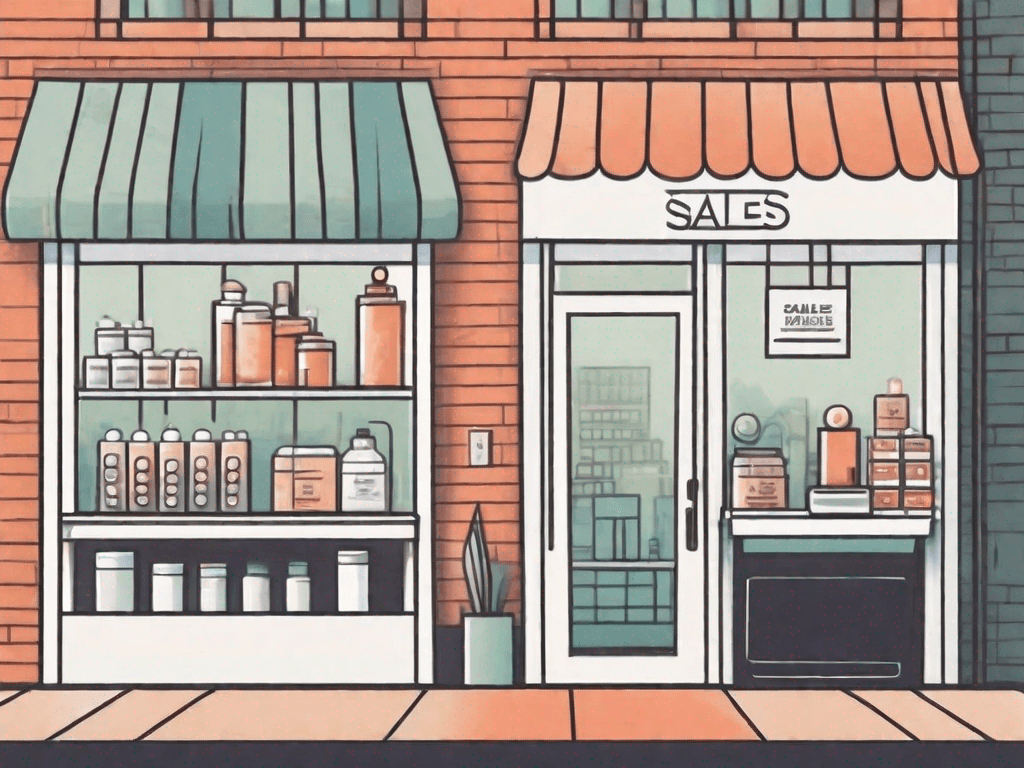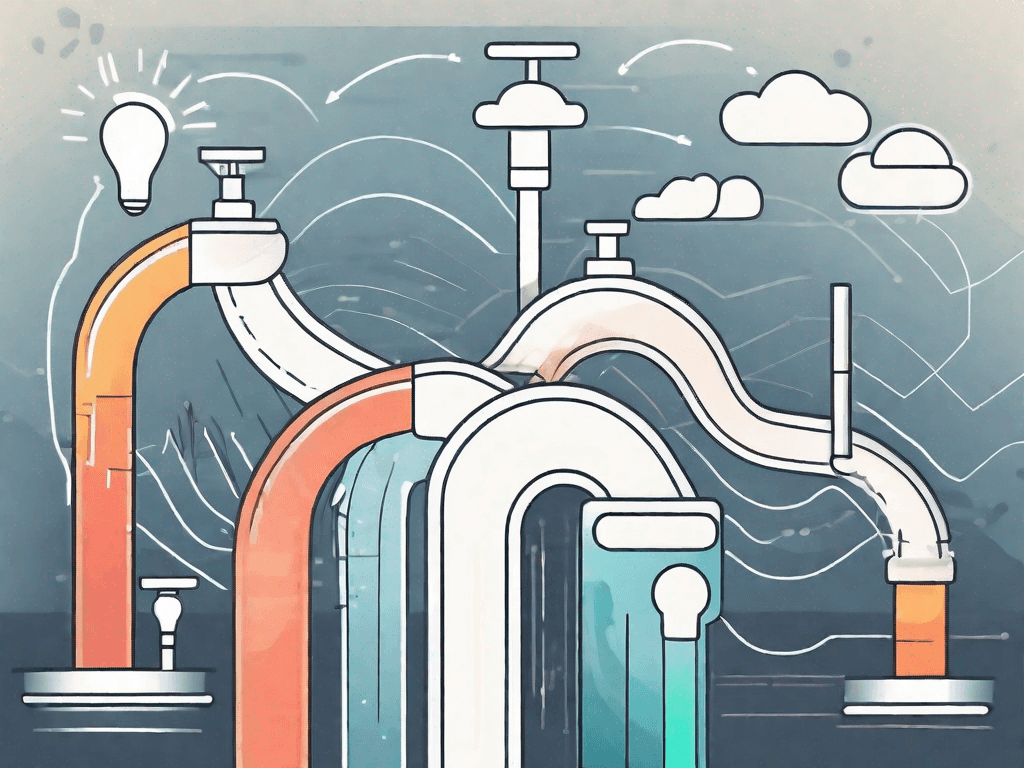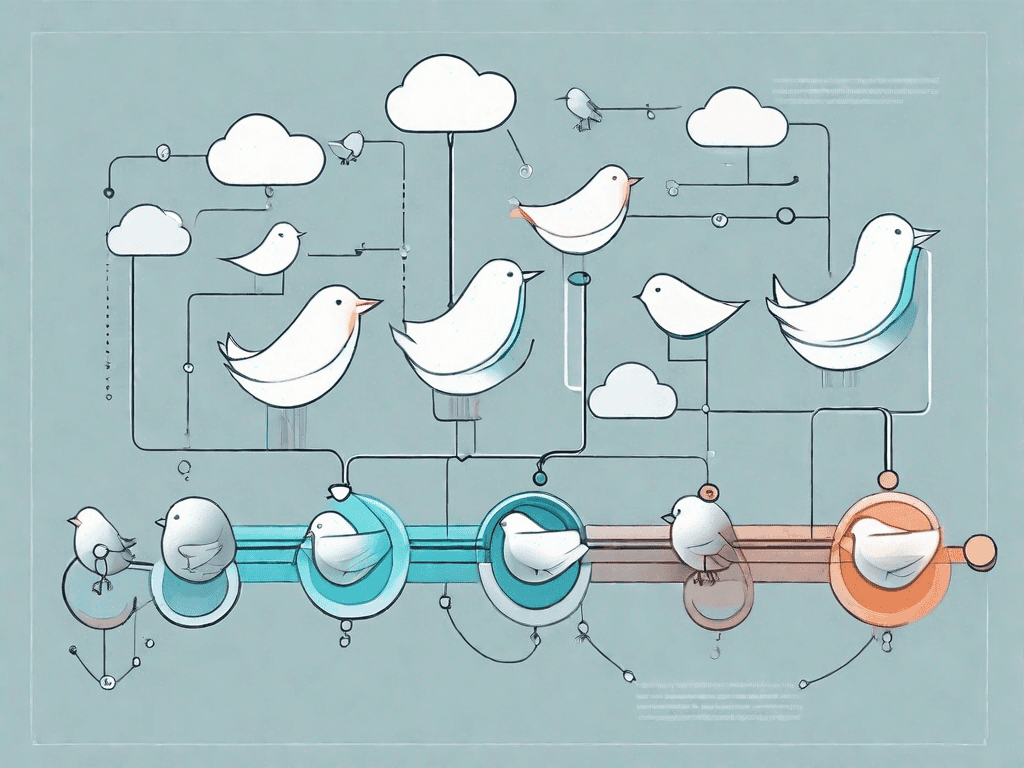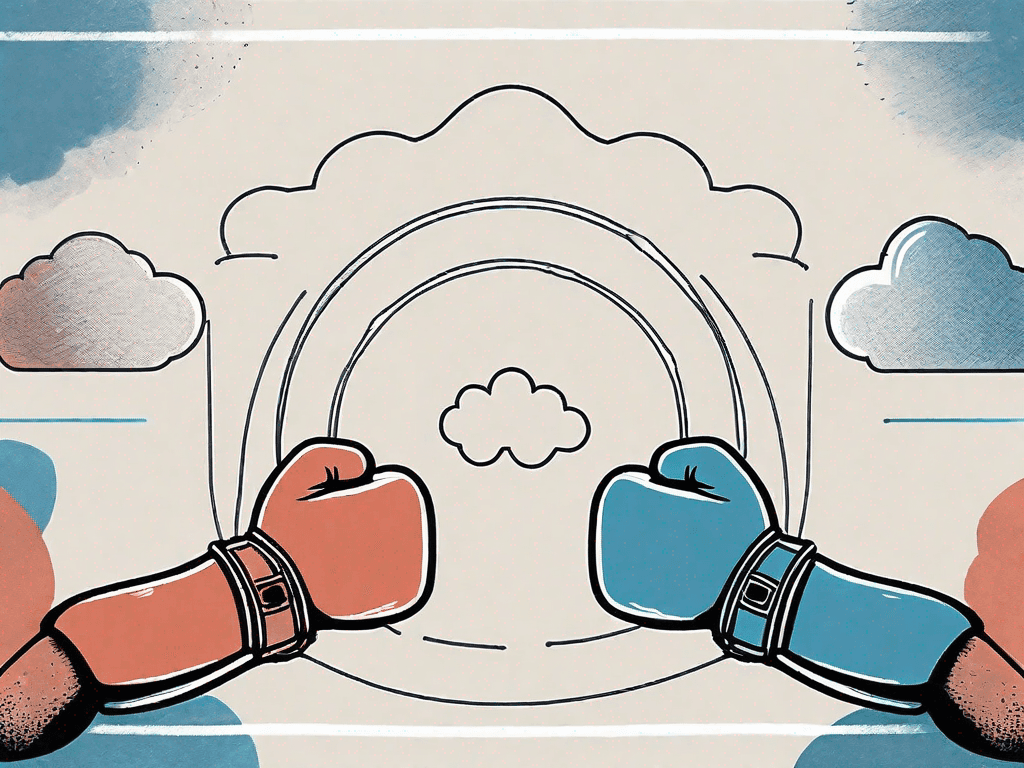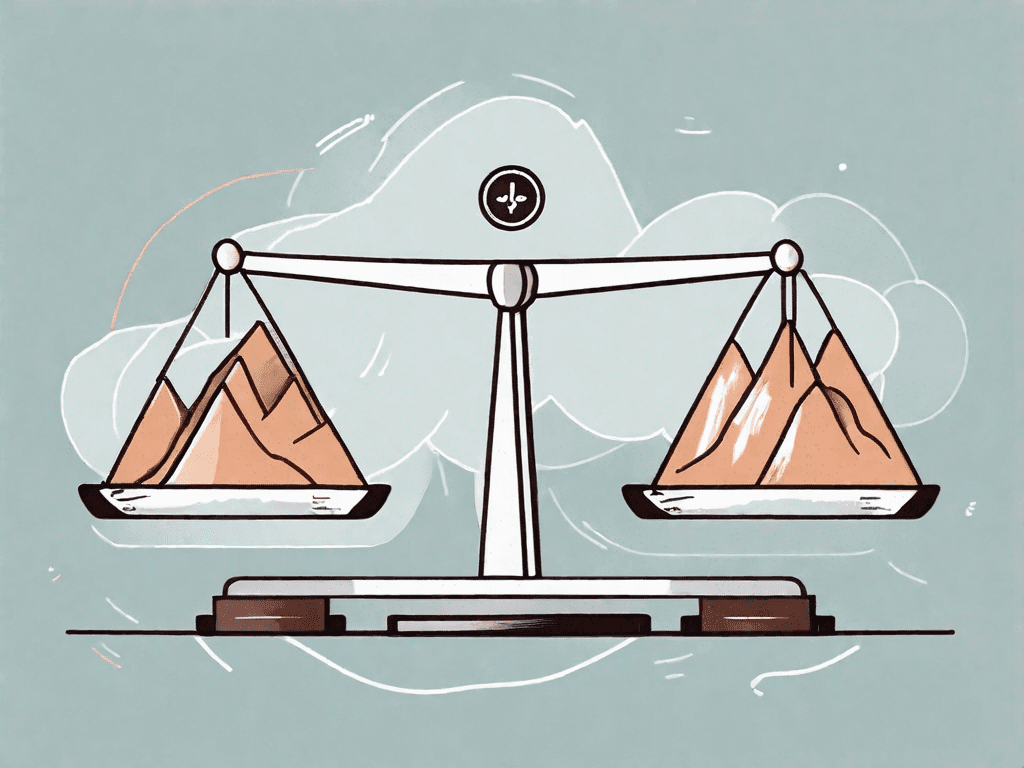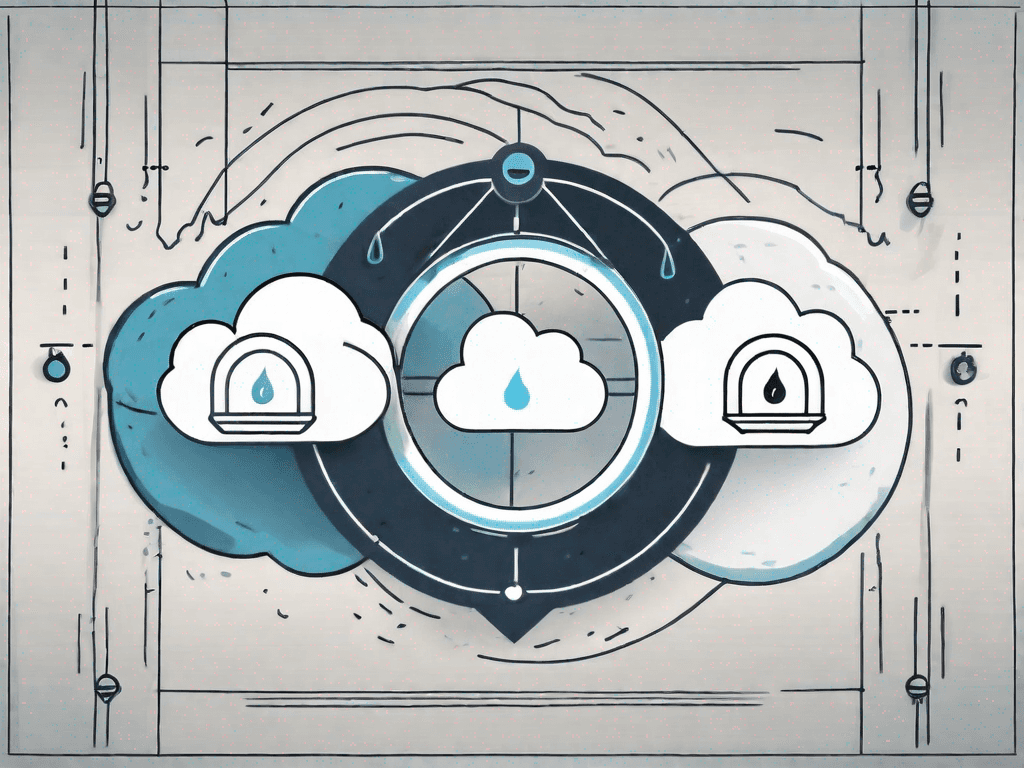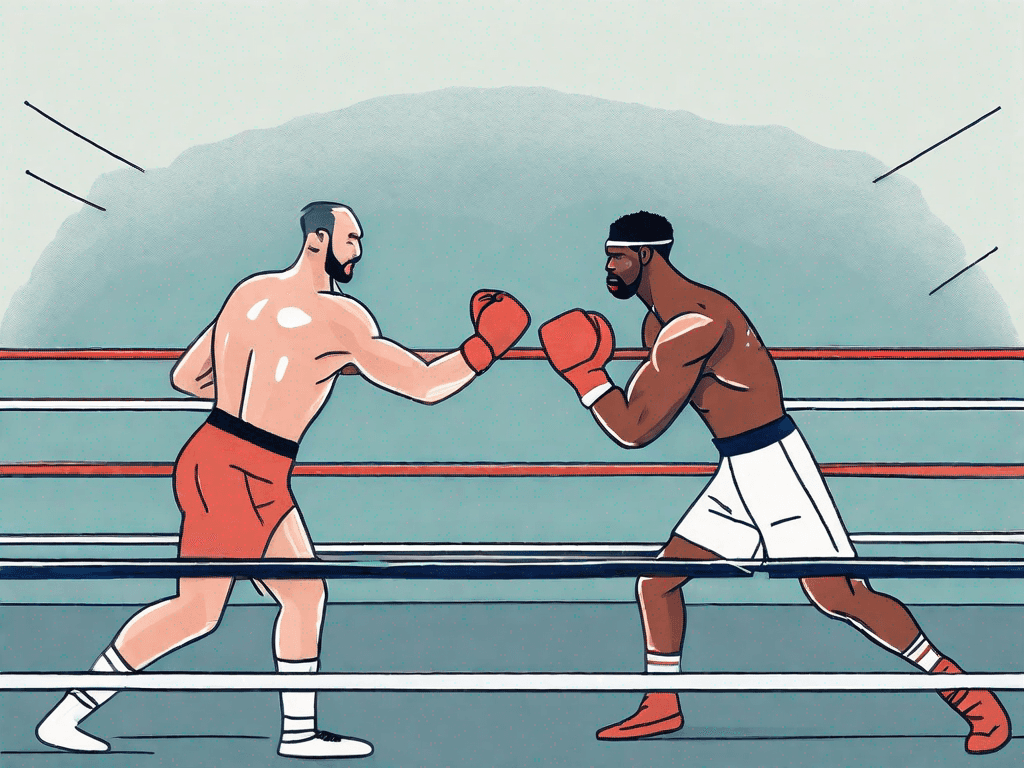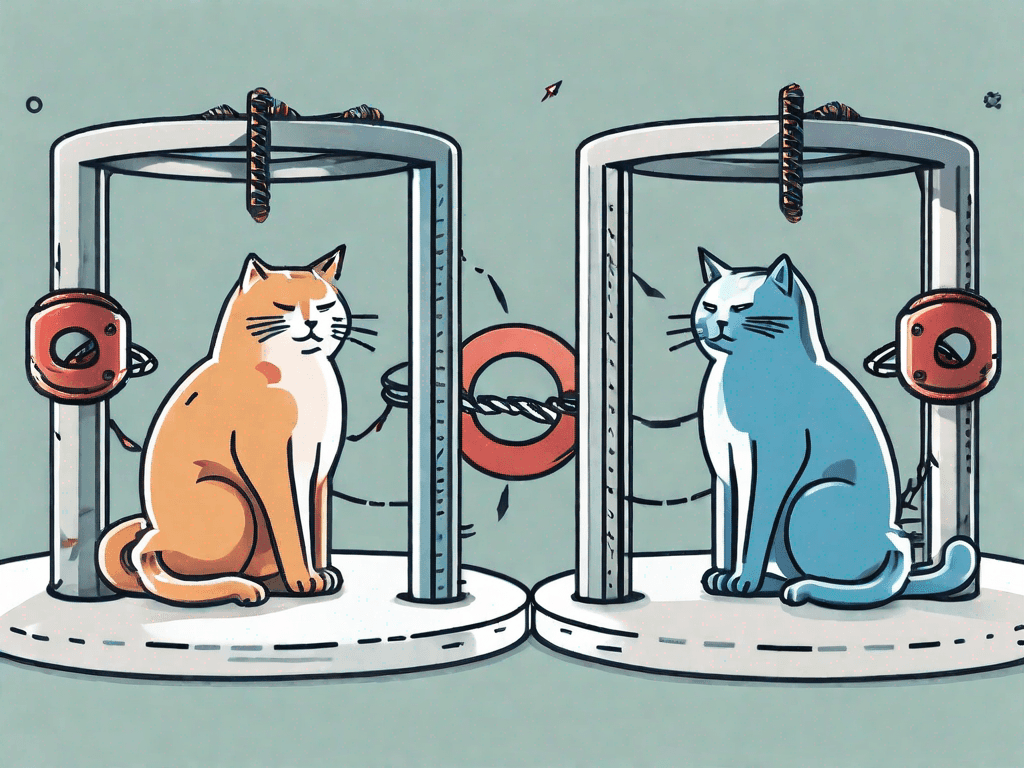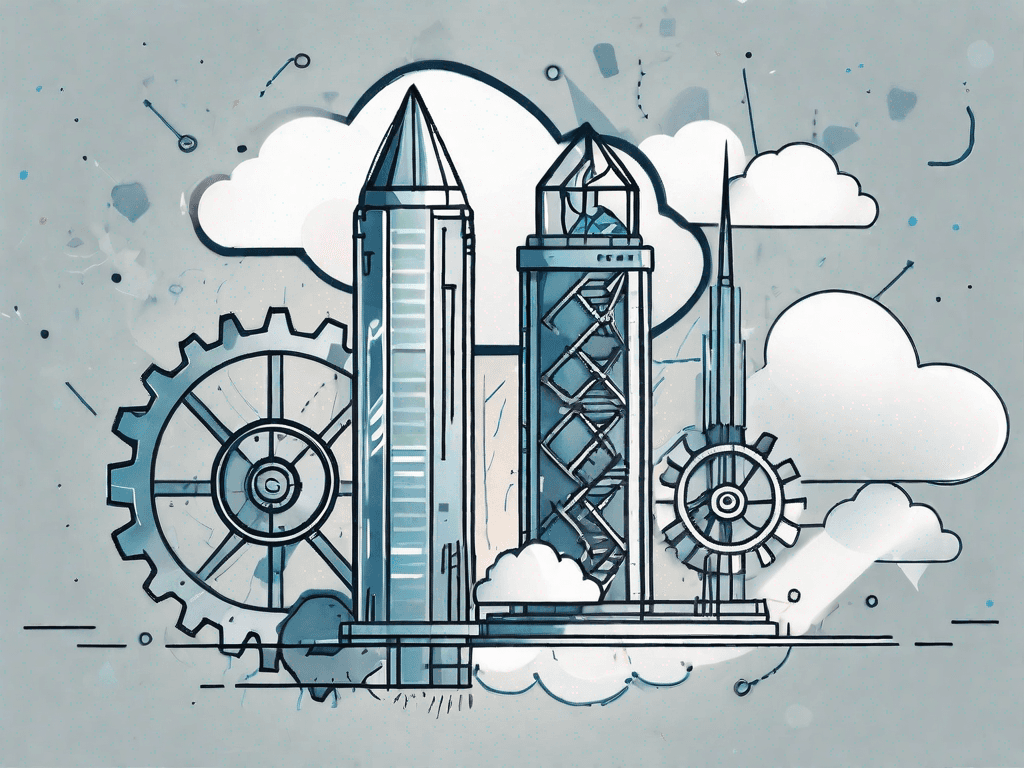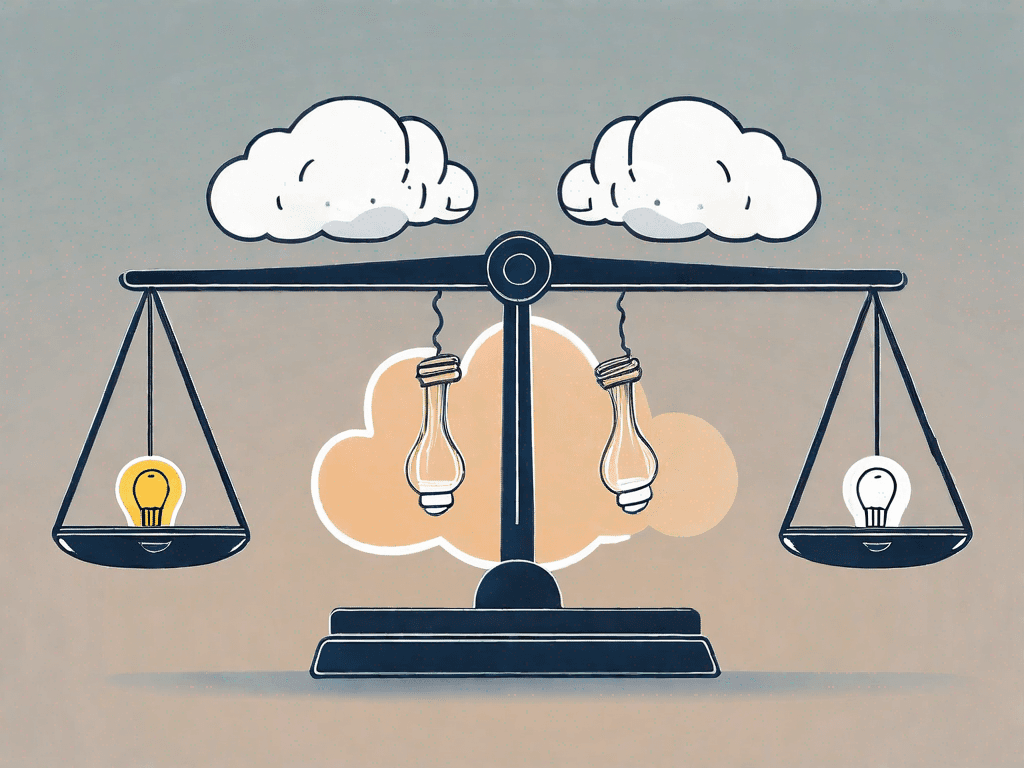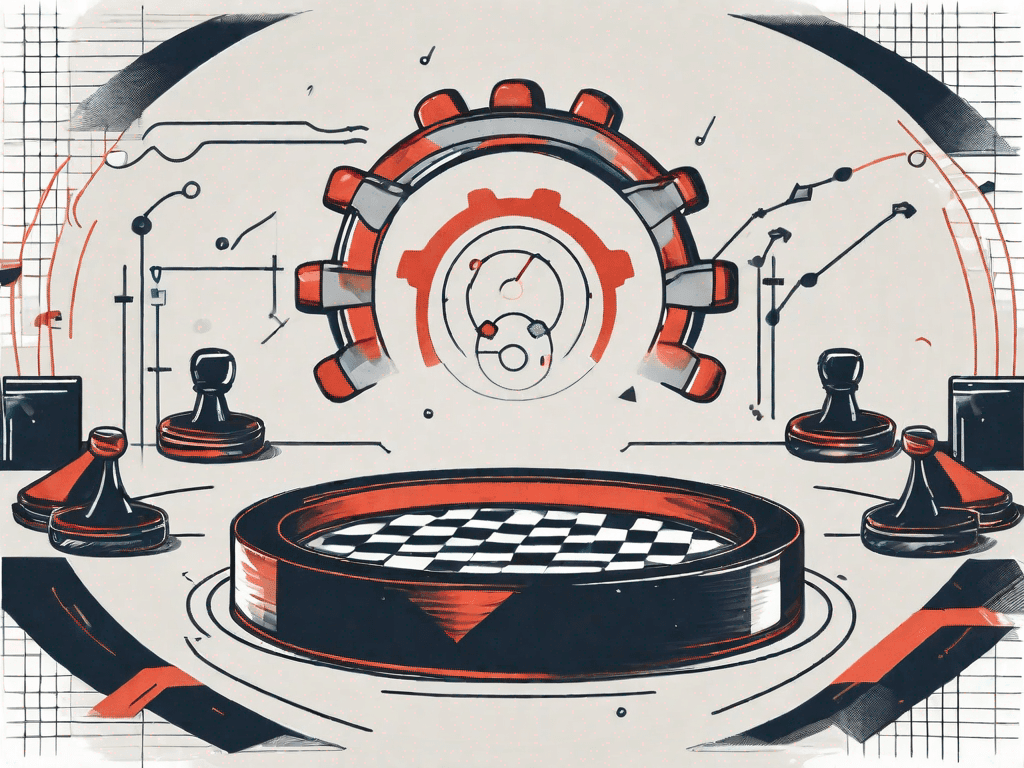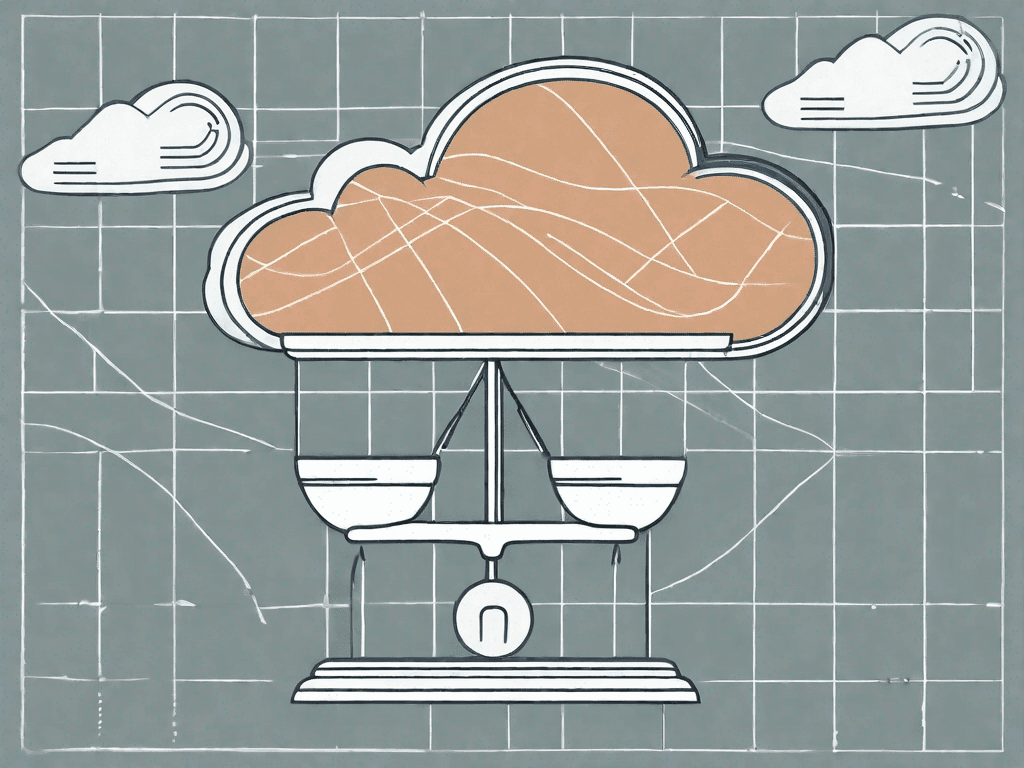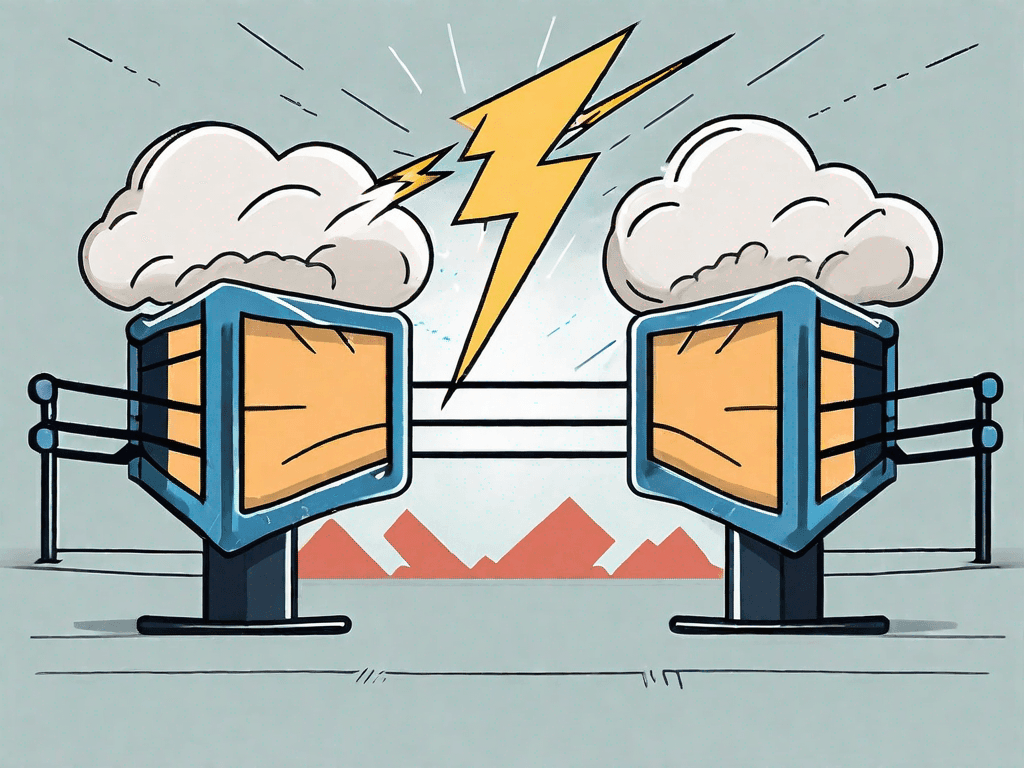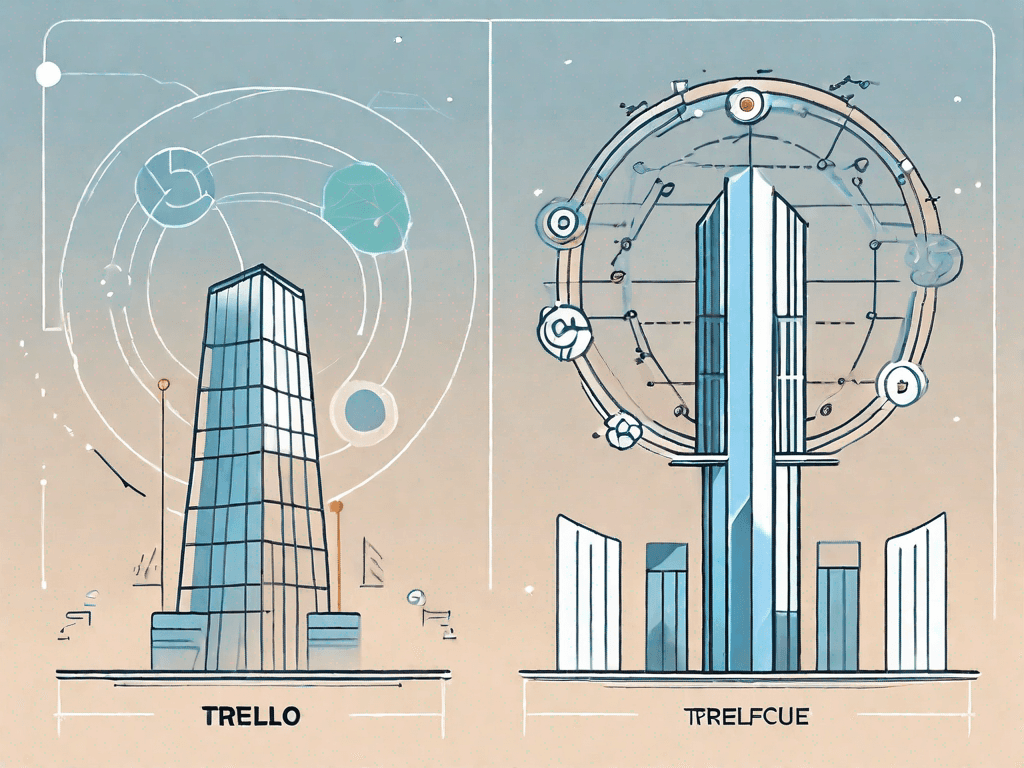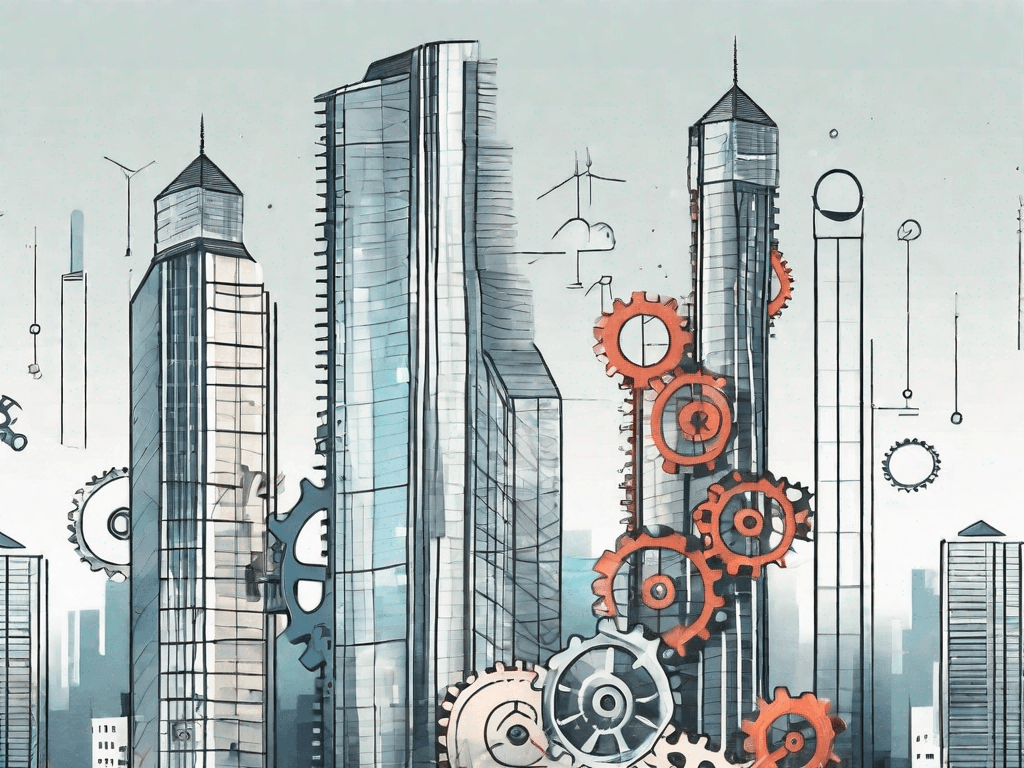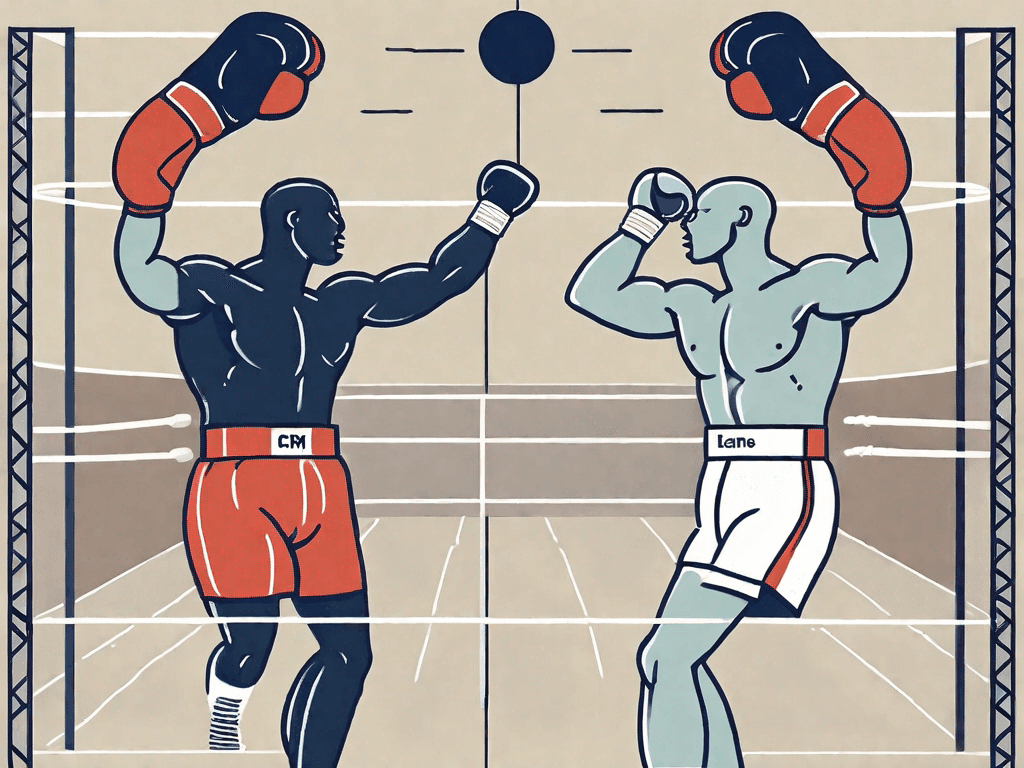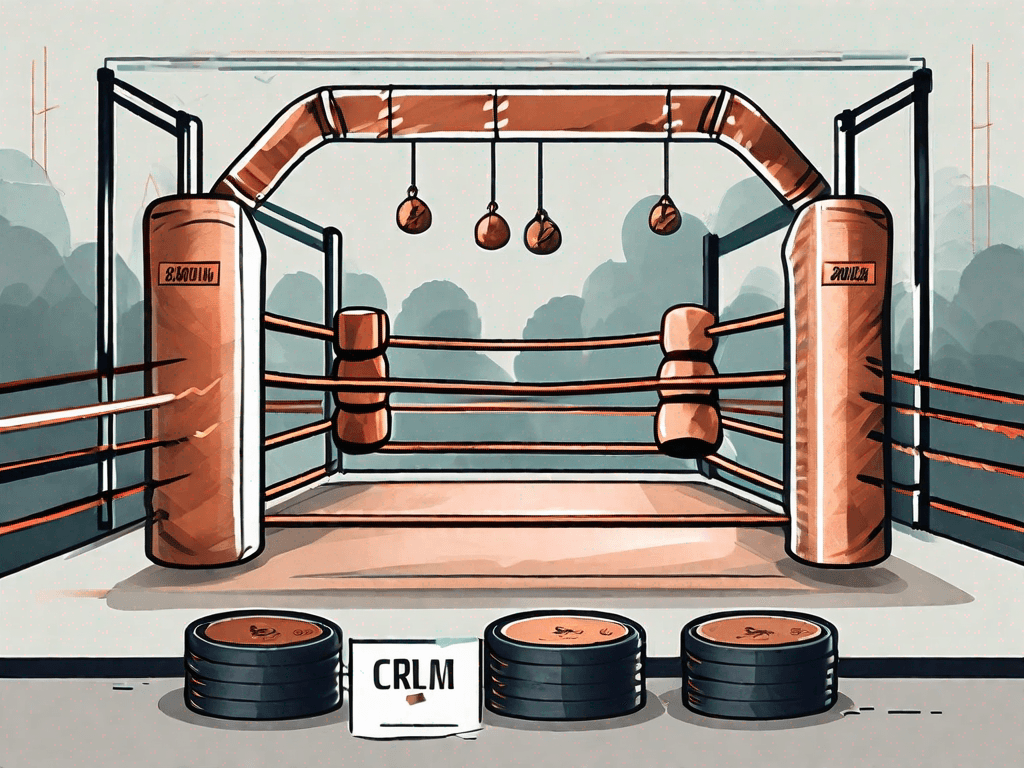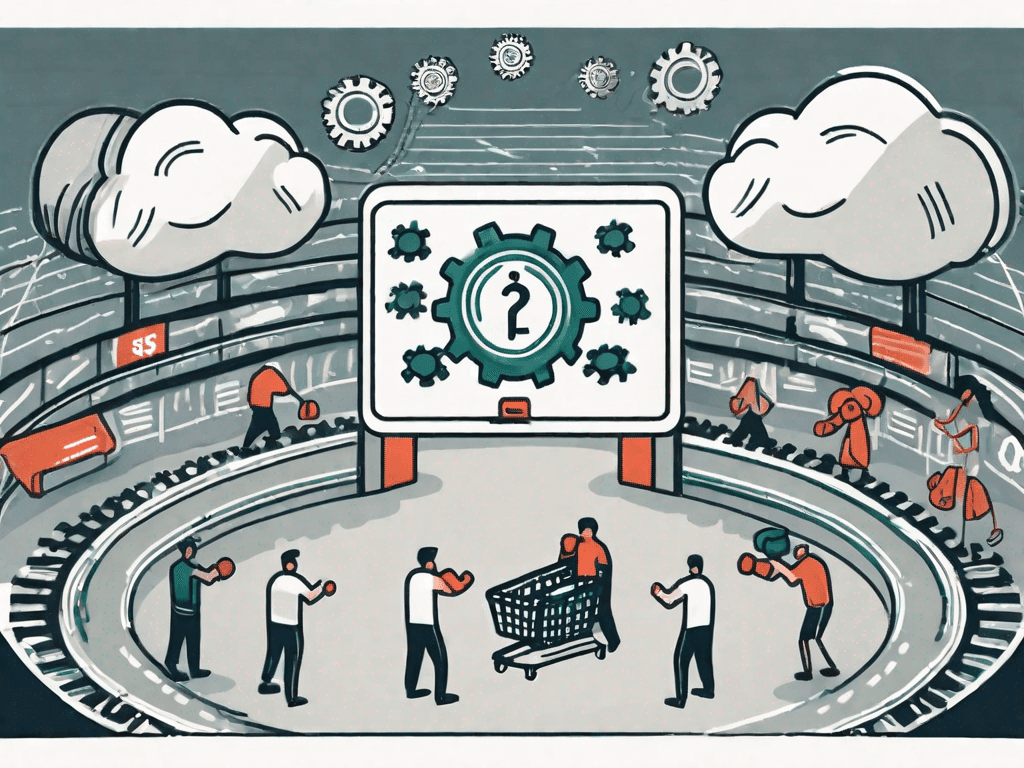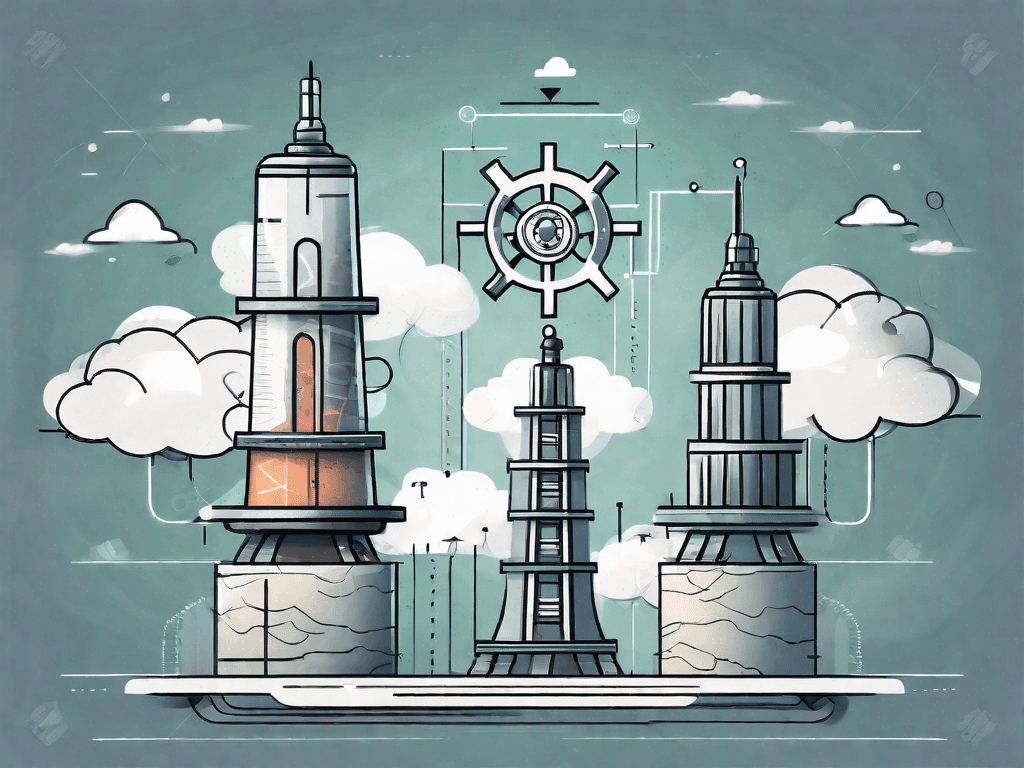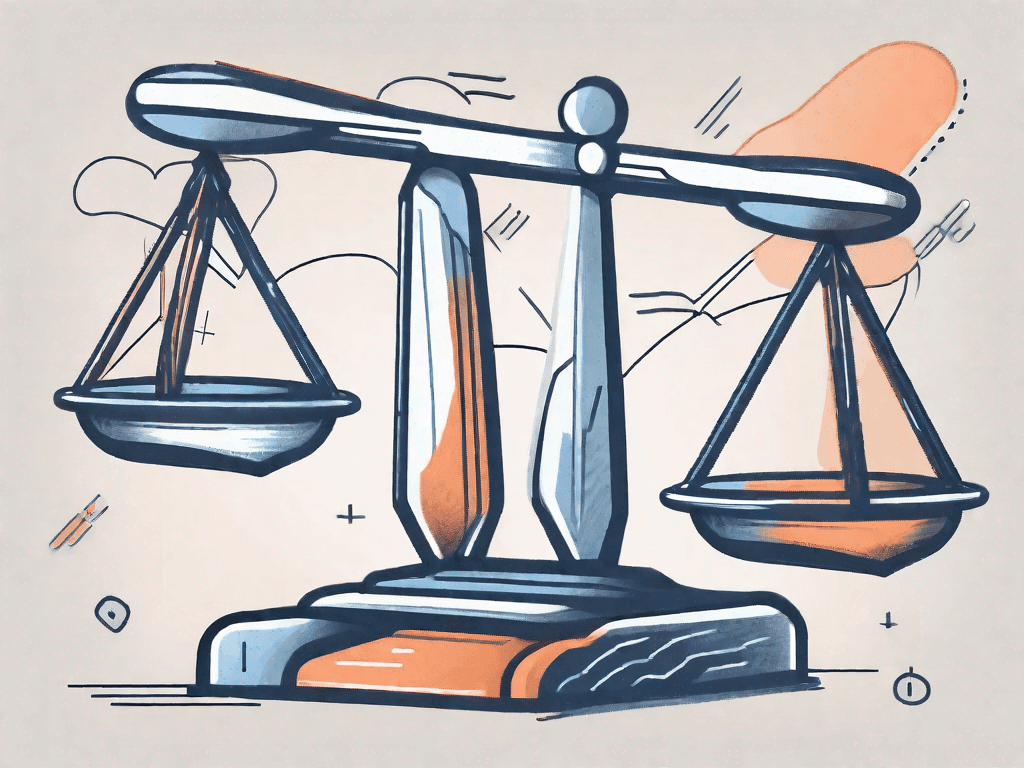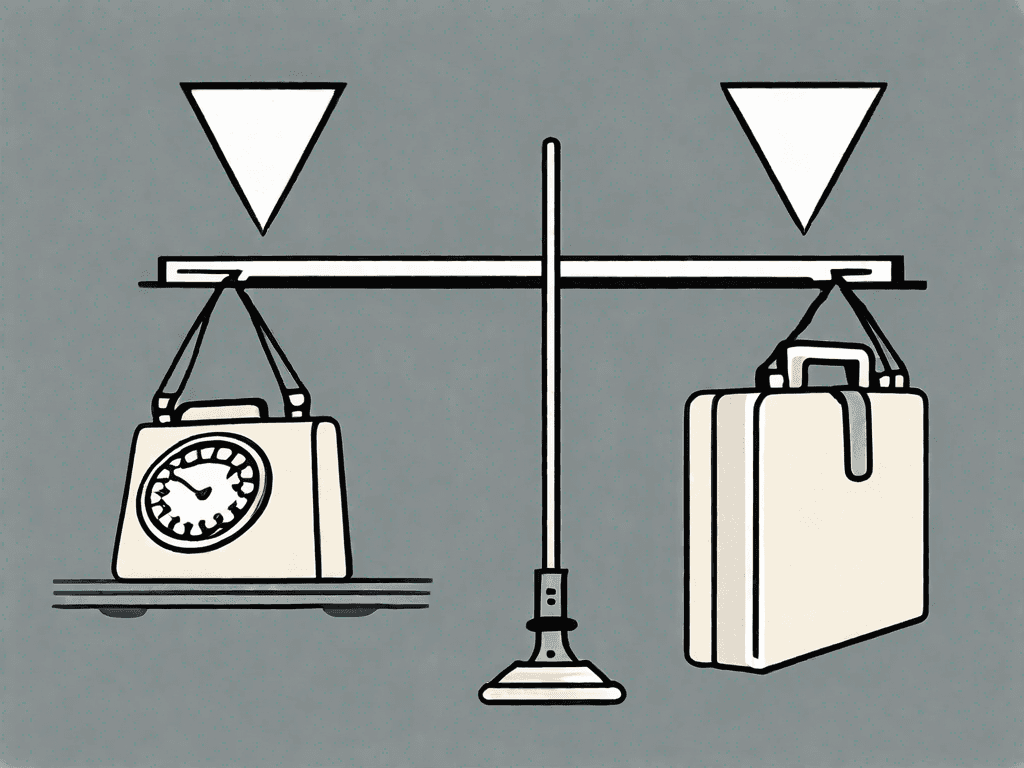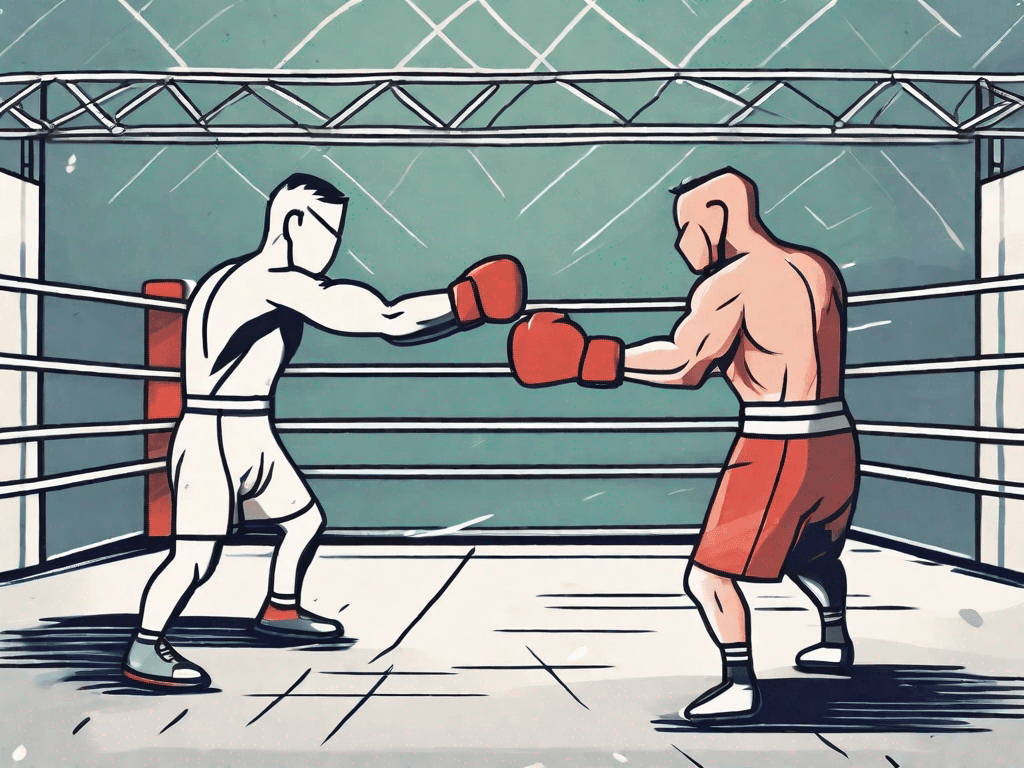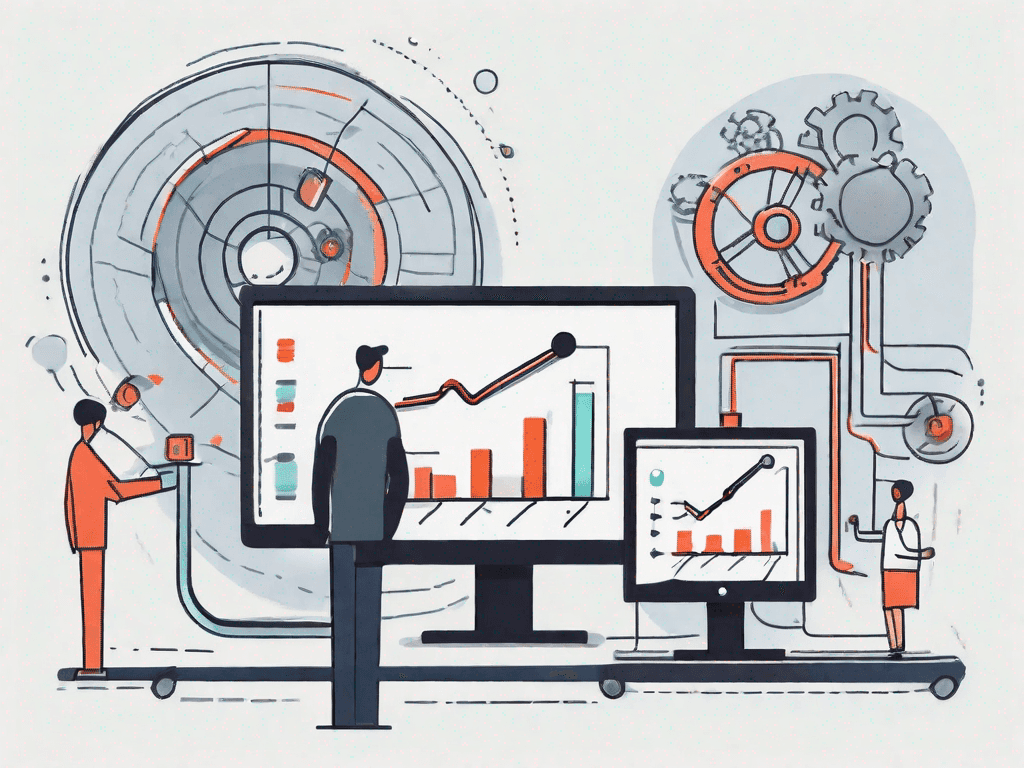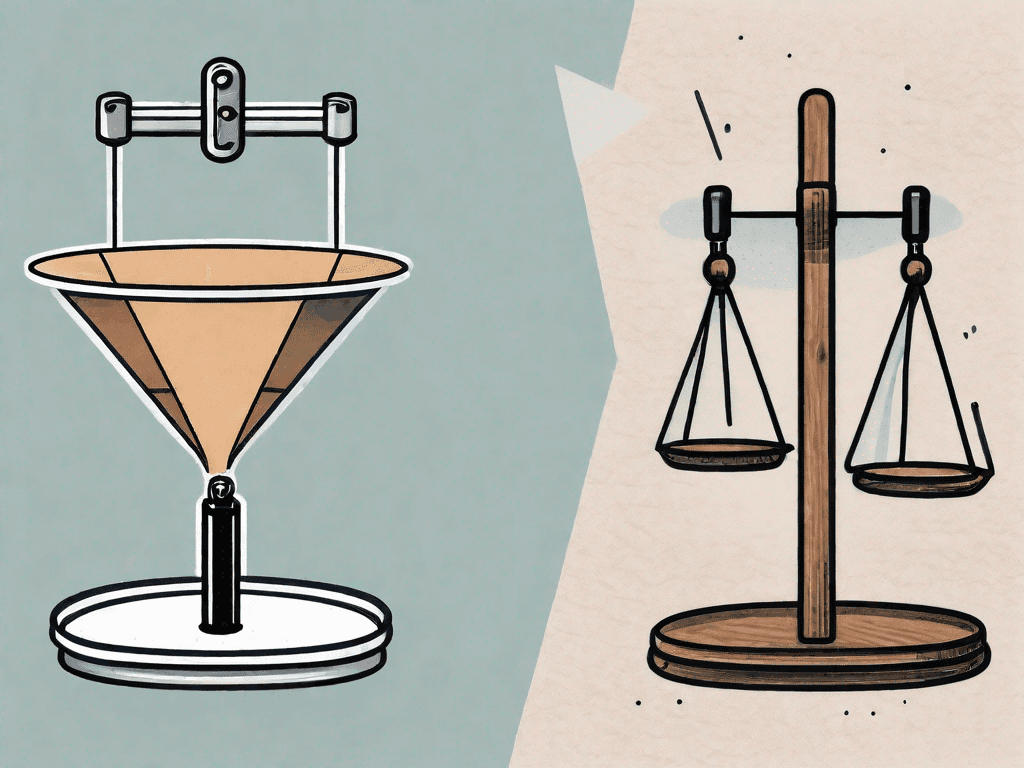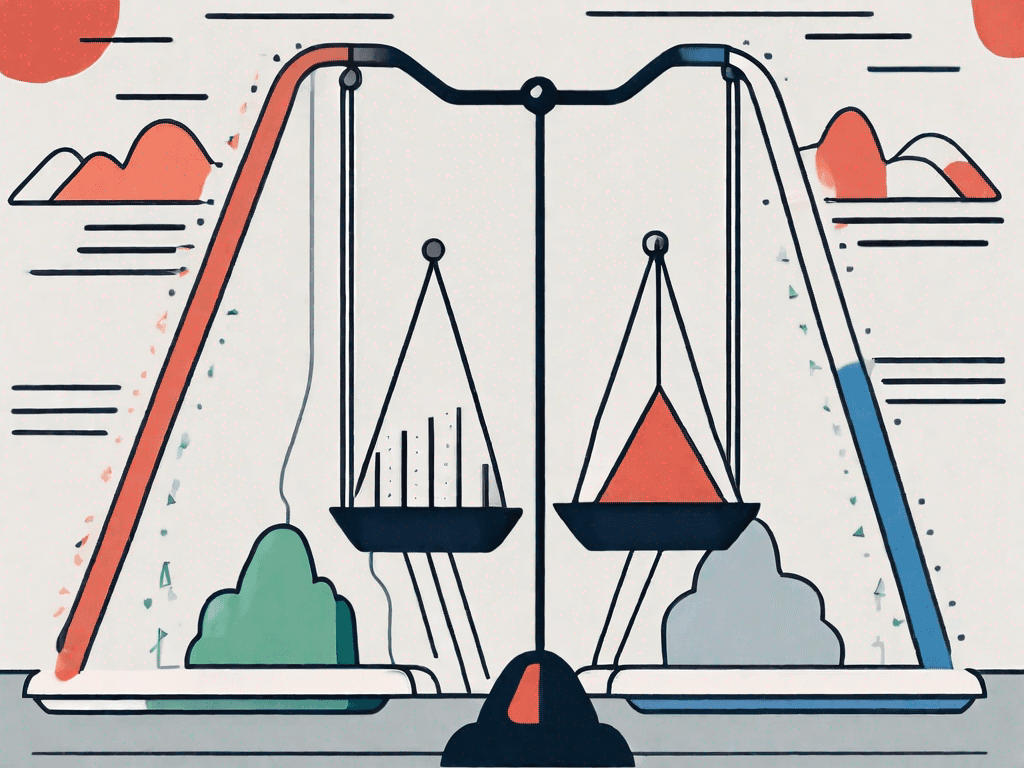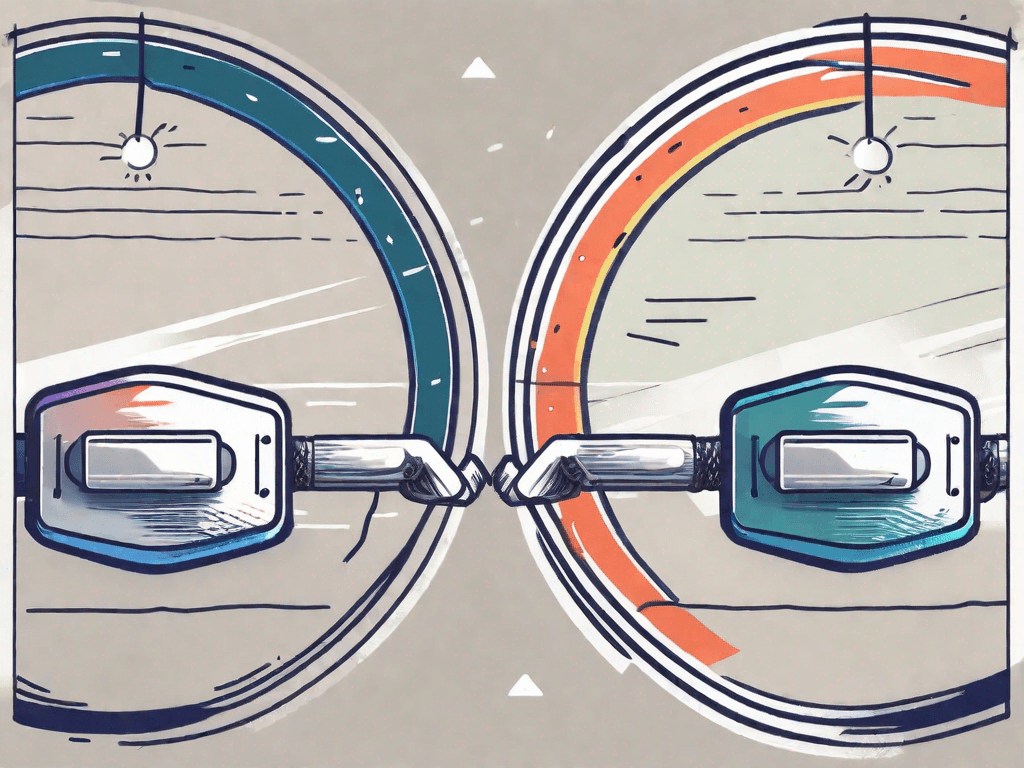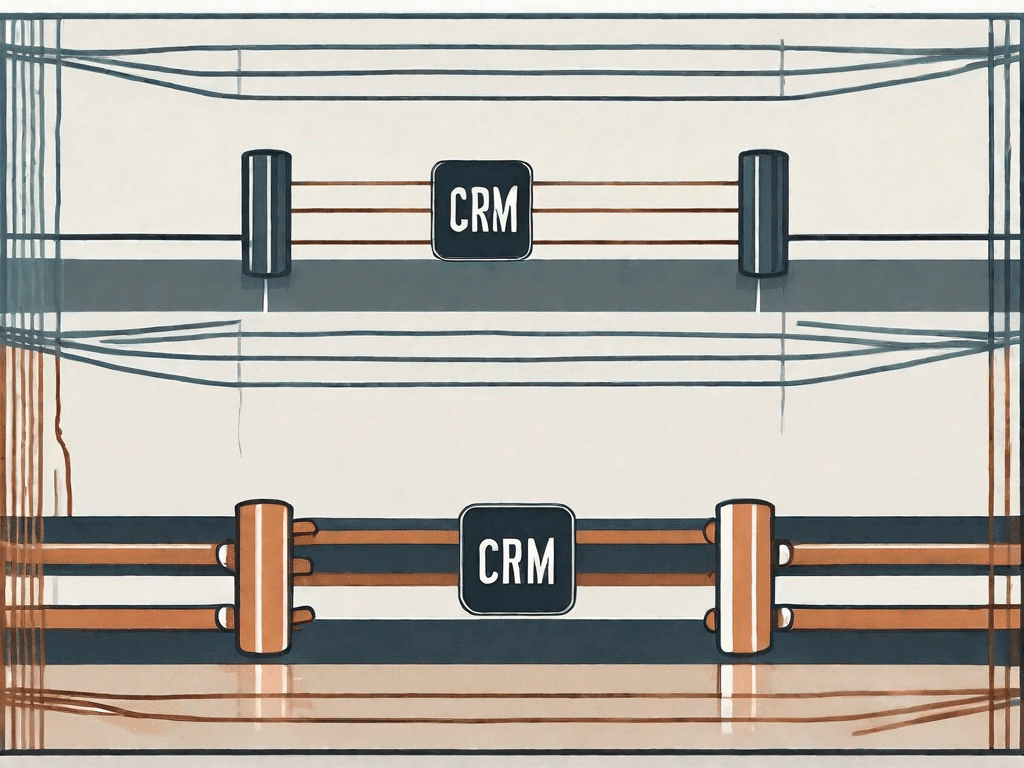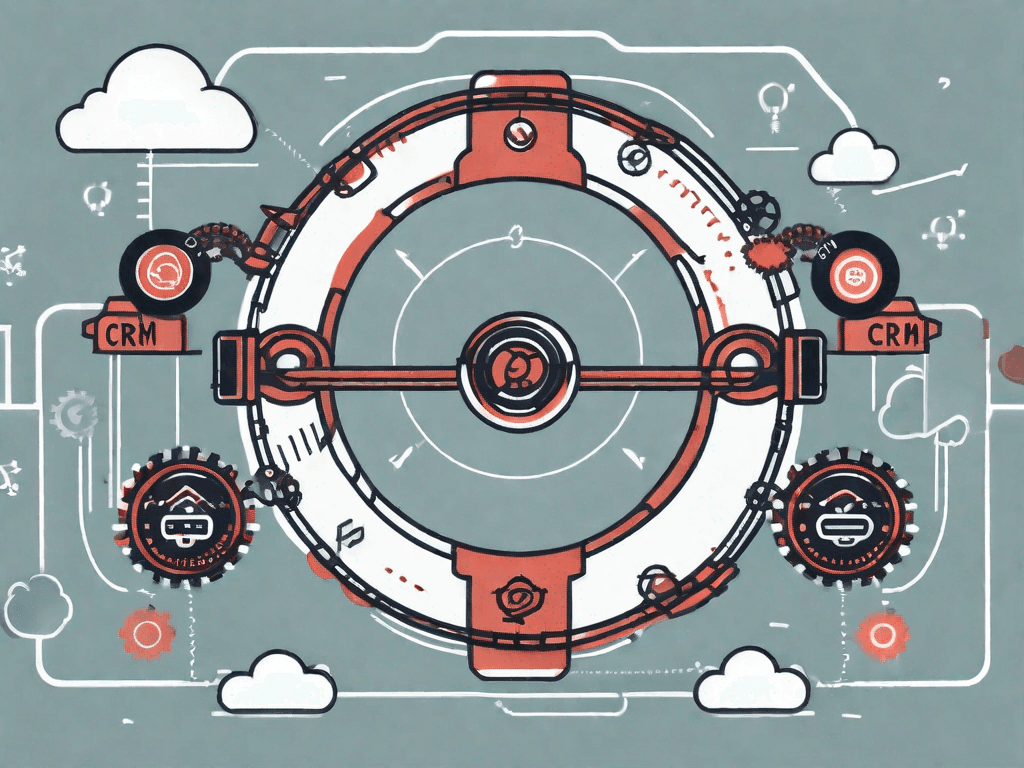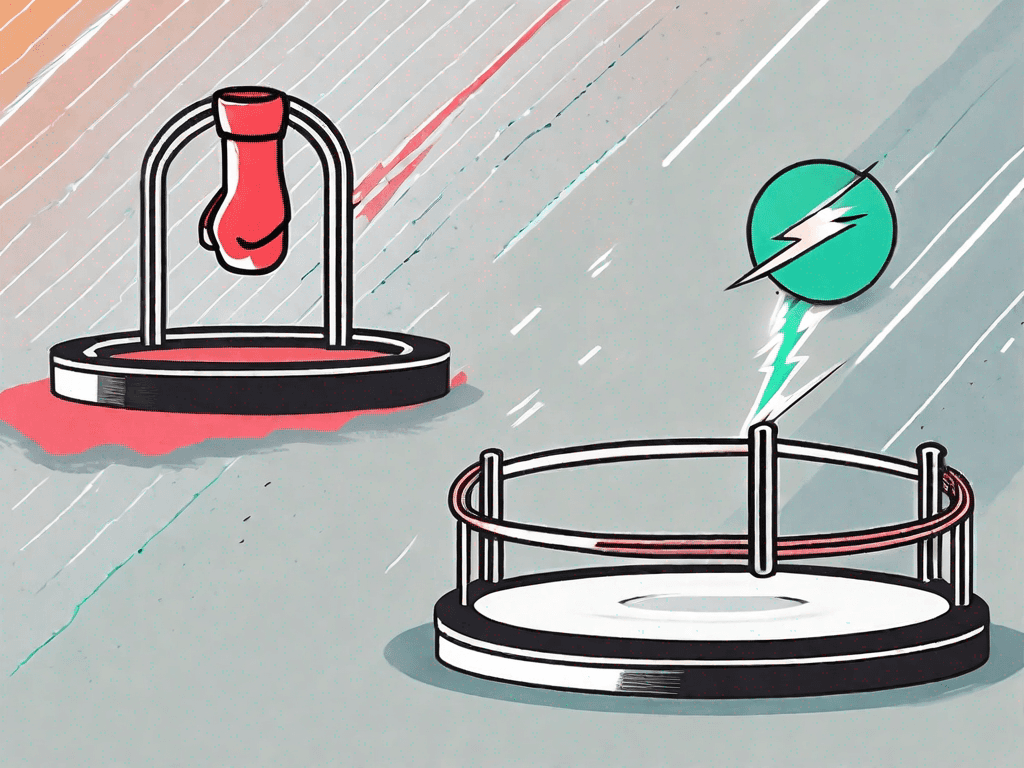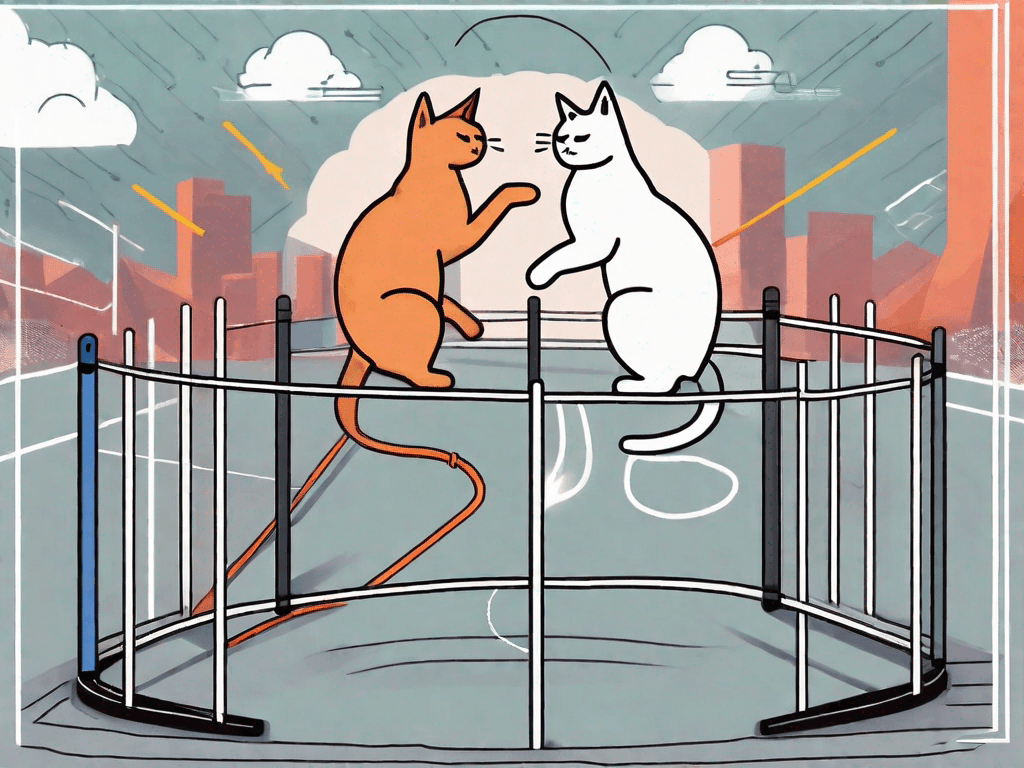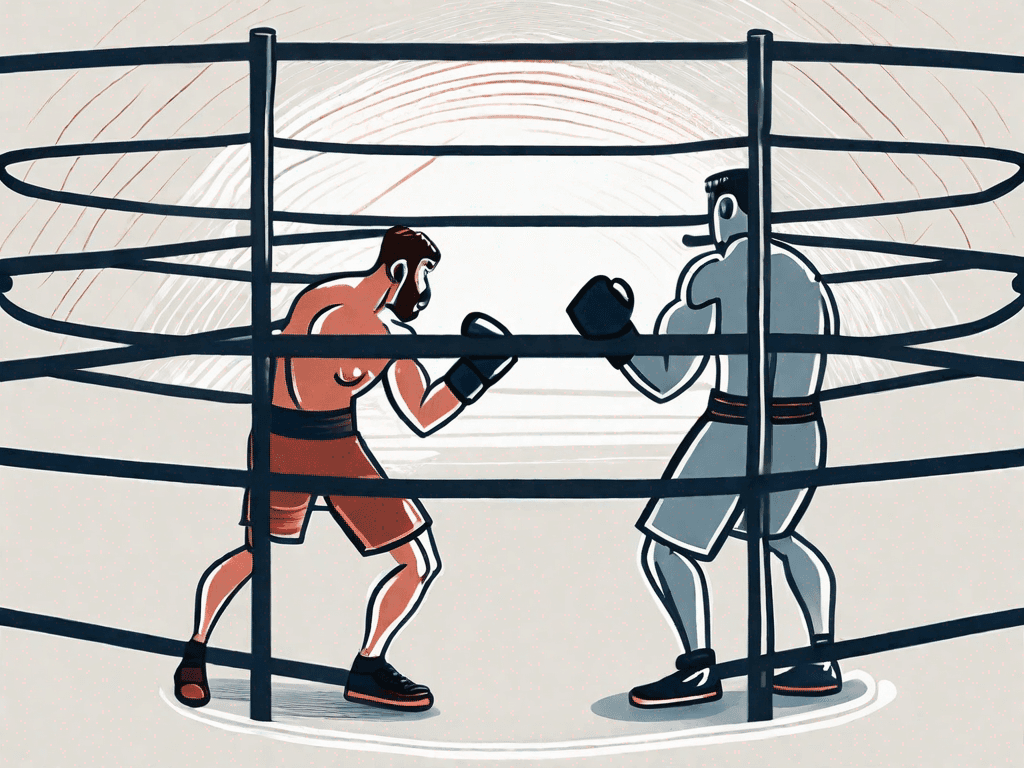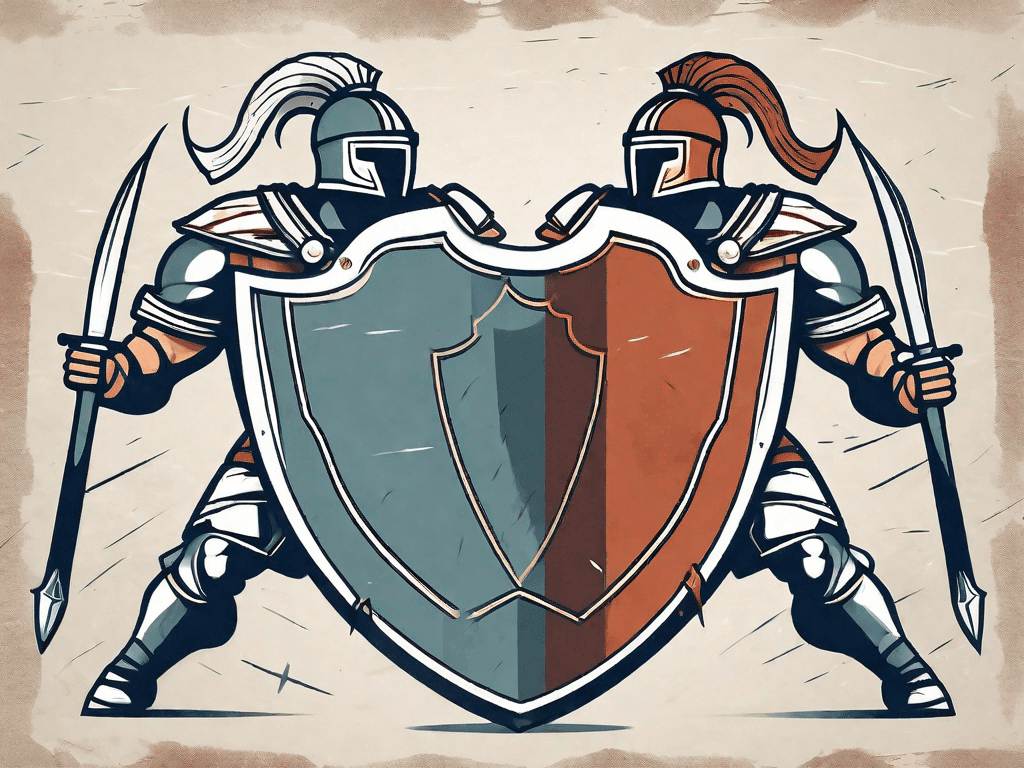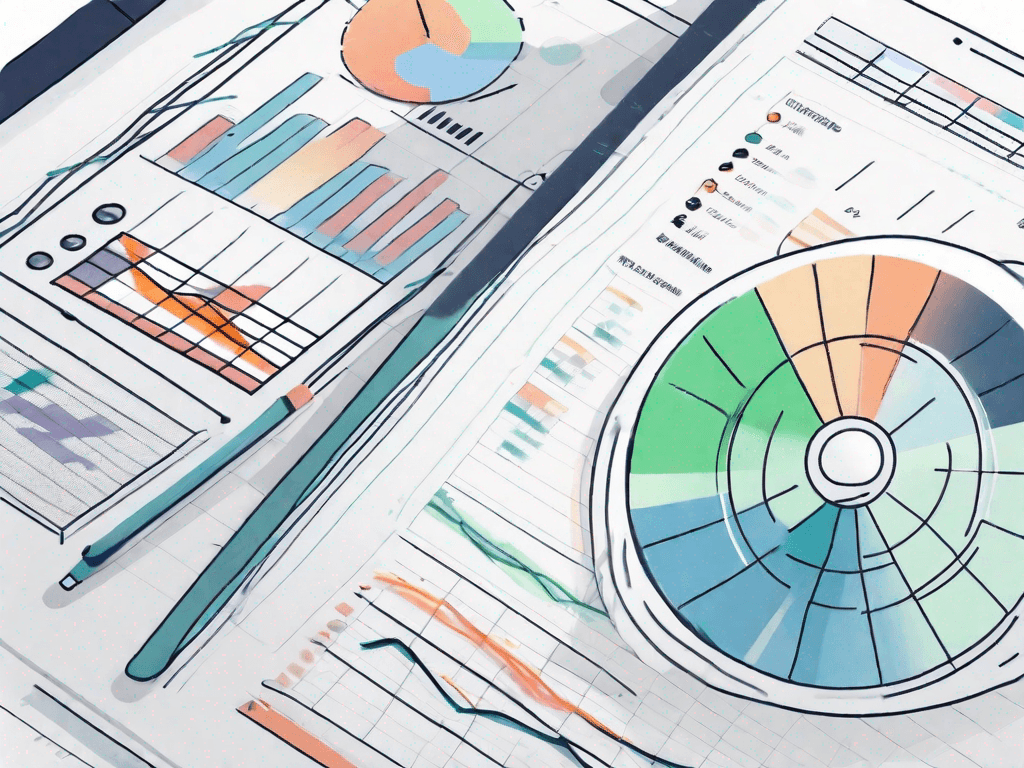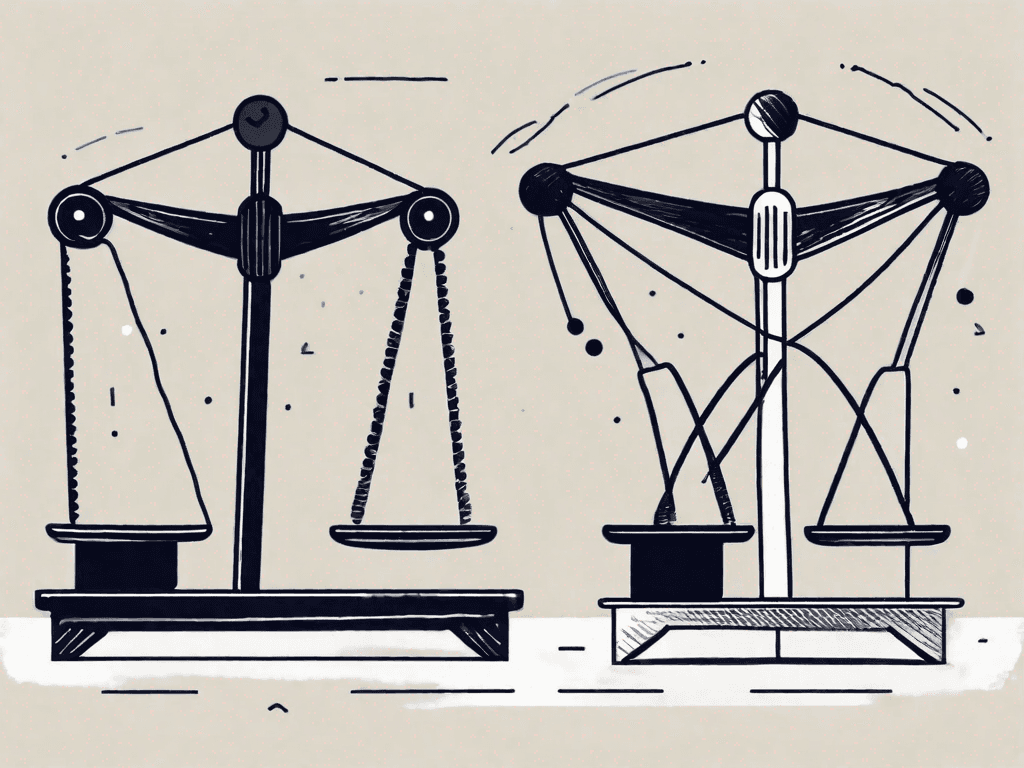
The Ideal Sales Pipeline Template for Marketing
In today's highly competitive business environment, having an effective sales pipeline is crucial for marketing success. A well-structured and organized sales pipeline can significantly enhance your marketing efforts, streamline customer acquisition, and boost revenue growth. In this article, we will explore the ideal sales pipeline template for marketing, providing insights into the seven essential stages that marketing should have and a step-by-step example of the customer journey. Additionally, we will discuss the reasons why your marketing department needs this sales pipeline template, such as saving time on marketing tasks and implementing effective marketing strategies that lead to faster revenue growth
The 7 Sales Pipeline Stages Marketing Should Have
A sales pipeline consists of a series of stages that potential customers go through before making a purchase. These stages provide marketers with a framework to track and evaluate the progress of leads, make data-driven decisions, and allocate resources effectively. Let's examine the seven fundamental sales pipeline stages that marketing should have:
Awareness: At this stage, potential customers become aware of your brand, products, or services. Marketing plays a vital role in generating awareness through various channels such as social media, content marketing, and advertising.During the awareness stage, it is essential for marketers to create compelling and engaging content that captures the attention of potential customers. This can be done through informative blog posts, eye-catching social media campaigns, and captivating videos. By utilizing these strategies, marketers can effectively introduce their brand to a wider audience and generate interest in their offerings.
Interest: Once prospects are aware of your business, it is crucial to capture their interest and engage them further. Marketing strategies like lead nurturing campaigns, personalized content, and webinars can help foster interest and move customers along the pipeline.During the interest stage, marketers should focus on building a relationship with potential customers. This can be achieved through personalized email campaigns that provide valuable information tailored to their specific needs and preferences. Additionally, hosting webinars or virtual events can allow prospects to interact with your brand and gain a deeper understanding of your products or services.
Evaluation: During the evaluation stage, potential customers assess your offerings against their needs and preferences. Marketing should provide the necessary information, product demonstrations, and customer testimonials to support their decision-making process.At the evaluation stage, marketers should provide potential customers with all the information they need to make an informed decision. This can include detailed product descriptions, informative videos showcasing the benefits of your offerings, and customer testimonials that highlight the positive experiences others have had with your brand. By providing this valuable information, marketers can instill confidence in potential customers and increase the likelihood of a purchase.
Decision: At this stage, prospects are ready to make a purchasing decision. Marketing should facilitate a seamless transition by providing clear pricing information, special offers, and customer support.During the decision stage, marketers should focus on removing any barriers that may prevent a potential customer from making a purchase. This can be achieved by providing clear pricing information, offering special discounts or promotions, and ensuring that customer support is readily available to address any questions or concerns. By making the decision-making process as smooth as possible, marketers can encourage prospects to become paying customers.
Purchase: Once the decision is made, the customer completes the purchase. Marketing can further enhance this stage by offering post-purchase incentives, loyalty programs, and personalized follow-up communications.After a customer has made a purchase, marketers should continue to engage with them to foster loyalty and encourage repeat business. This can be done through post-purchase incentives, such as exclusive discounts or rewards, that show appreciation for their support. Additionally, personalized follow-up communications, such as thank-you emails or surveys, can help strengthen the customer relationship and gather valuable feedback.
Retention: After the purchase, it is crucial to nurture customer relationships and promote repeat business. Marketing should focus on building customer loyalty, providing superior customer service, and encouraging referrals.Customer retention is a key focus for marketers as it is often more cost-effective to retain existing customers than acquire new ones. To foster customer loyalty, marketers should prioritize delivering exceptional customer service, promptly addressing any issues or concerns that may arise. Additionally, implementing a customer loyalty program can incentivize repeat purchases and encourage customers to become brand advocates.
Advocacy: In the final stage, satisfied customers become brand advocates by promoting your products or services through word-of-mouth, testimonials, and online reviews. Marketing can facilitate advocacy by providing shareable content, social media engagement, and customer reward programs.Brand advocacy is a powerful tool for marketers as it relies on the positive experiences and recommendations of satisfied customers. To encourage advocacy, marketers should provide shareable content that customers can easily distribute to their networks. Engaging with customers on social media platforms and encouraging them to share their experiences can also amplify brand advocacy. Additionally, implementing customer reward programs that incentivize referrals can further motivate customers to promote your products or services.
Example of the Customer Journey in a Sales Pipeline for Marketing Step-by-Step
To illustrate the customer journey within a sales pipeline, let's consider a fictional company, XYZ Solutions, that provides cloud-based project management software:
Awareness:
John, a project manager seeking a solution to streamline his team's workflow, comes across an informative blog post on social media shared by XYZ Solutions. Intrigued, he visits their website to learn more.
Interest:
Impressed by the website's user-friendly interface and detailed product features, John signs up for a free trial and attends a live demo webinar. He begins exploring the software, discovering its potential to increase productivity and collaboration within his team.
Evaluation:
During the trial period, John compares XYZ Solutions with competitors, reads customer reviews, and discusses the software with his team. He appreciates the excellent customer support provided by XYZ Solutions during this evaluation phase.
Decision:
Convinced of the software's value, John decides to purchase a subscription for his team. He enjoys a seamless process with transparent pricing, options for customization, and additional training resources.
Purchase:
The purchase is completed, and John's team begins implementing the software across their projects. He receives a personalized welcome email and gains access to a customer portal with helpful tutorials and tips.
Retention:
XYZ Solutions maintains regular communication with John and his team, offering technical support, updates on new features, and exclusive customer webinars. Their exceptional service and responsiveness solidify John's satisfaction and loyalty.
Advocacy:
Delighted with the software and the positive impact it has had on his team's efficiency, John becomes an advocate for XYZ Solutions. He writes a glowing review on prominent software review websites and recommends the product to fellow project managers in online communities.
Why Marketing needs this Sales Pipeline Template?
You'll save time on marketing tasks.
By implementing a well-defined sales pipeline template, marketing teams can automate and streamline various tasks. For instance, utilizing marketing automation software can automatically send targeted emails at different stages of the pipeline, saving valuable time that can be better spent on other strategic activities.
You'll grow revenues faster by implementing effective marketing strategies.
A sales pipeline provides marketers with valuable insights to evaluate the effectiveness of their strategies and make data-driven decisions. By consistently monitoring customer behavior and engagement at each stage, marketing can identify areas that require improvement and implement targeted approaches to optimize conversions and revenue growth.
In conclusion, having an ideal sales pipeline template is crucial for marketing success. The seven sales pipeline stages provide a structured framework for marketers to track, engage, and convert potential customers. By understanding the customer journey within the pipeline, marketers can tailor their strategies to match specific needs and expectations. Moreover, this sales pipeline template not only saves time on marketing tasks but also leads to faster revenue growth through the implementation of effective marketing strategies. So, whether you are a small startup or an established enterprise, it is essential to develop and optimize your sales pipeline template to maximize marketing success.



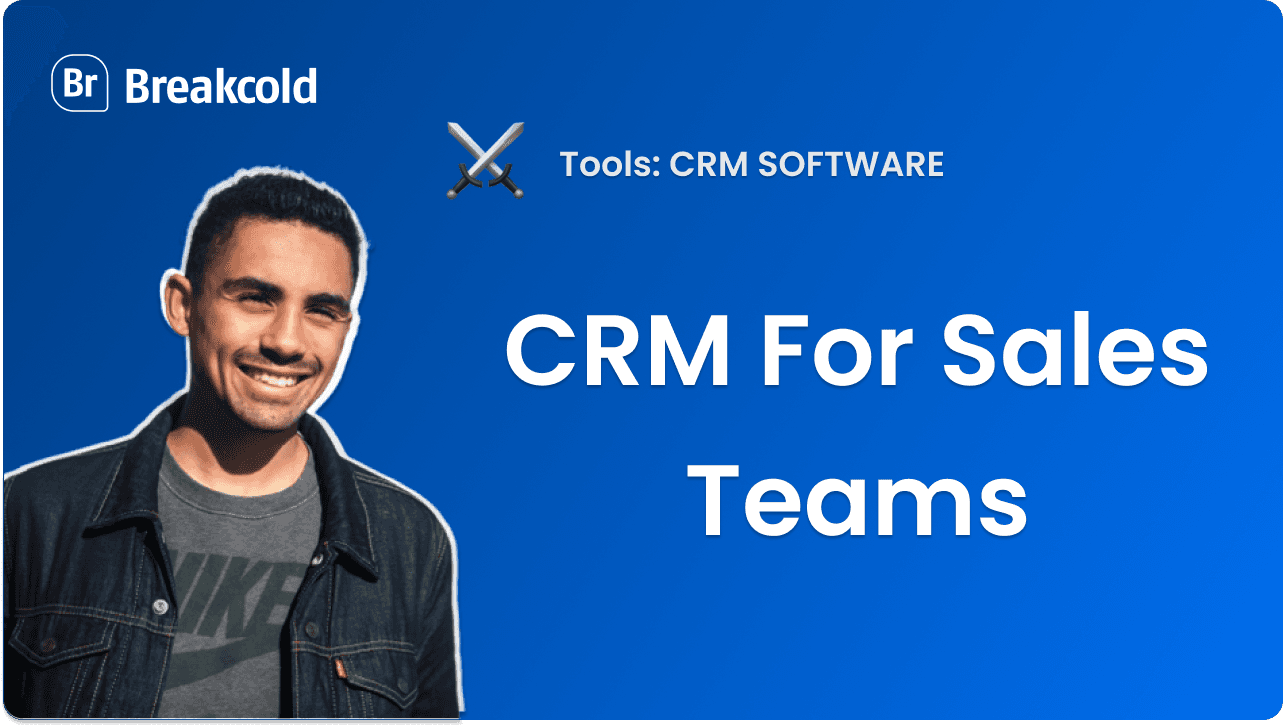
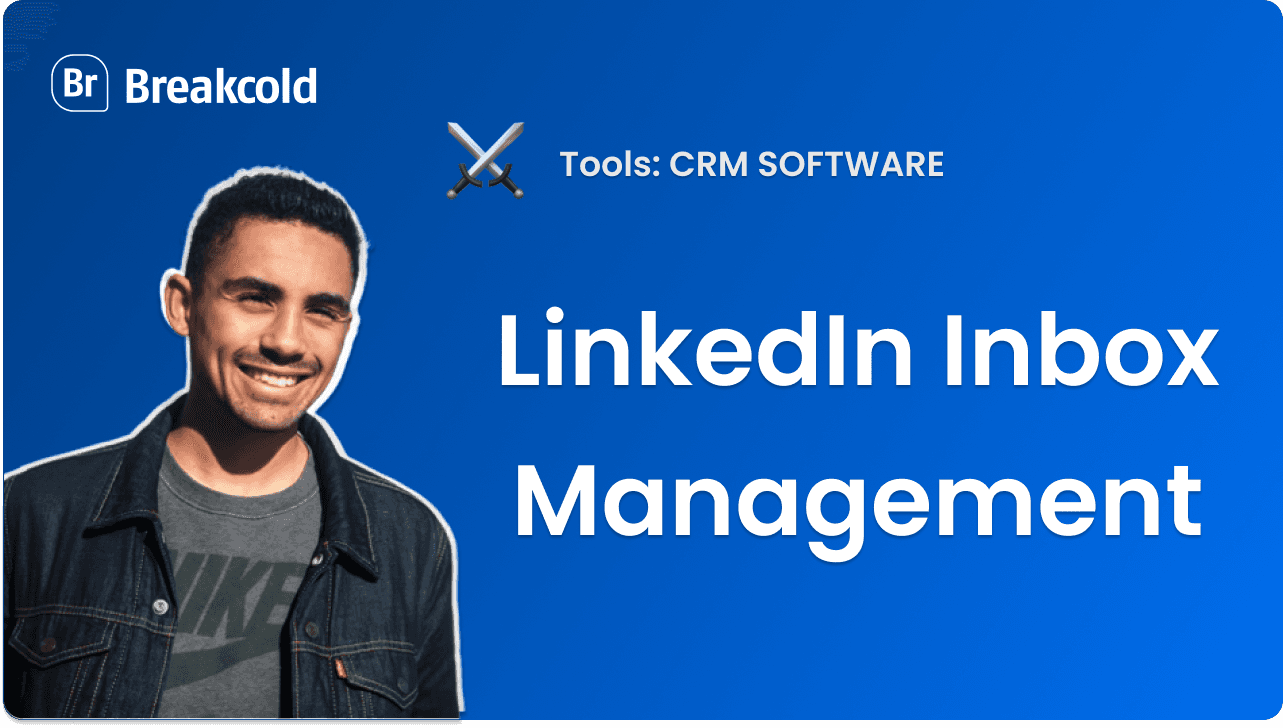



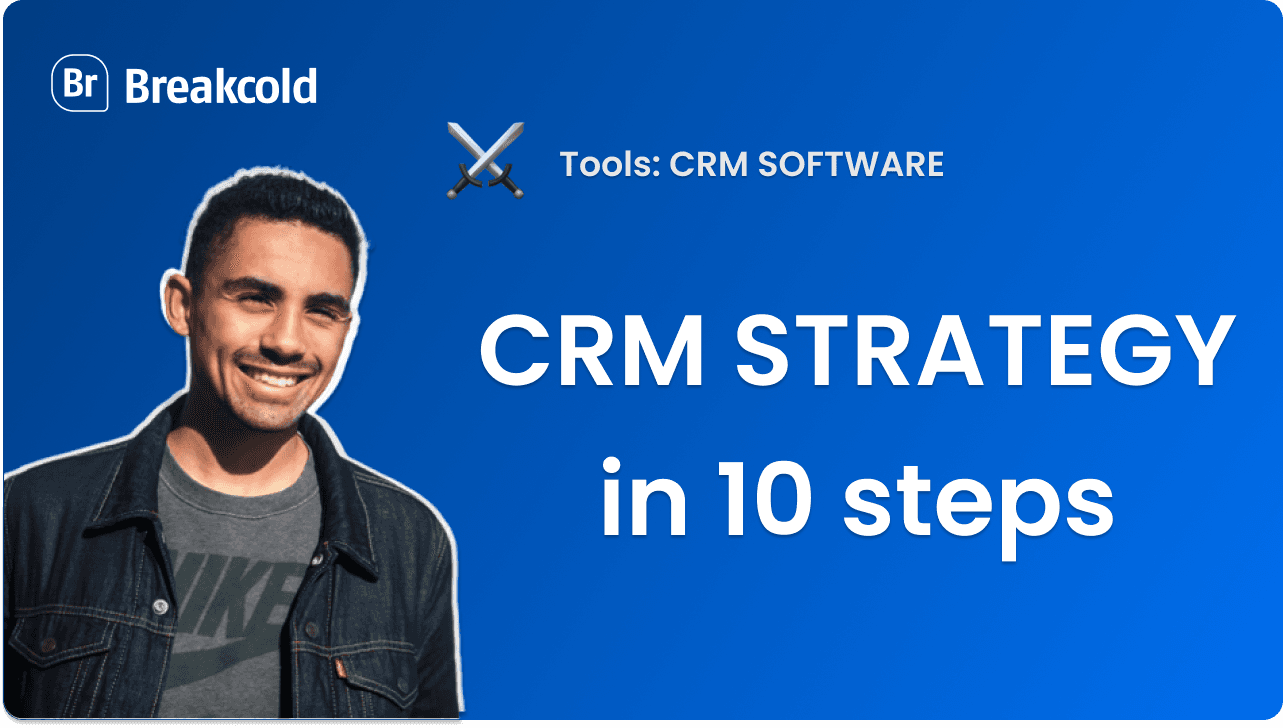
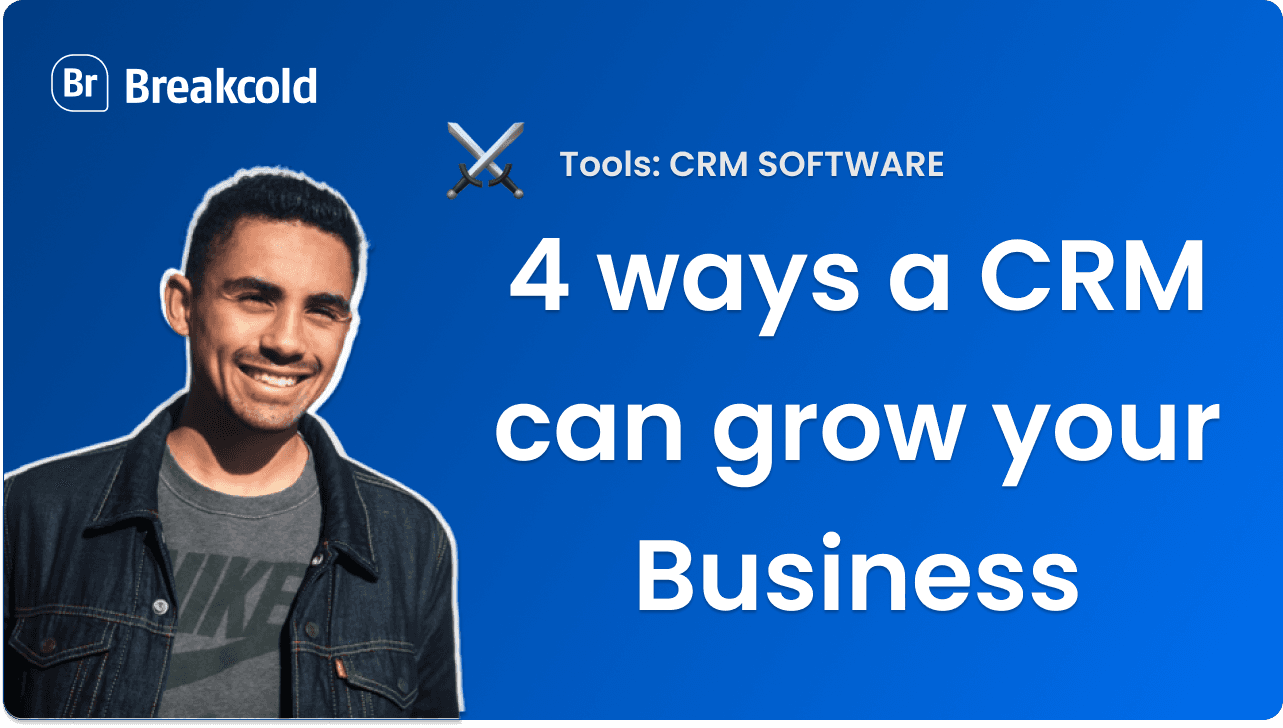

![The 8 Best Social CRM Software in 2025 [Comparison]](https://framerusercontent.com/images/RYHyYapdgIi83BEWtMdX418.png)
![The 6 Best LinkedIn CRM in 2025 [Comparison]](https://framerusercontent.com/images/Luywfni7ZKjb19yghbhNPy4I4qQ.png)
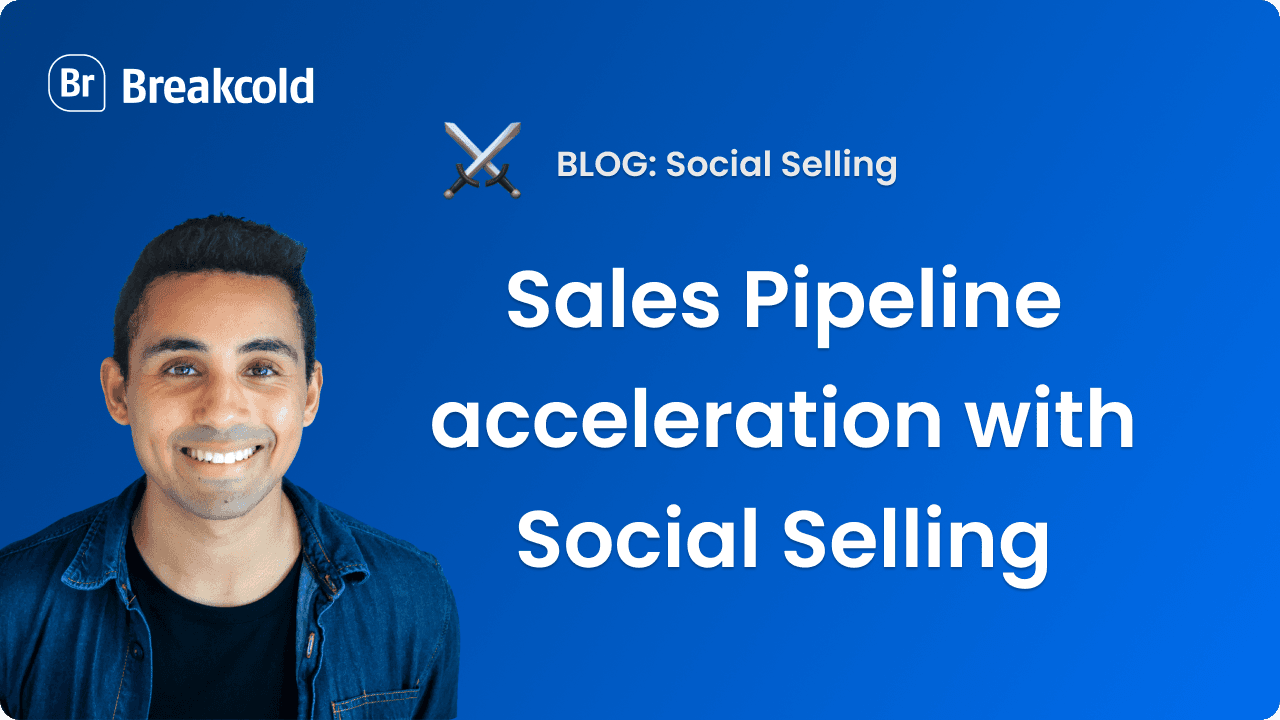

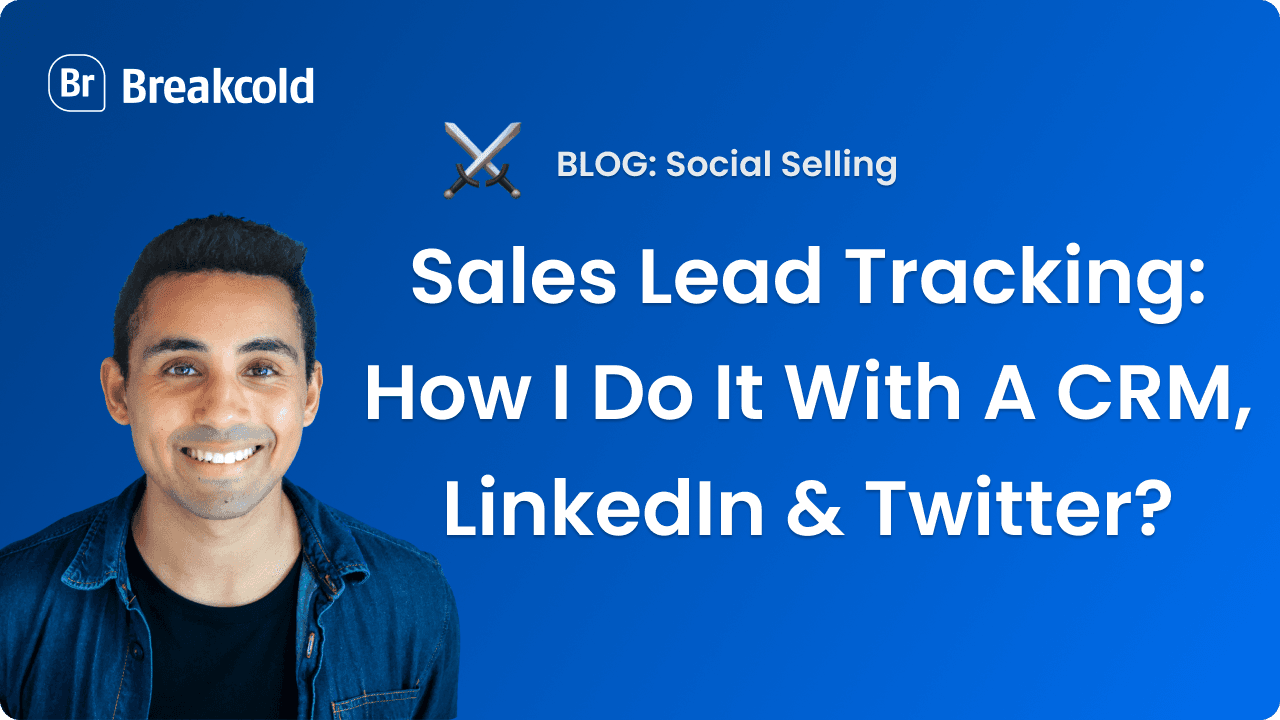
![The 5 Best Twitter CRM [Comparison]](https://framerusercontent.com/images/EWcbvYnVZglJLO8jp3OlHkTvsHo.png)

